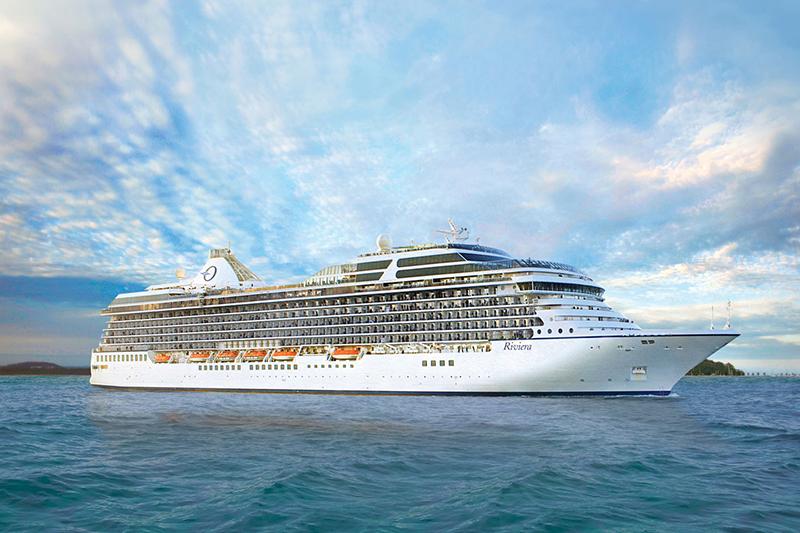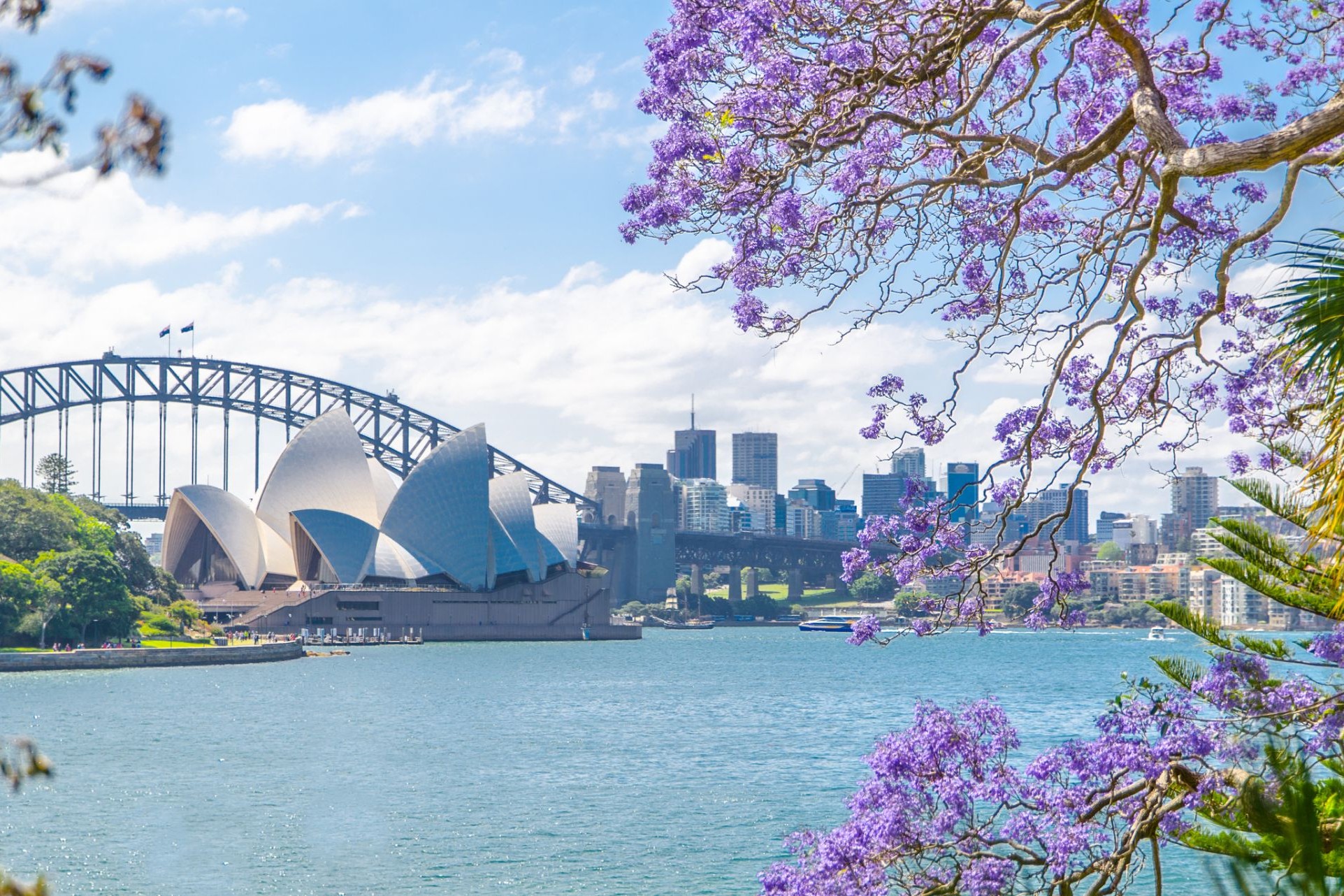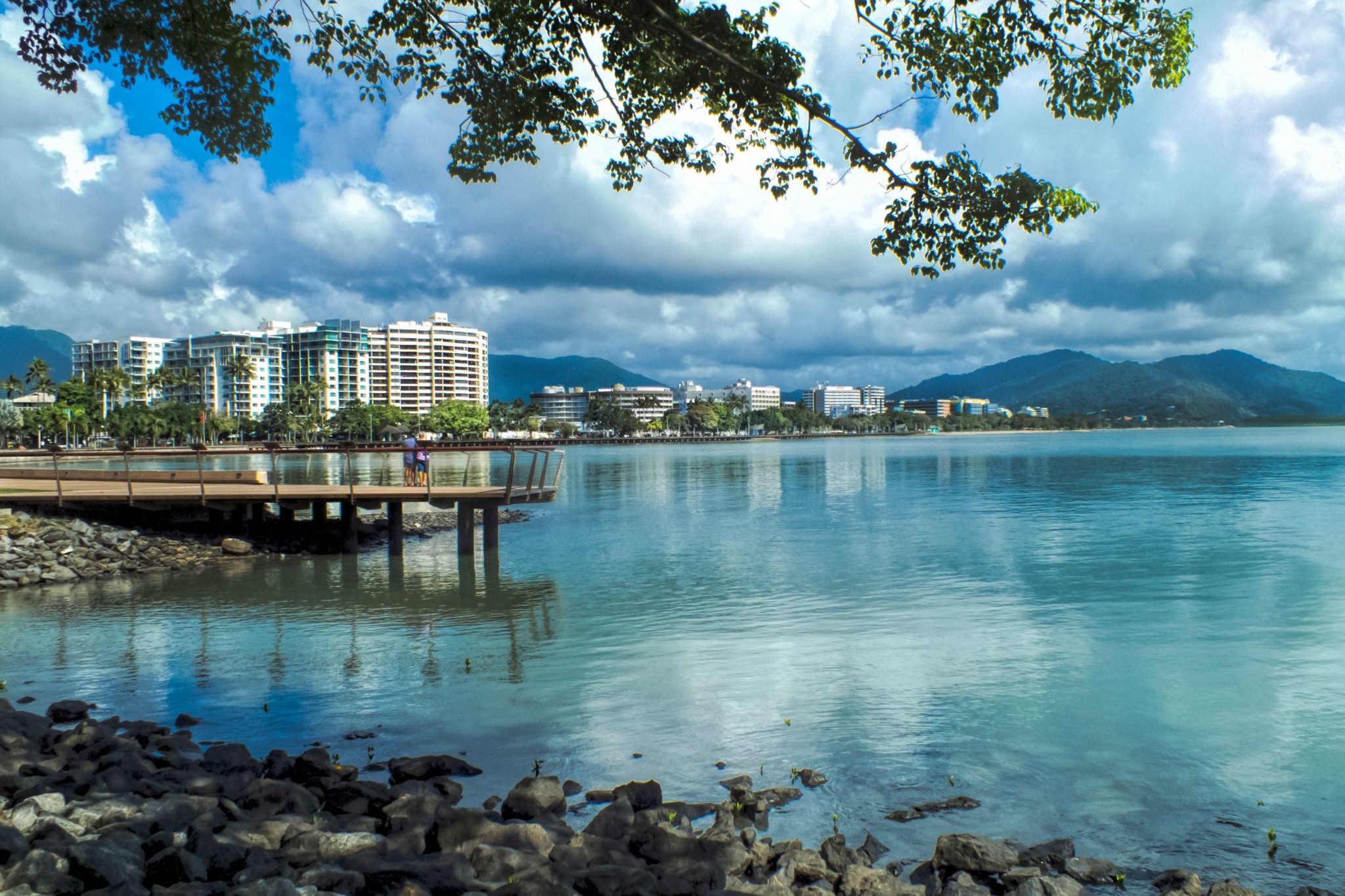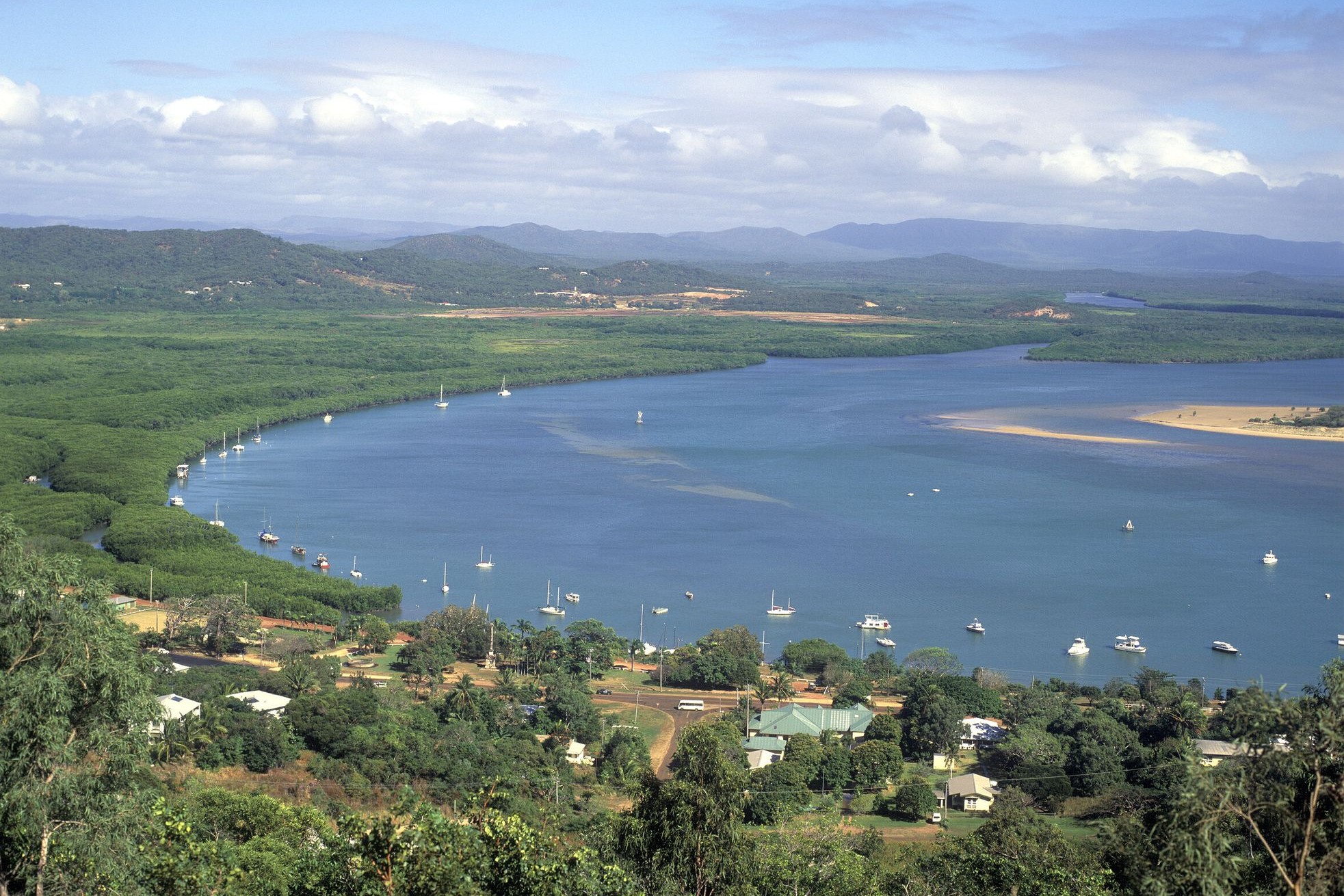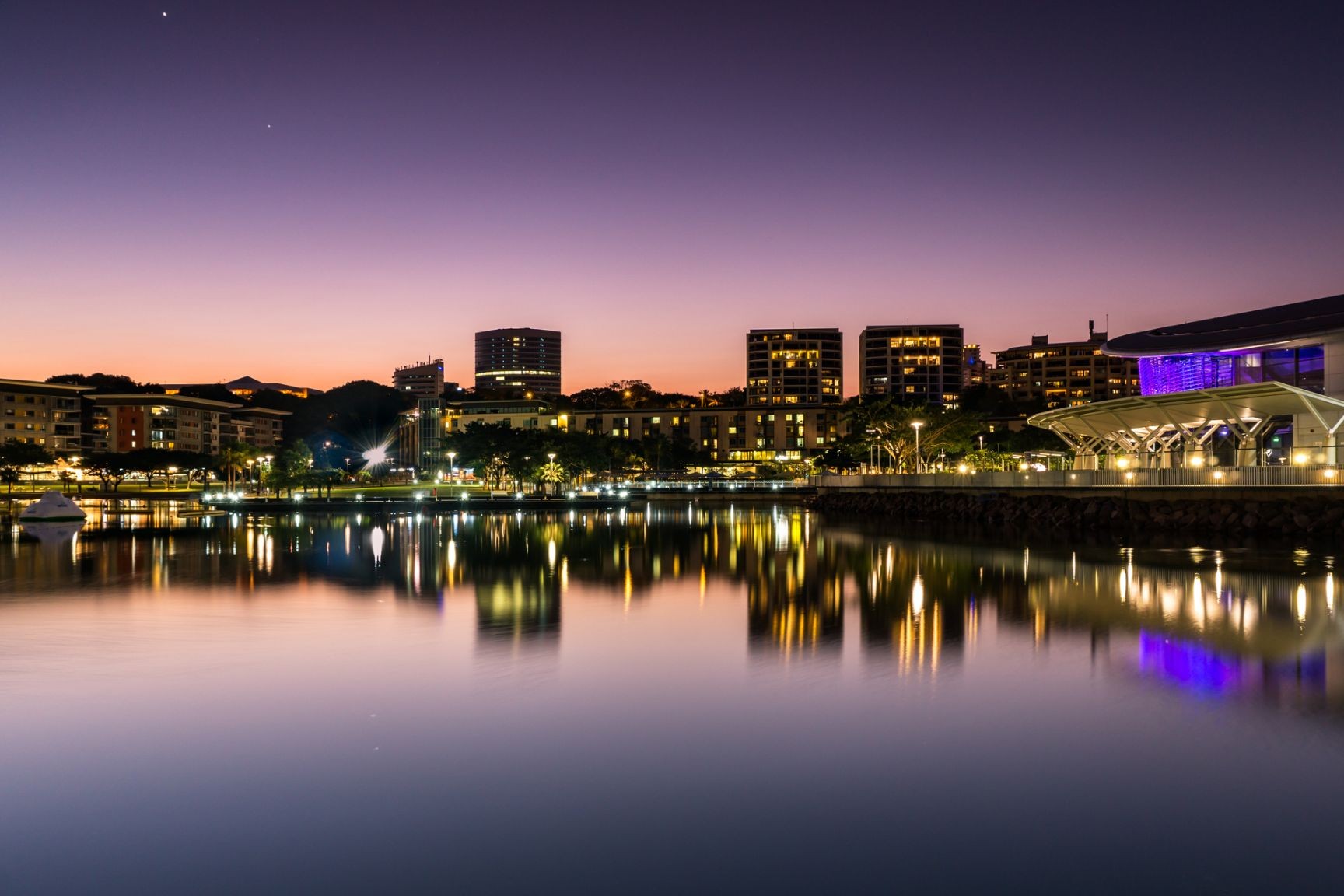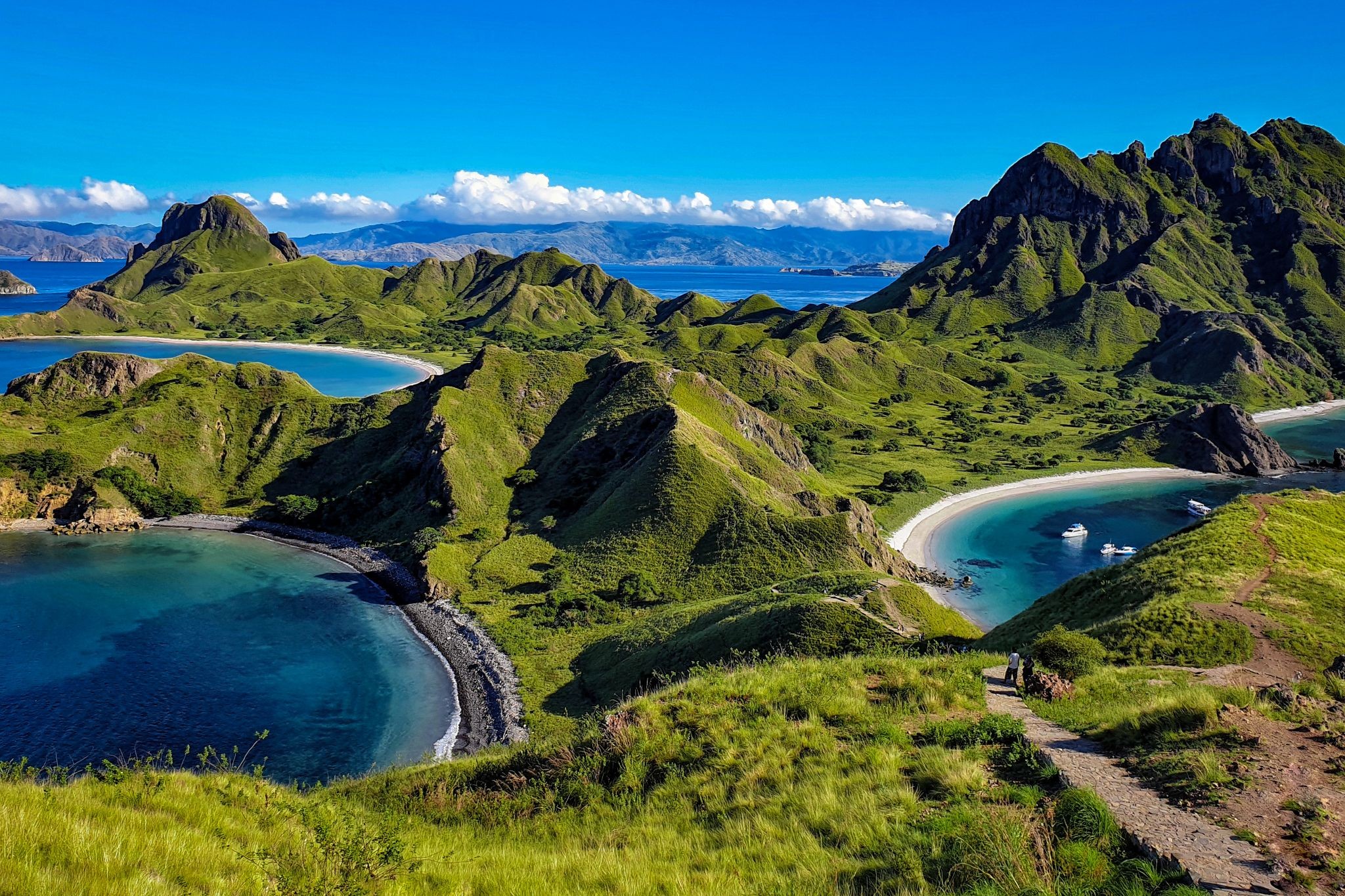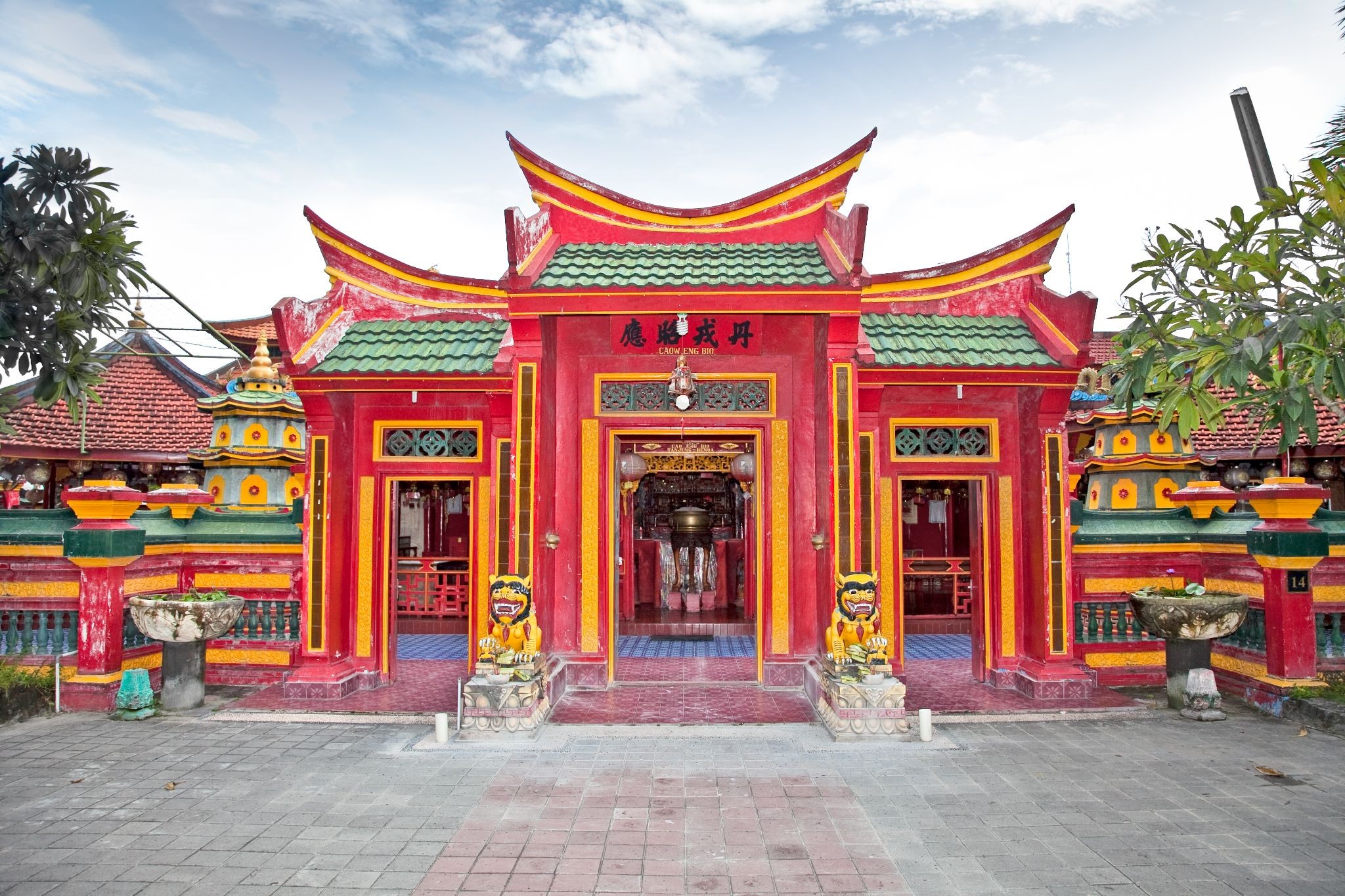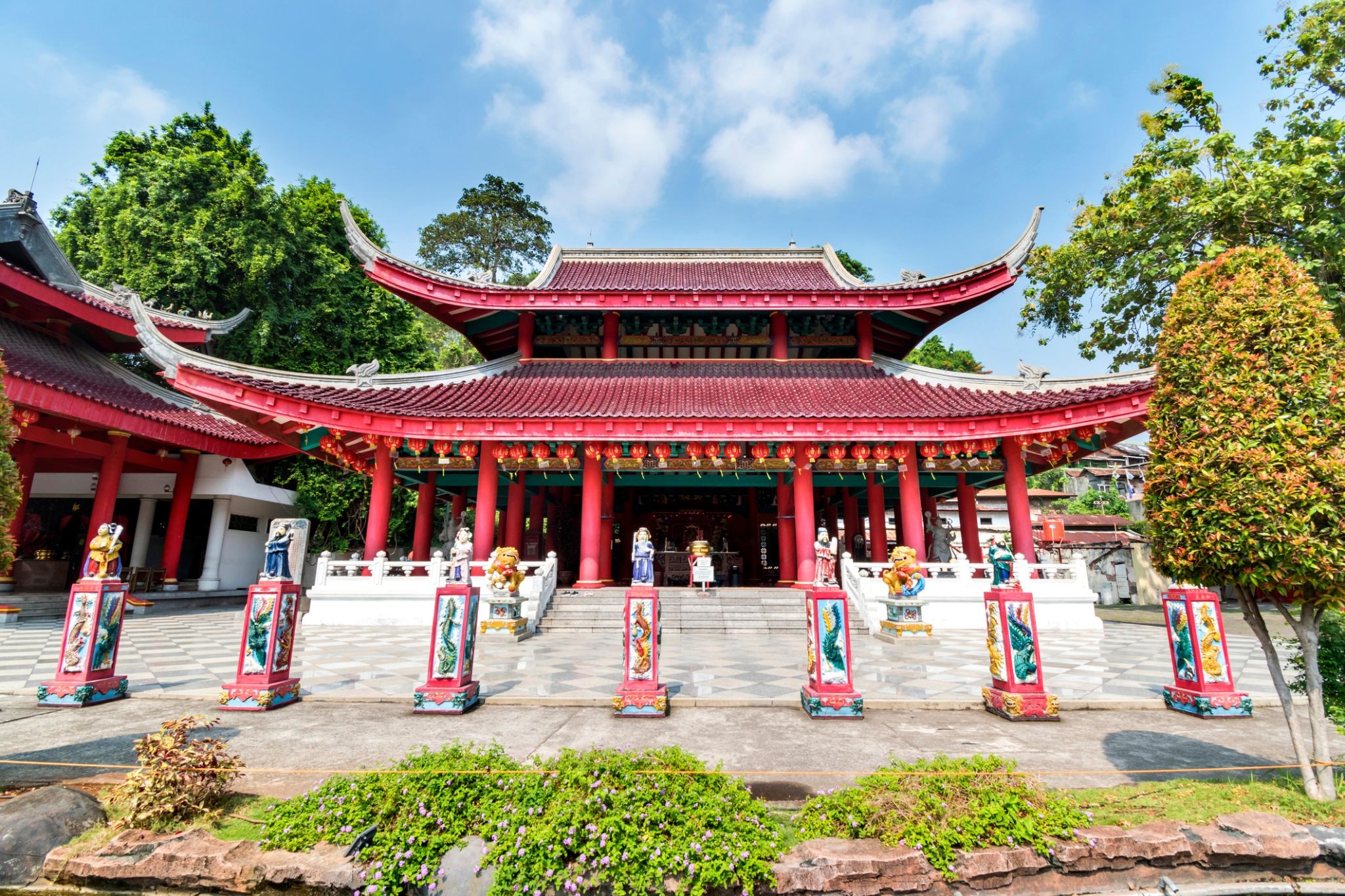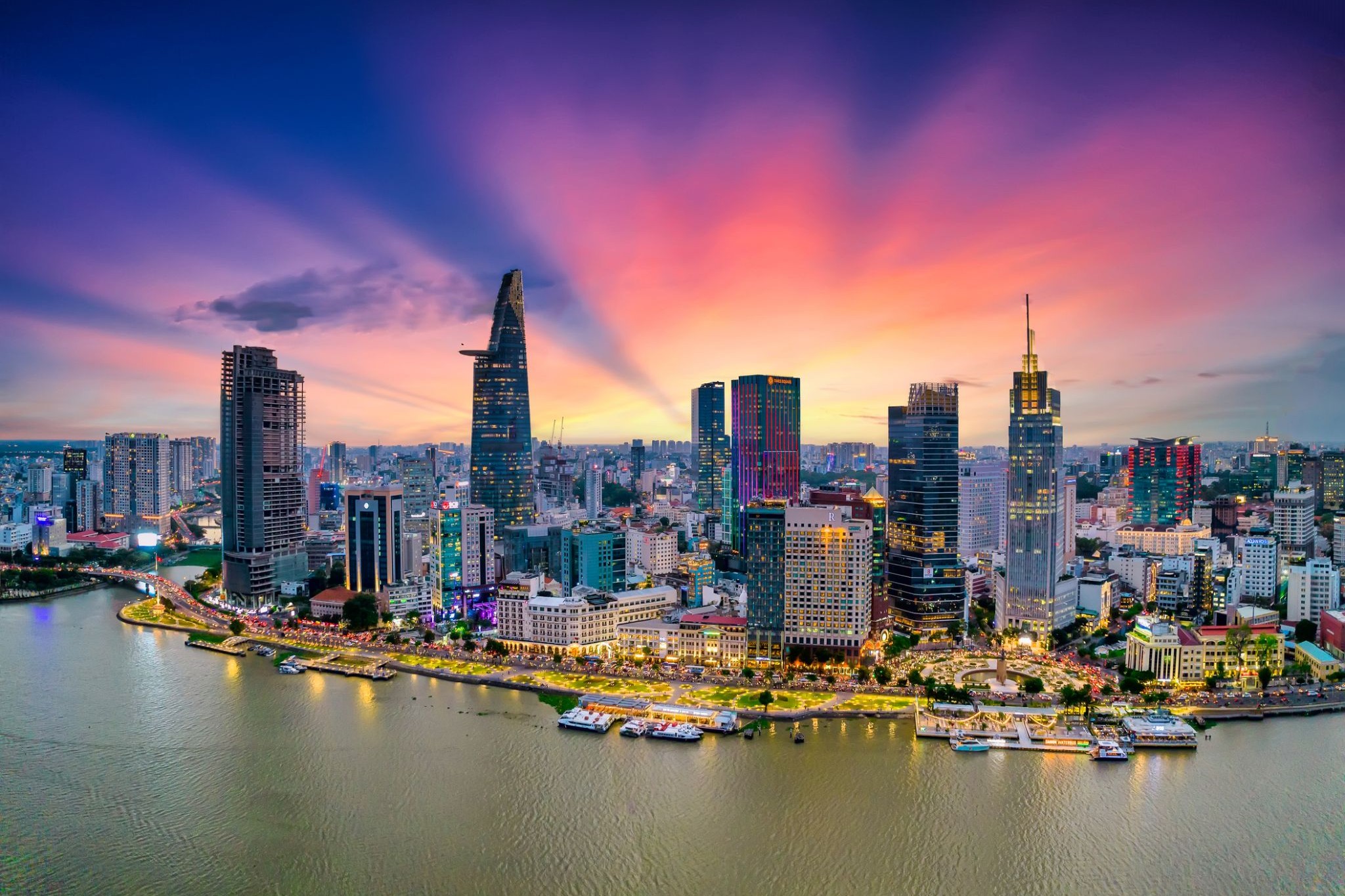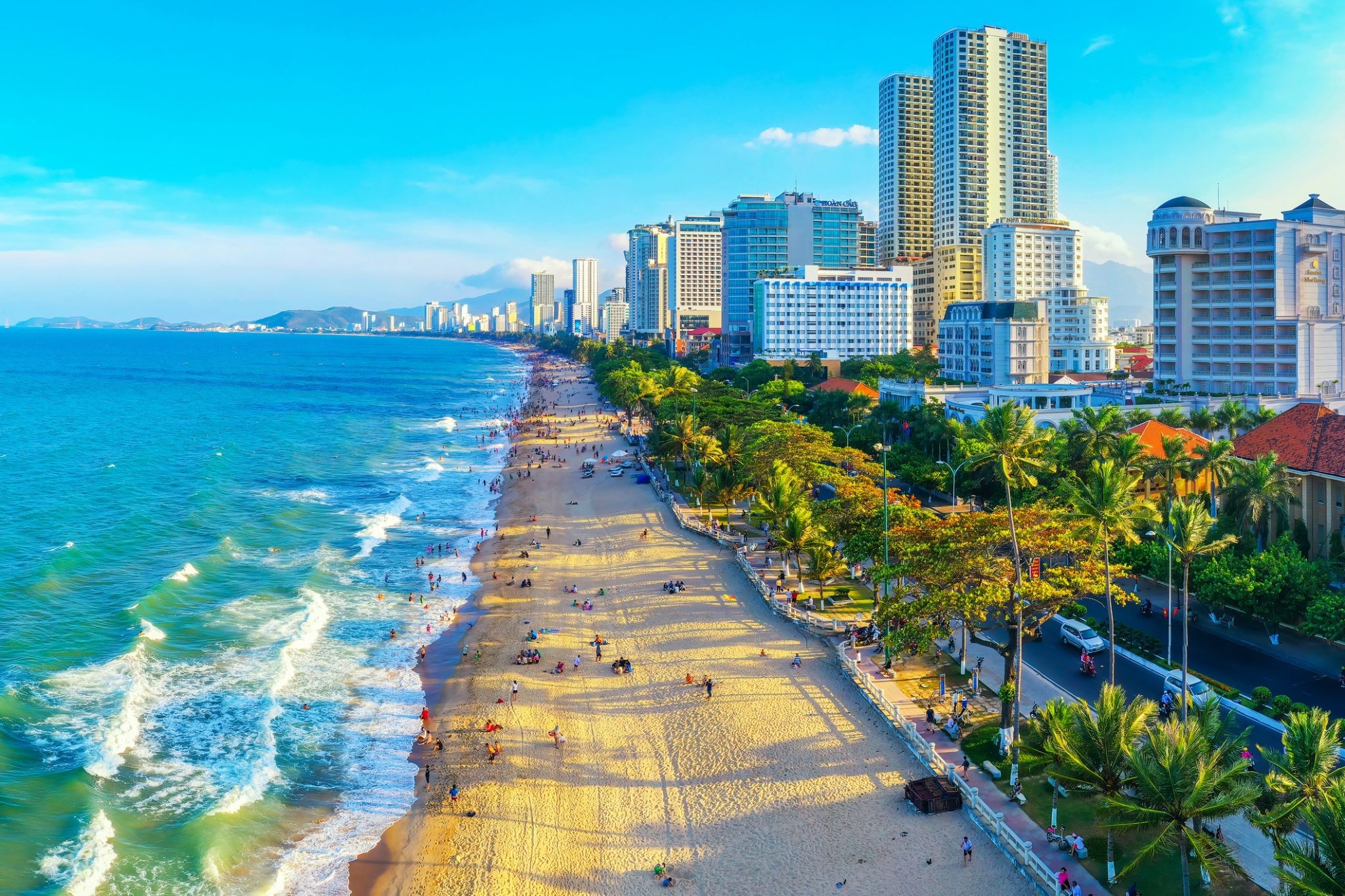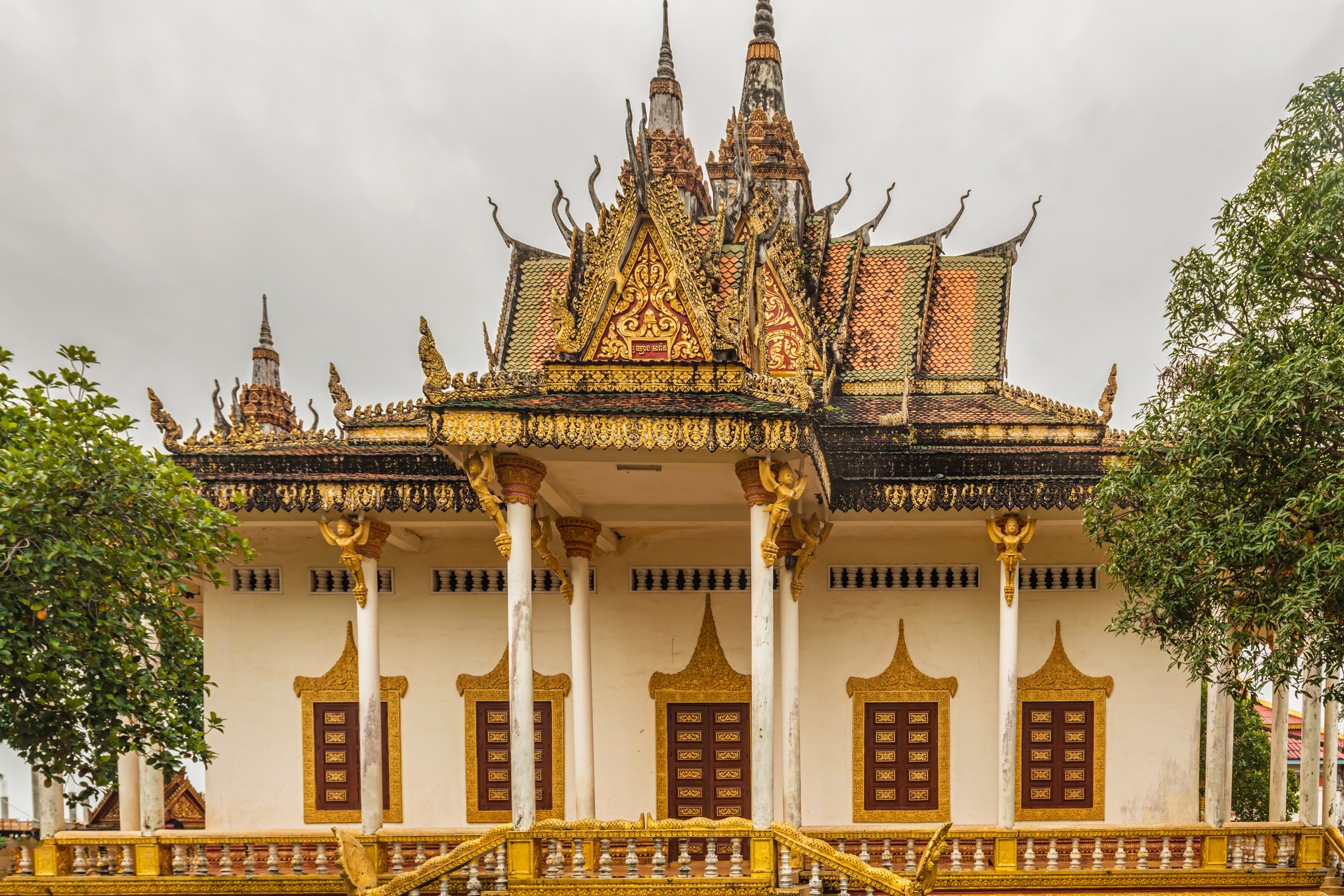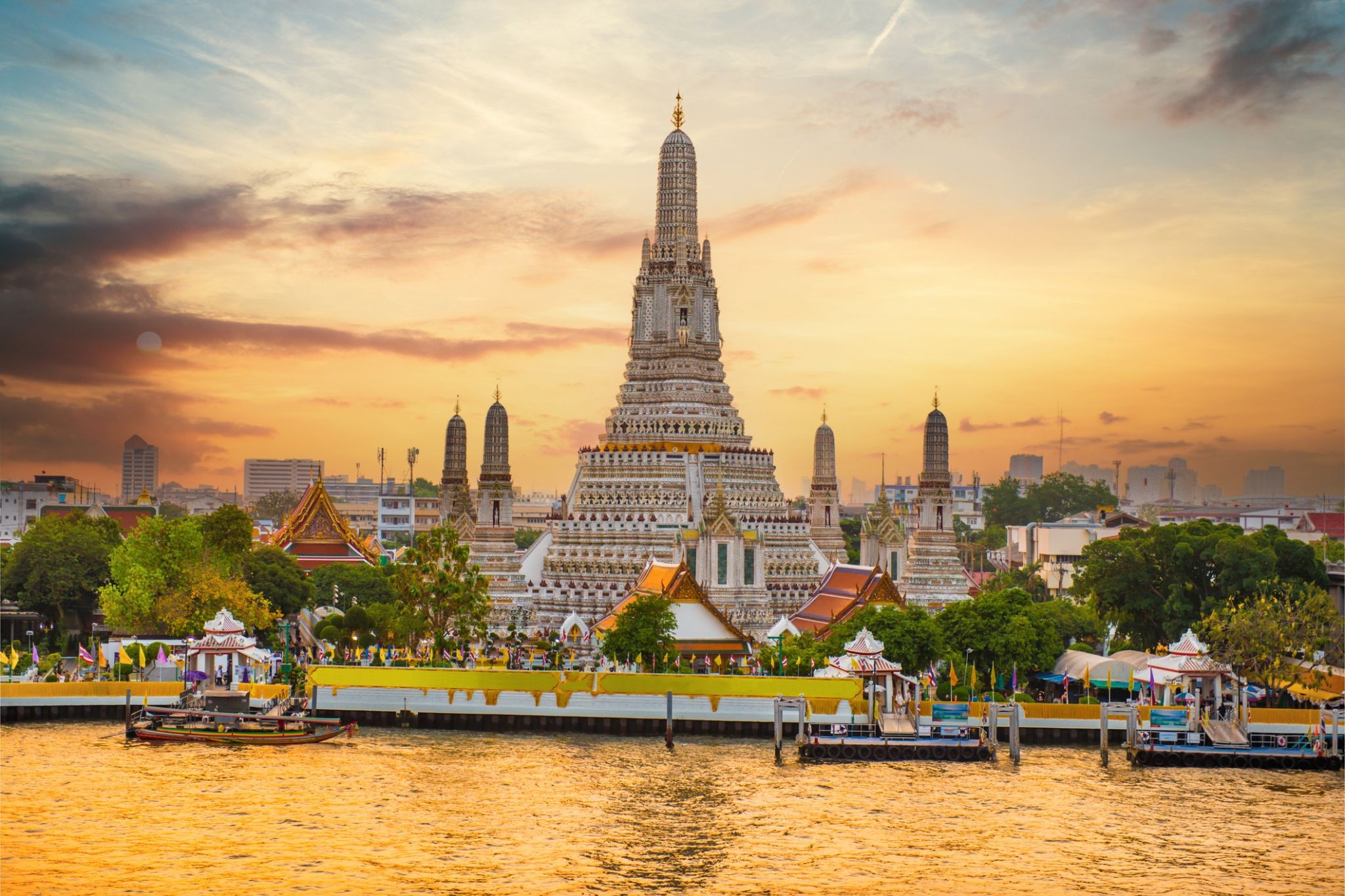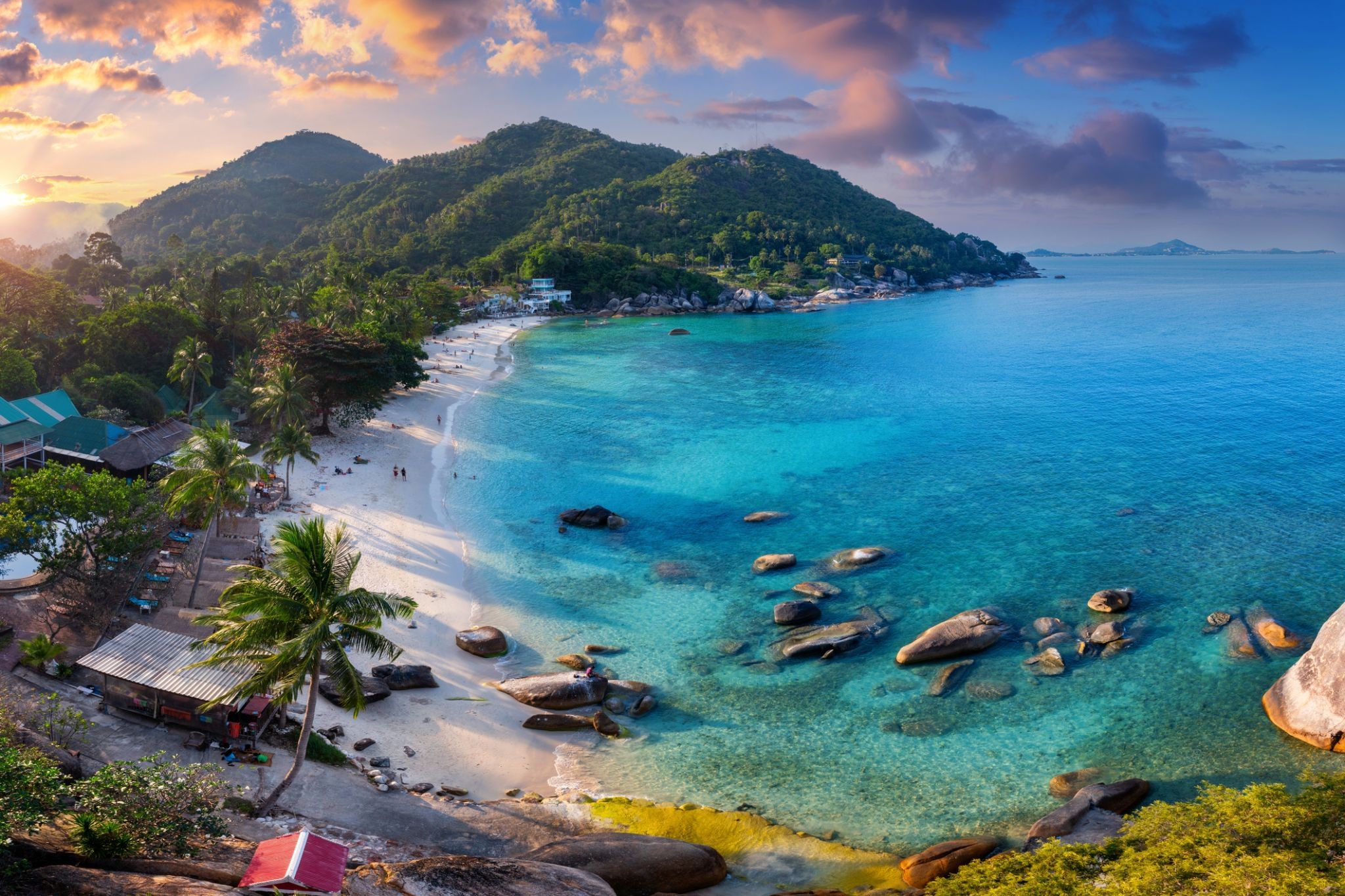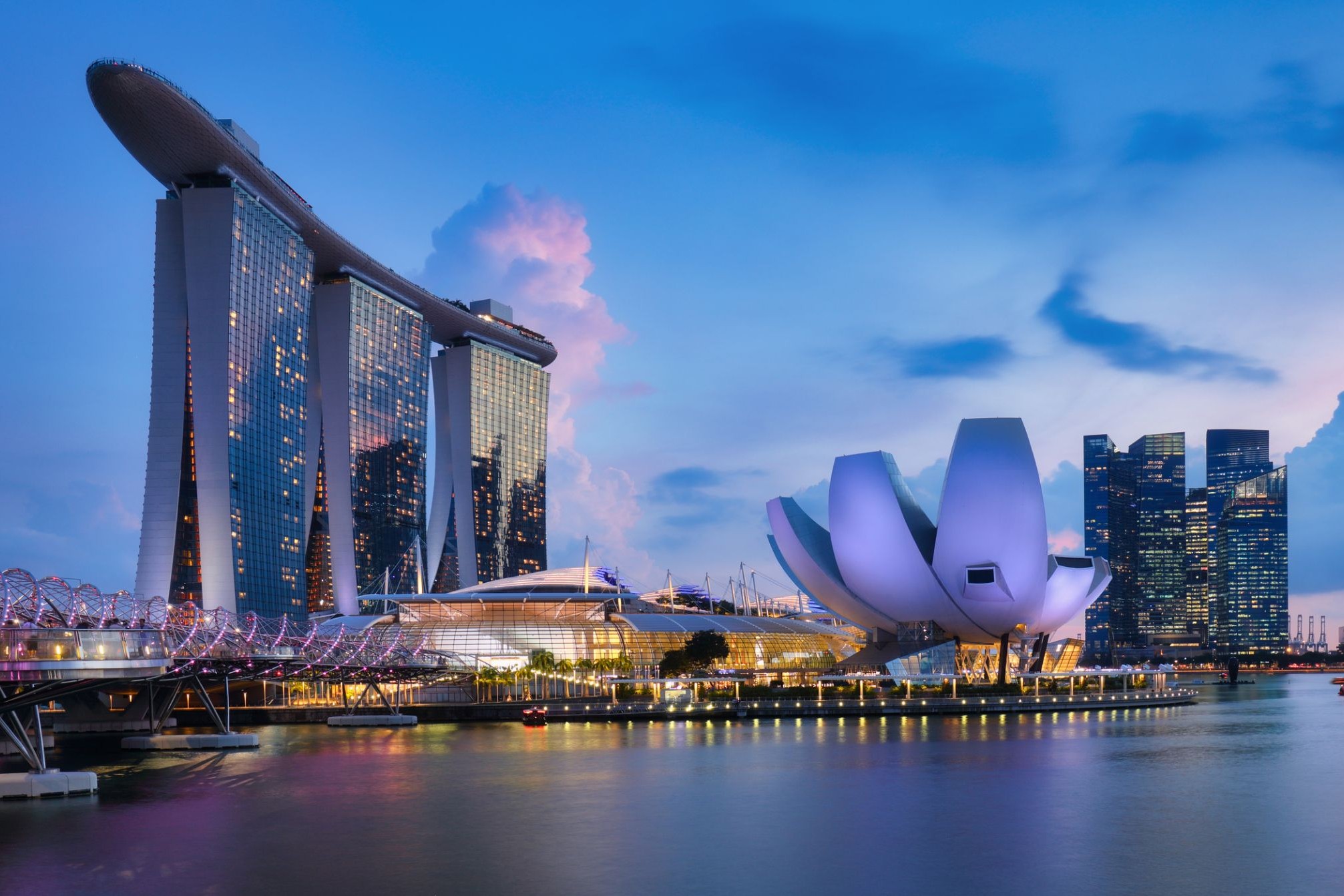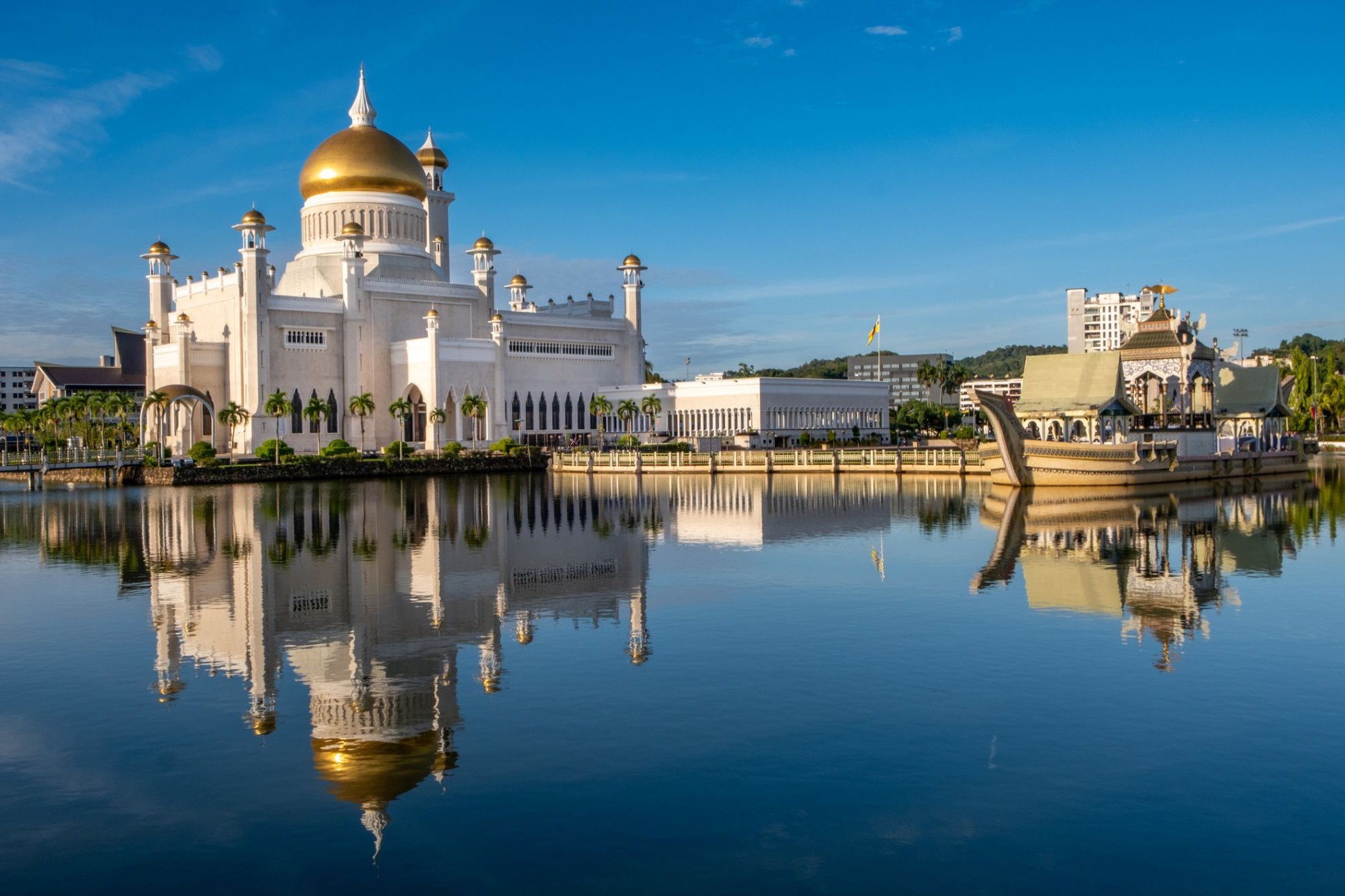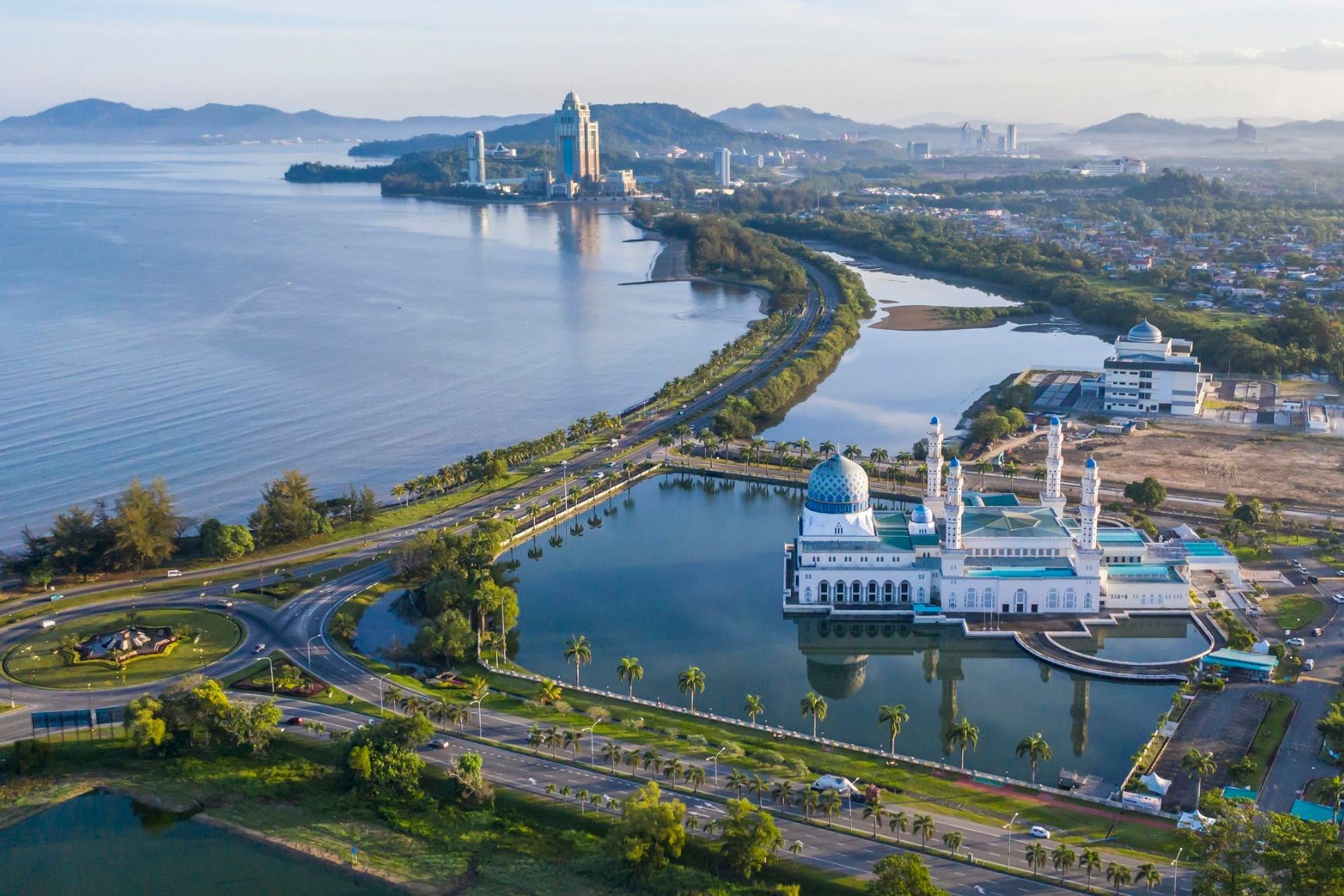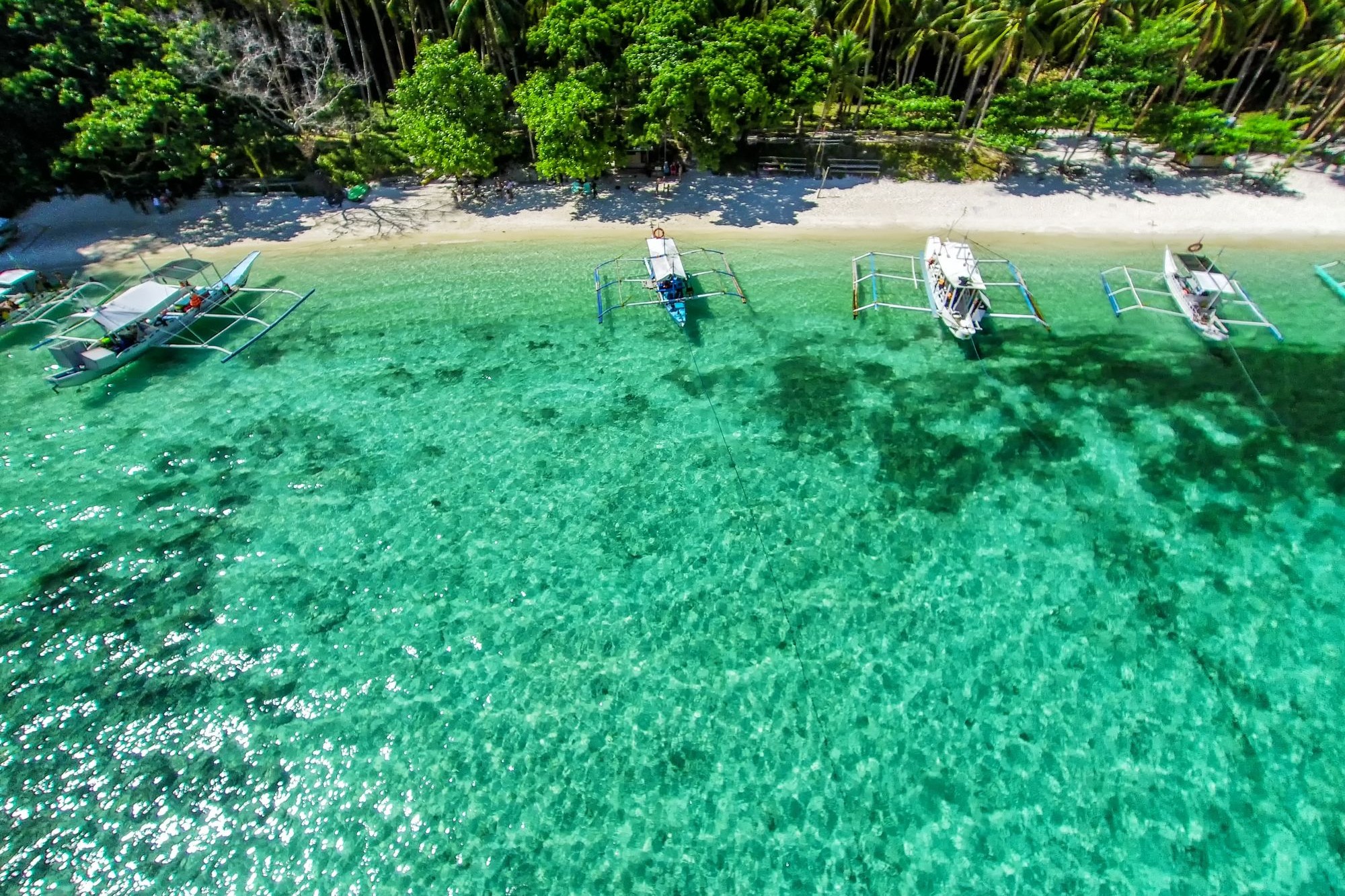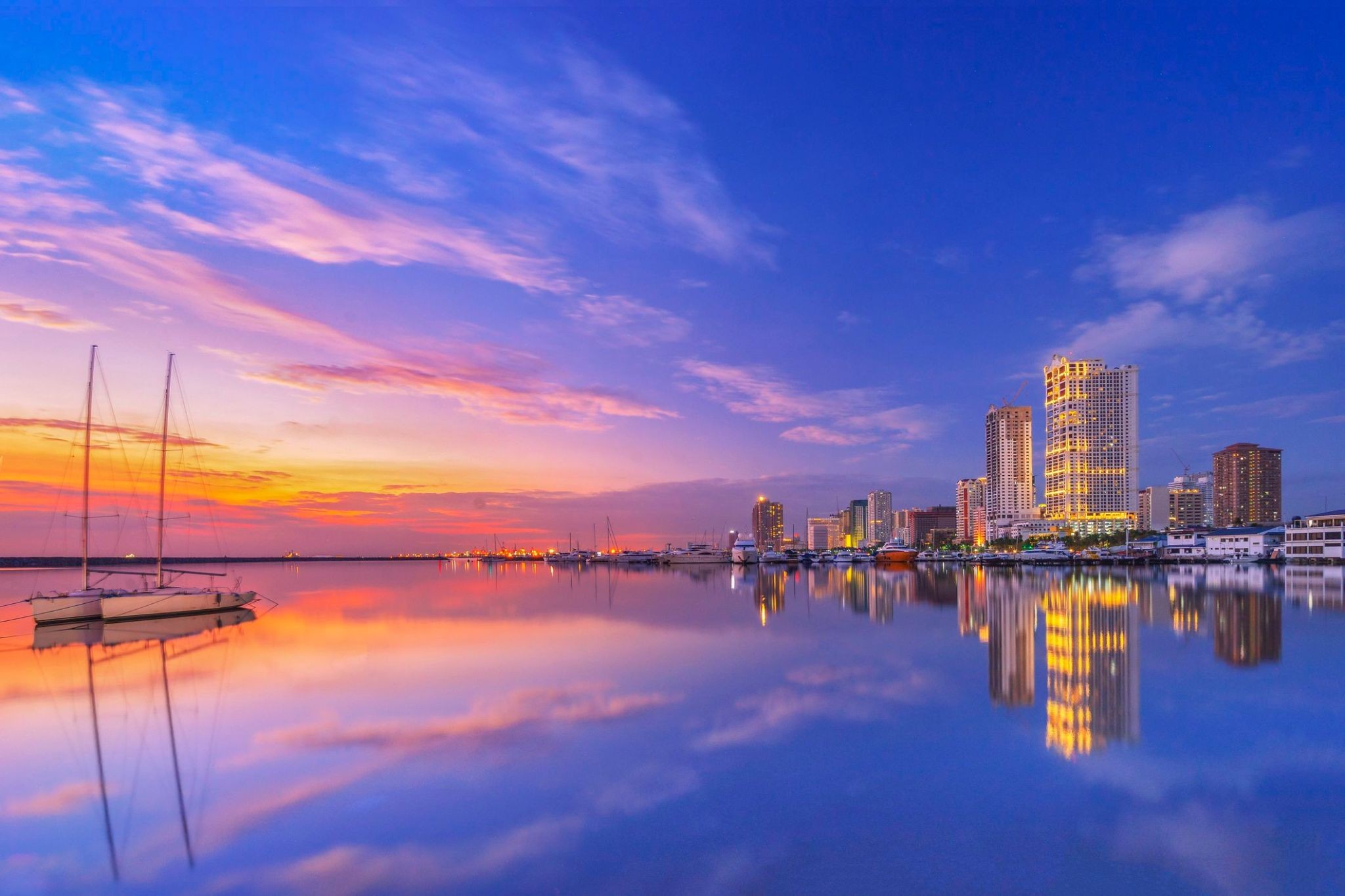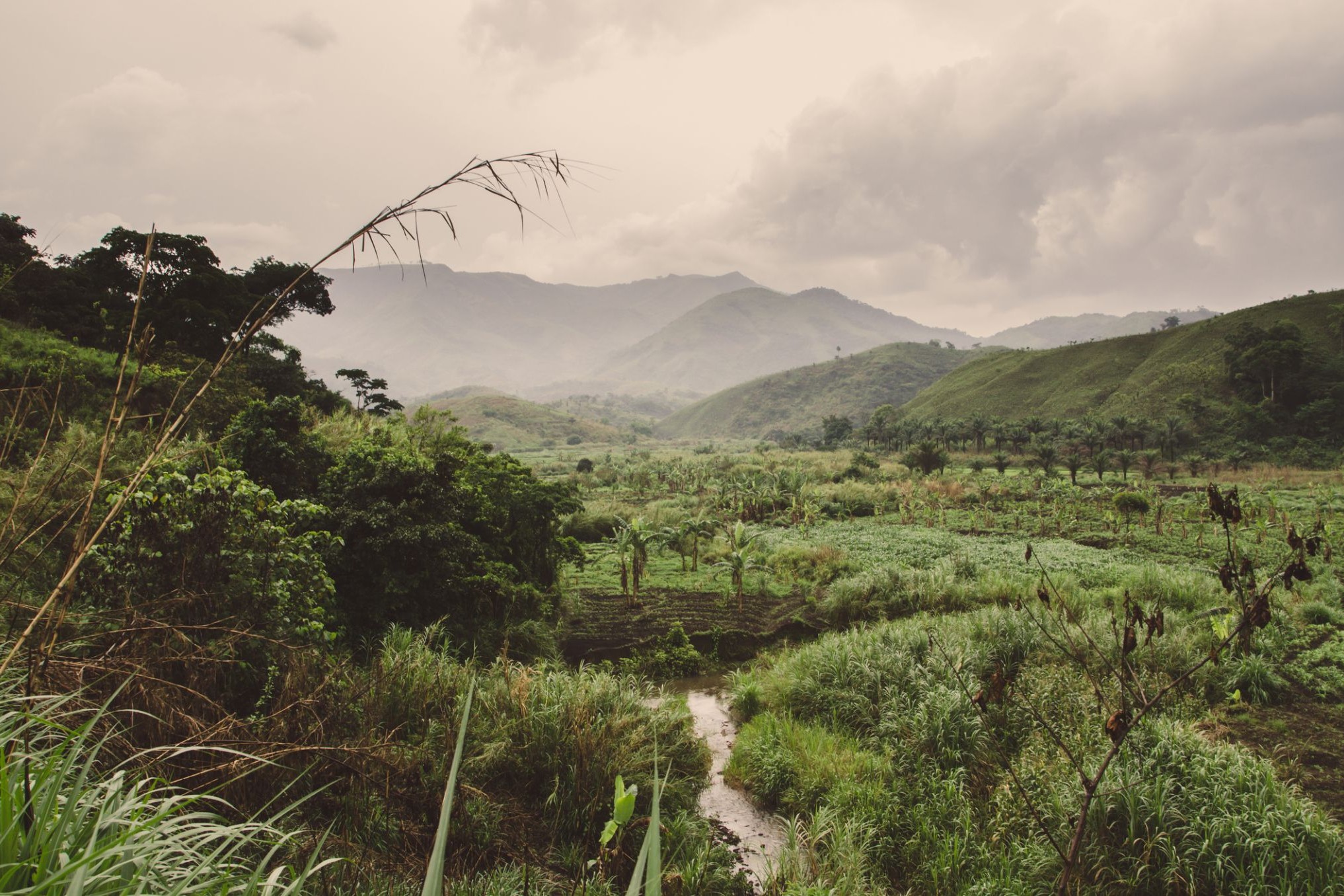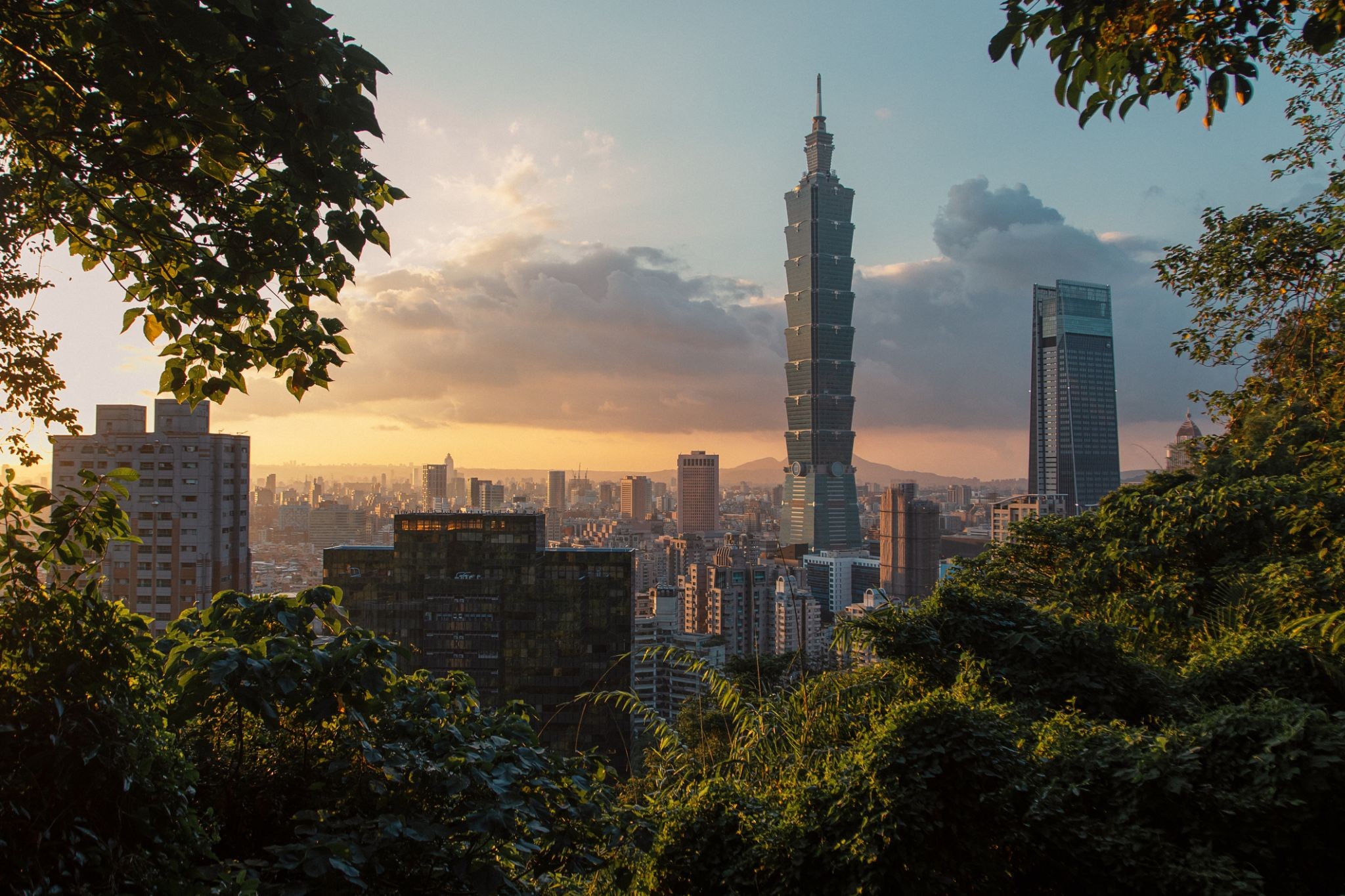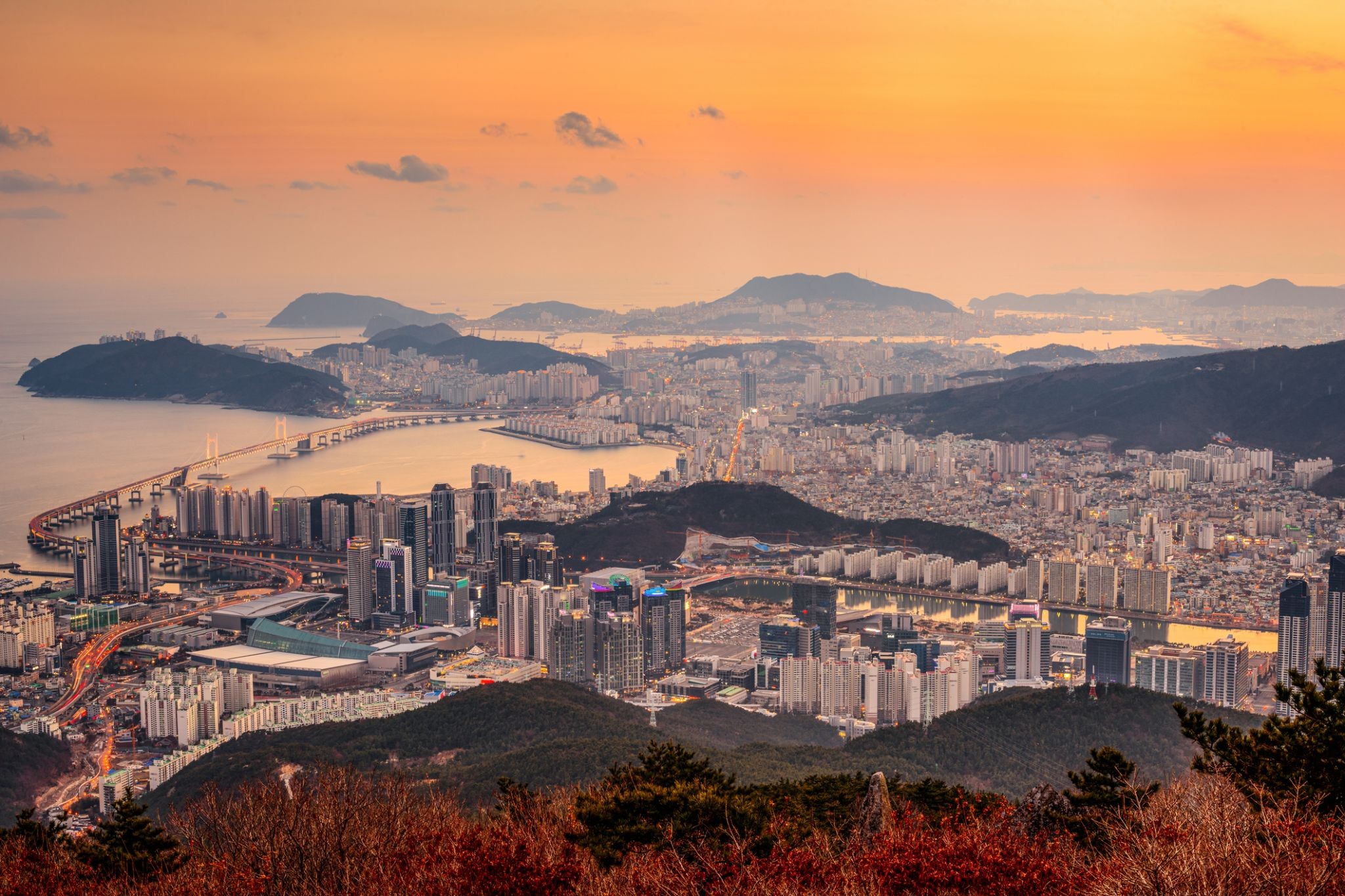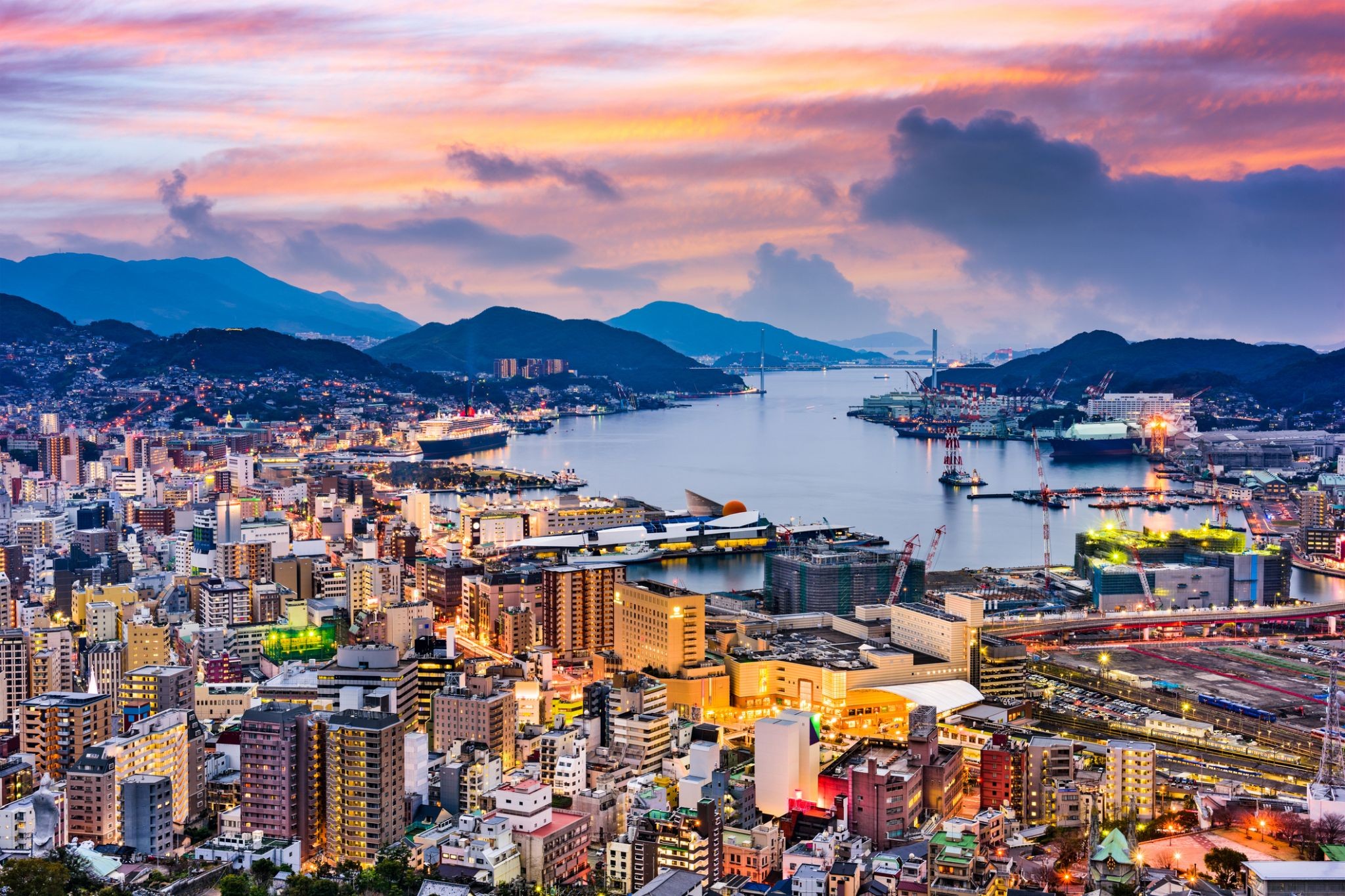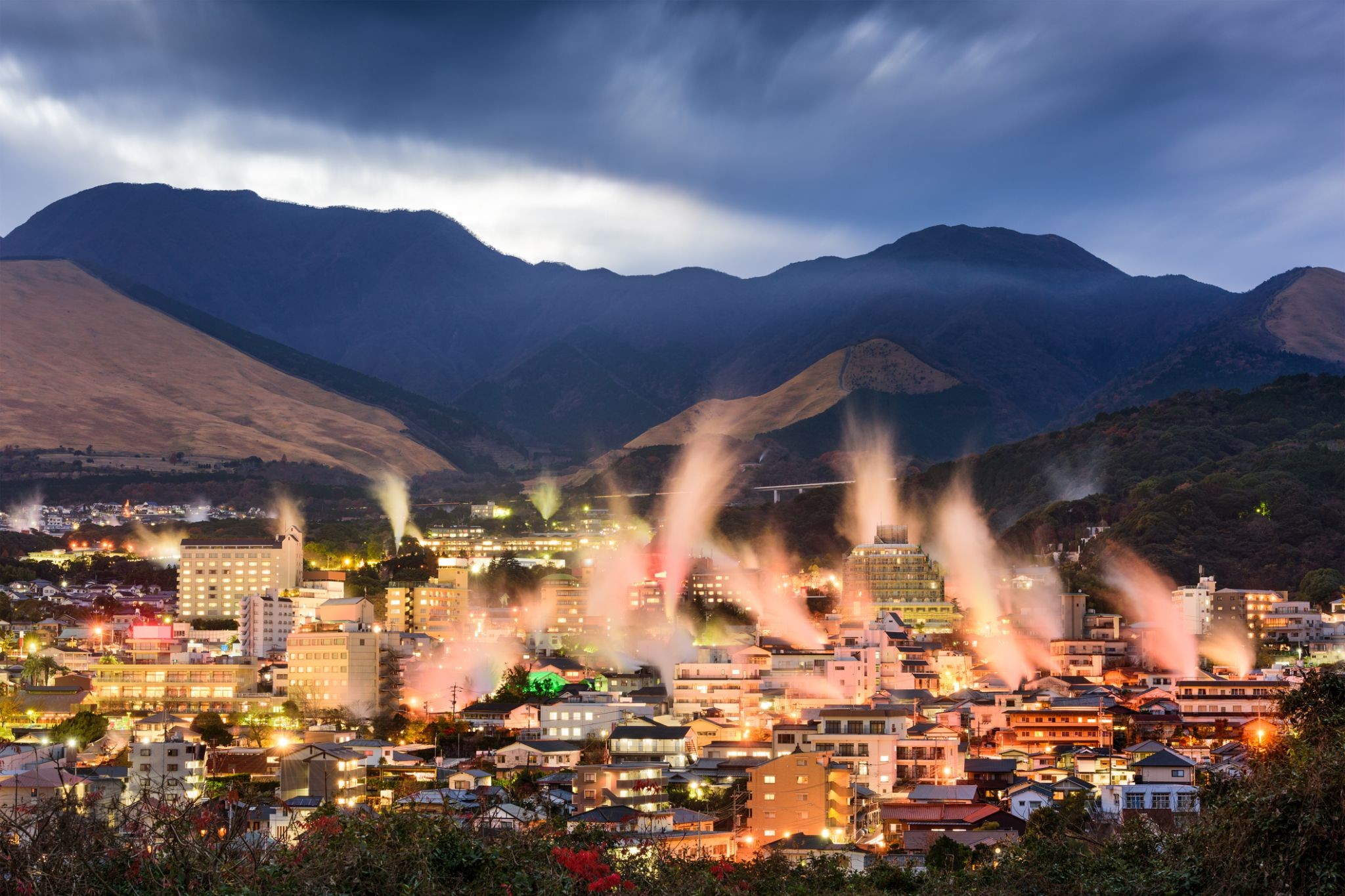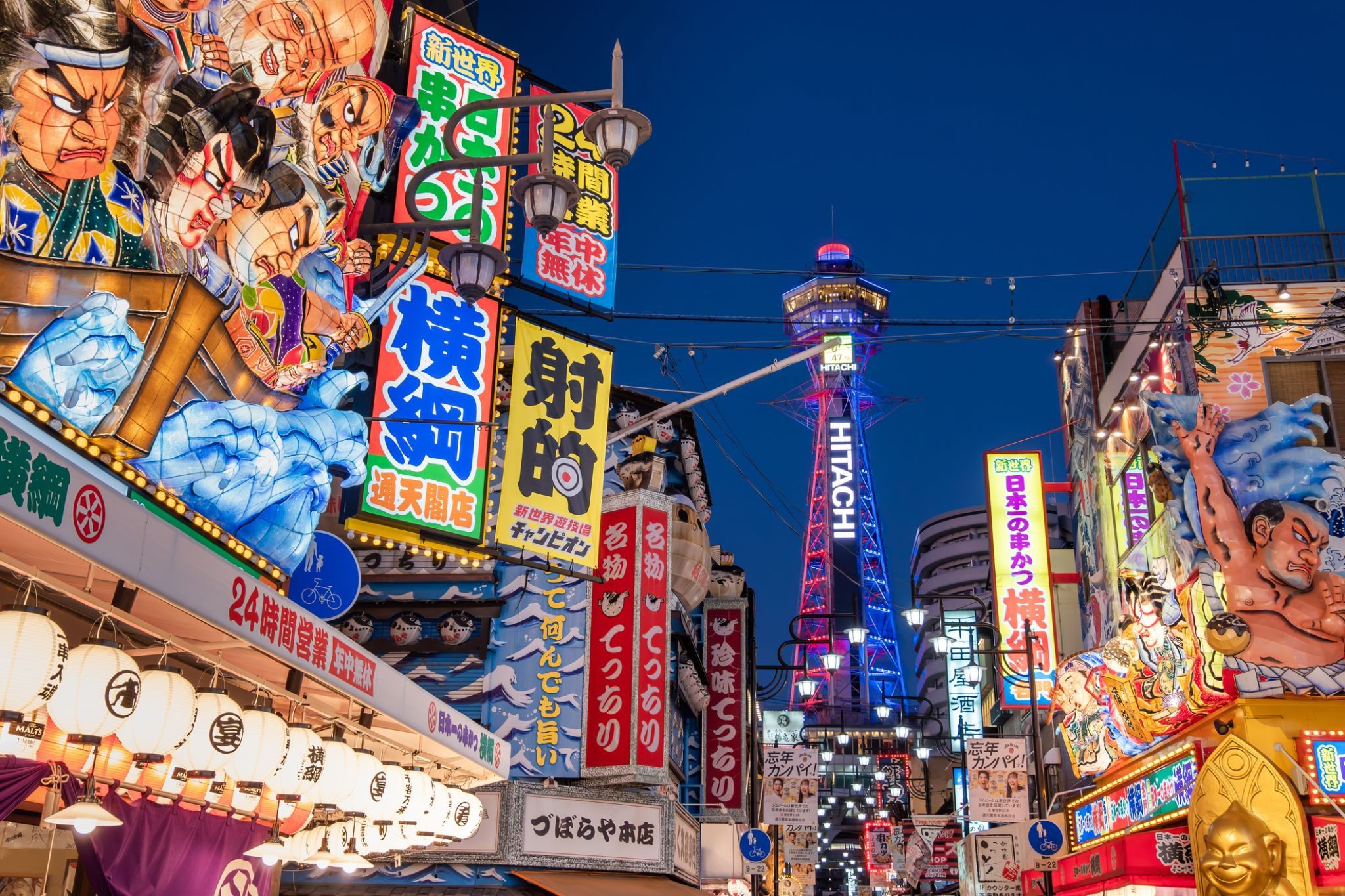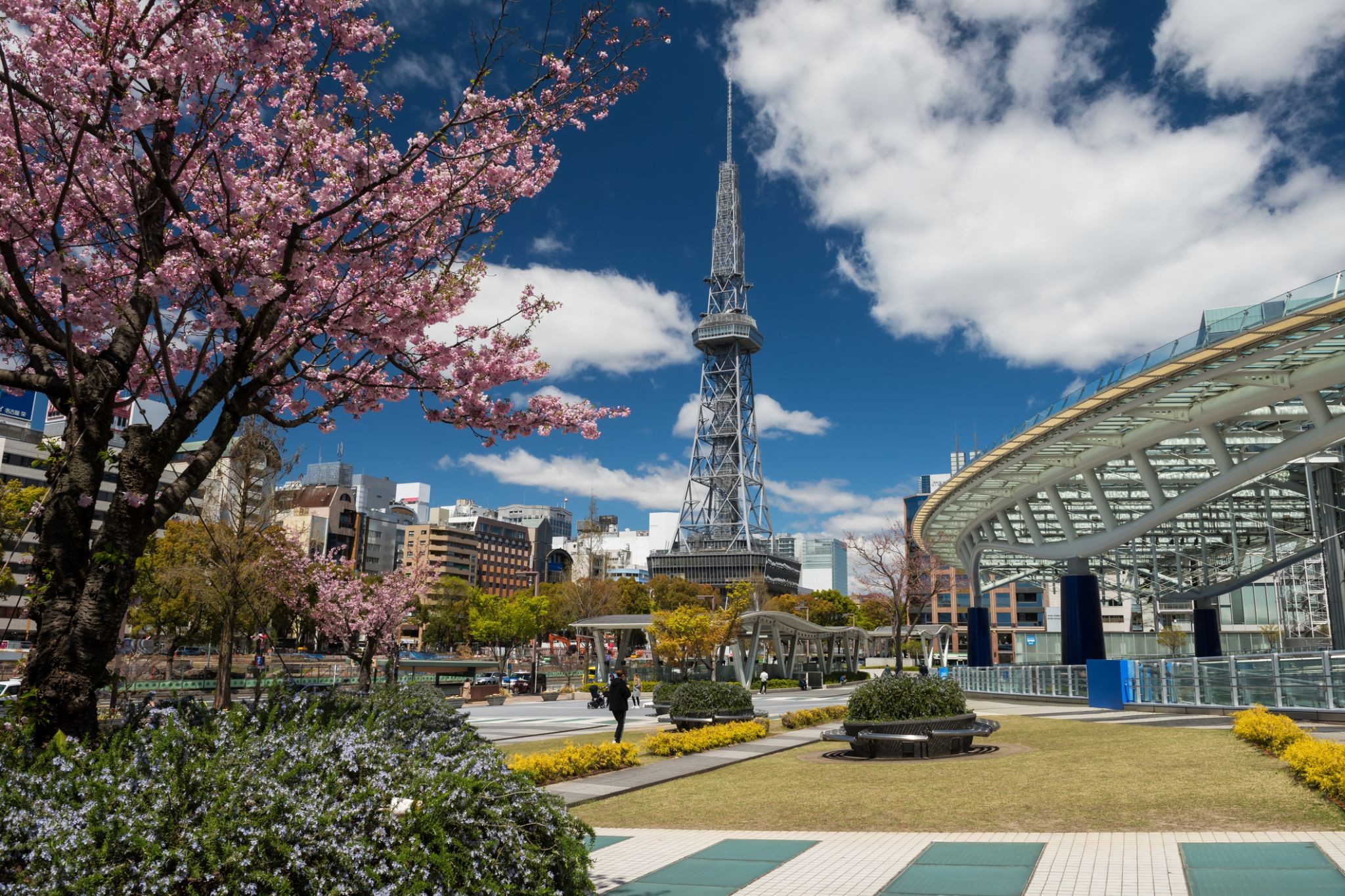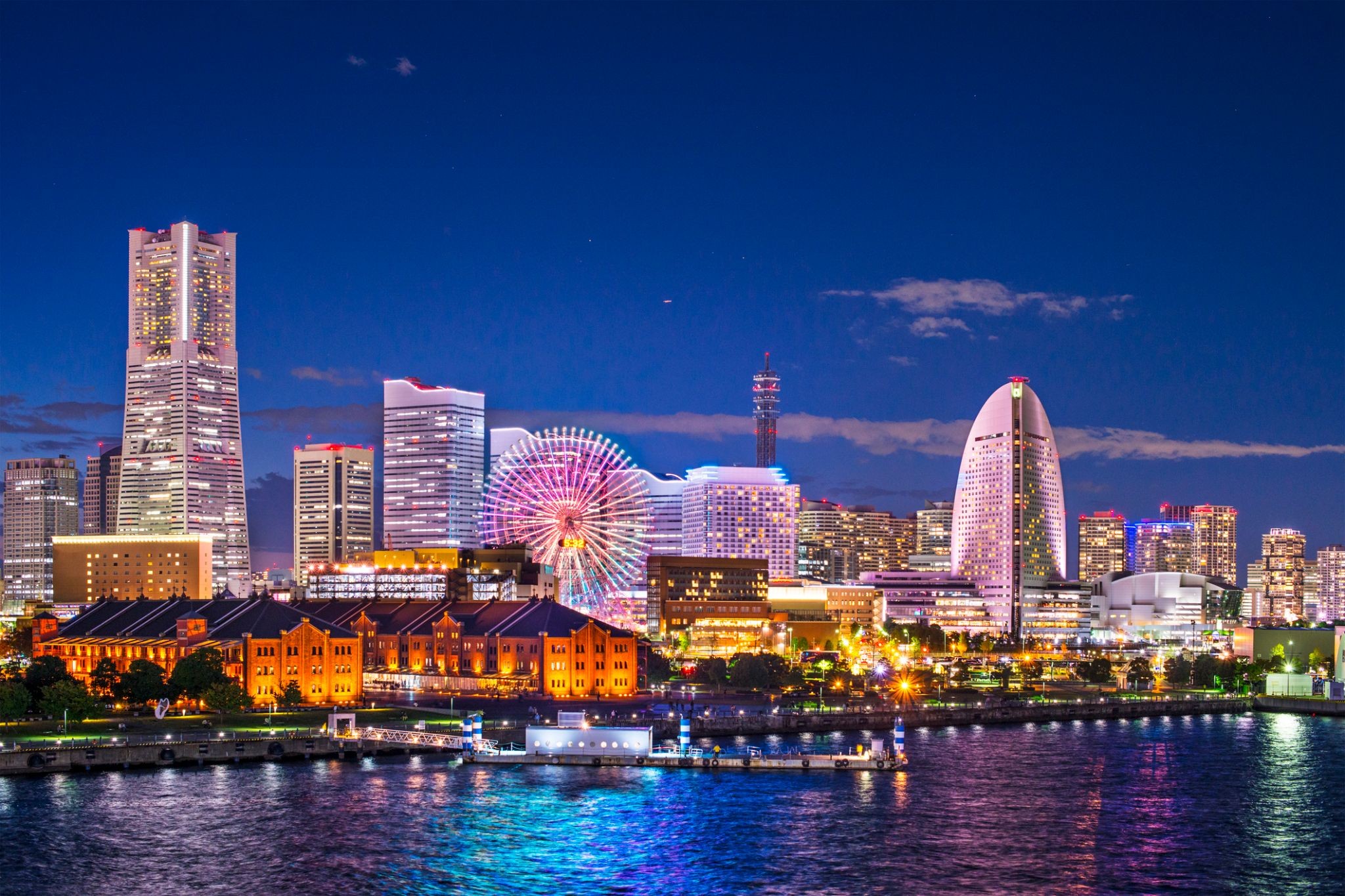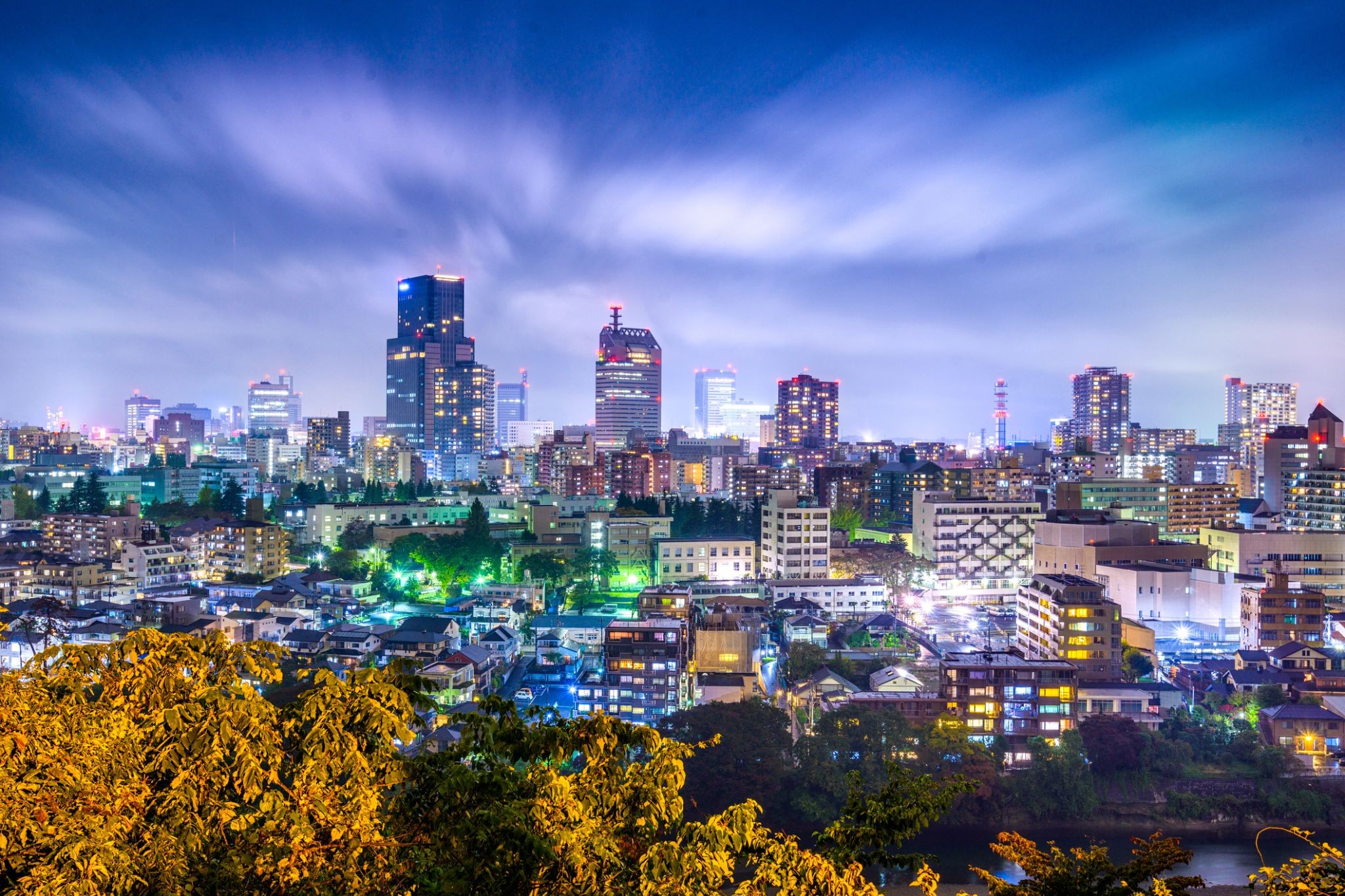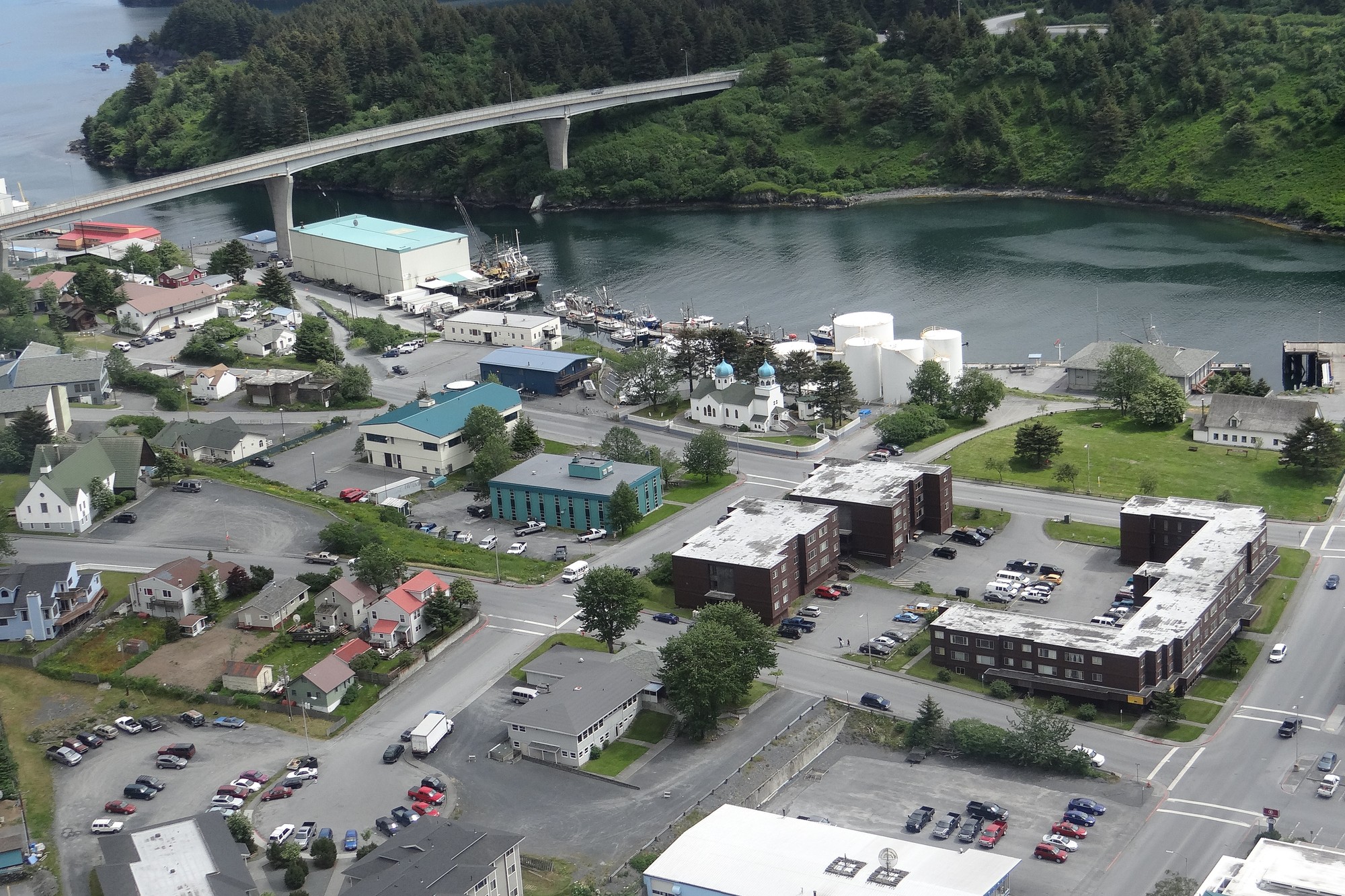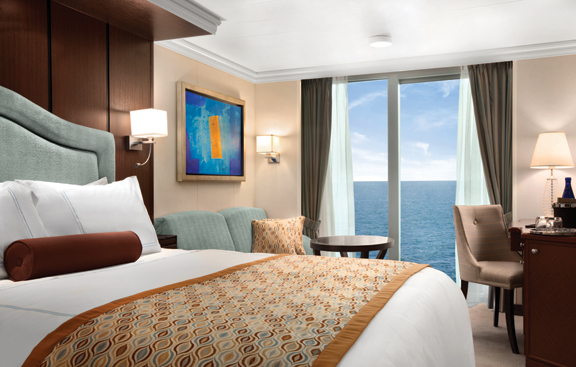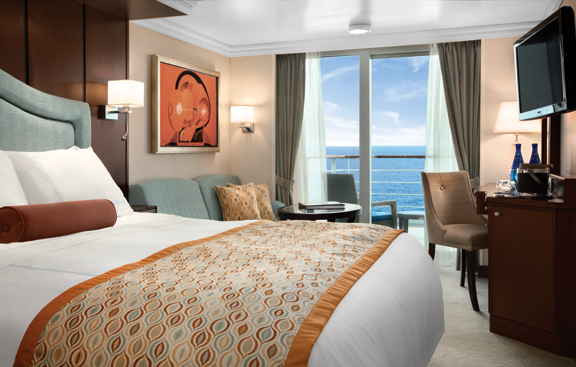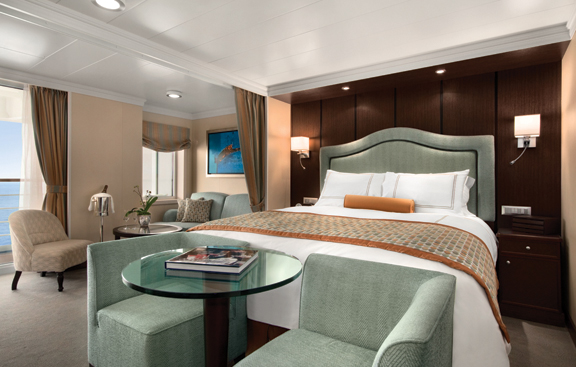Rejs 30 941 479
Od wspaniałych raf koralowych po lodowe lodowce
| Region rejsu : Australia / Nowa Zelandia, Rejsy po Pacyfiku, Oceania |
| Firma : Oceania Cruises |
| Statek : Riviera |
| Data rozpoczęcia : niedz. 07 mar 2027 |
| Data zakończenia : pt. 14 maj 2027 |
| Liczba nocy : 68 nocy |
Harmonogram
| Dzień | Data | Port | Wypłynięcie | Odpłynięcie |
|---|---|---|---|---|
| 1 | 7.03 niedz. | Sydnej / Australia | 06:00 | |
| 1 | 7.03 niedz. | Sydnej / Australia | 06:00 | |
| 2 | 8.03 pon. | Sydnej / Australia | 17:00 | |
| 3 | 9.03 wt. | Dzień na morzu / Morze | ||
| 4 | 10.03 śr. | Dzień na morzu / Morze | ||
| 5 | 11.03 czw. | WYSPA WHITSUNDAY | 07:00 | 16:00 |
| 6 | 12.03 pt. | Cairns / Australia | 09:00 | 21:00 |
| 7 | 13.03 sob. | Cooktown / Australia | 07:00 | 16:00 |
| 8 | 14.03 niedz. | Dzień na morzu / Morze | ||
| 9 | 15.03 pon. | Dzień na morzu / Morze | ||
| 10 | 16.03 wt. | Darwin / Australia | 09:00 | 17:00 |
| 11 | 17.03 śr. | Dzień na morzu / Morze | ||
| 12 | 18.03 czw. | Komoda / Indonezja | 10:00 | 18:00 |
| 13 | 19.03 pt. | Tanjung Benoit / Indonezja | 12:00 | |
| 14 | 20.03 sob. | Tanjung Benoit / Indonezja | 08:00 | |
| 14 | 20.03 sob. | Tanjung Benoit / Indonezja | 08:00 | |
| 14 | 20.03 sob. | Tanjung Benoit / Indonezja | 21:00 | |
| 15 | 21.03 niedz. | Tanjung Benoit / Indonezja | 07:00 | 18:00 |
| 16 | 22.03 pon. | Surabaya / Indonezja | 08:00 | 17:00 |
| 17 | 23.03 wt. | Semarang / Indonezja | 07:00 | 16:00 |
| 18 | 24.03 śr. | Dzień na morzu / Morze | ||
| 19 | 25.03 czw. | Dzień na morzu / Morze | ||
| 20 | 26.03 pt. | Ho Chi Minh / Vietnam | 13:00 | |
| 21 | 27.03 sob. | Ho Chi Minh / Vietnam | 16:00 | |
| 22 | 28.03 niedz. | Nha Trang / Vietnam | 10:00 | 19:00 |
| 23 | 29.03 pon. | Dzień na morzu / Morze | ||
| 24 | 30.03 wt. | Kampongsaom (Sihanoukville) / Cambodia | 08:00 | 17:00 |
| 25 | 31.03 śr. | Bangkok / Thailand | 10:00 | |
| 26 | 1.04 czw. | Bangkok / Thailand | 18:00 | |
| 27 | 2.04 pt. | Wyspa Samui / Koh Samui / Thailand | 09:00 | 18:00 |
| 28 | 3.04 sob. | Dzień na morzu / Morze | ||
| 29 | 4.04 niedz. | Singapur / Singapur | 09:00 | |
| 30 | 5.04 pon. | Singapur / Singapur | ||
| 30 | 5.04 pon. | Singapur / Singapur | ||
| 31 | 6.04 wt. | Singapur / Singapur | 15:00 | |
| 32 | 7.04 śr. | Dzień na morzu / Morze | ||
| 33 | 8.04 czw. | Bandar-Seri-Begawan / Brunei | 10:00 | 20:00 |
| 34 | 9.04 pt. | Kota Kinabalu / Malaysia | 07:00 | 15:00 |
| 35 | 10.04 sob. | Puerto Princesa / Philippine Islands | 11:00 | 18:00 |
| 36 | 11.04 niedz. | WYSPA BORACAY | 10:00 | 18:00 |
| 37 | 12.04 pon. | Manila / Philippine Islands | 09:00 | 18:00 |
| 38 | 13.04 wt. | Dzień na morzu / Morze | ||
| 39 | 14.04 śr. | Kaohsiung / Taiwan | 07:00 | 16:00 |
| 40 | 15.04 czw. | Limbe / Cameroon | 14:00 | |
| 41 | 16.04 pt. | Limbe / Cameroon | ||
| 42 | 17.04 sob. | Dzień na morzu / Morze | ||
| 43 | 18.04 niedz. | Tajpej / Taiwan | 07:00 | 17:00 |
| 44 | 19.04 pon. | Dzień na morzu / Morze | ||
| 45 | 20.04 wt. | Busan / Korea | 10:00 | 19:00 |
| 46 | 21.04 śr. | Nagasaki / Japonia | 07:00 | 15:00 |
| 47 | 22.04 czw. | Beppu / Japonia | 11:00 | 18:00 |
| 48 | 23.04 pt. | Osaka / Japonia | 11:00 | |
| 49 | 24.04 sob. | Osaka / Japonia | 17:00 | |
| 50 | 25.04 niedz. | Nagoya / Japonia | 08:00 | 17:00 |
| 51 | 26.04 pon. | Yokohama (Tokio) / Japonia | 07:00 | |
| 52 | 27.04 wt. | Yokohama (Tokio) / Japonia | ||
| 53 | 28.04 śr. | Dzień na morzu / Morze | ||
| 54 | 29.04 czw. | Sendai Miyagi / Japonia | 07:00 | 19:00 |
| 55 | 30.04 pt. | Miyakojima Miyako / Japonia | 07:00 | 18:00 |
| 56 | 1.05 sob. | Muroran / Japonia | 07:00 | 15:00 |
| 57 | 2.05 niedz. | Dzień na morzu / Morze | ||
| 58 | 3.05 pon. | Dzień na morzu / Morze | ||
| 59 | 4.05 wt. | |||
| 60 | 5.05 śr. | Dzień na morzu / Morze | ||
| 61 | 6.05 czw. | Dzień na morzu / Morze | ||
| 62 | 7.05 pt. | Kodiak / Alaska | 13:00 | 20:00 |
| 63 | 8.05 sob. | Homer / Alaska | 07:00 | 15:00 |
| 64 | 9.05 niedz. | Zamocowanie | 11:00 | 18:00 |
| 65 | 10.05 pon. | Dzień na morzu / Morze | 13:00 | 17:00 |
| 66 | 11.05 wt. | Dzień na morzu / Morze | ||
| 67 | 12.05 śr. | Dzień na morzu / Morze | ||
| 68 | 13.05 czw. | Vancouver / Kanada | 07:00 | 17:00 |
-
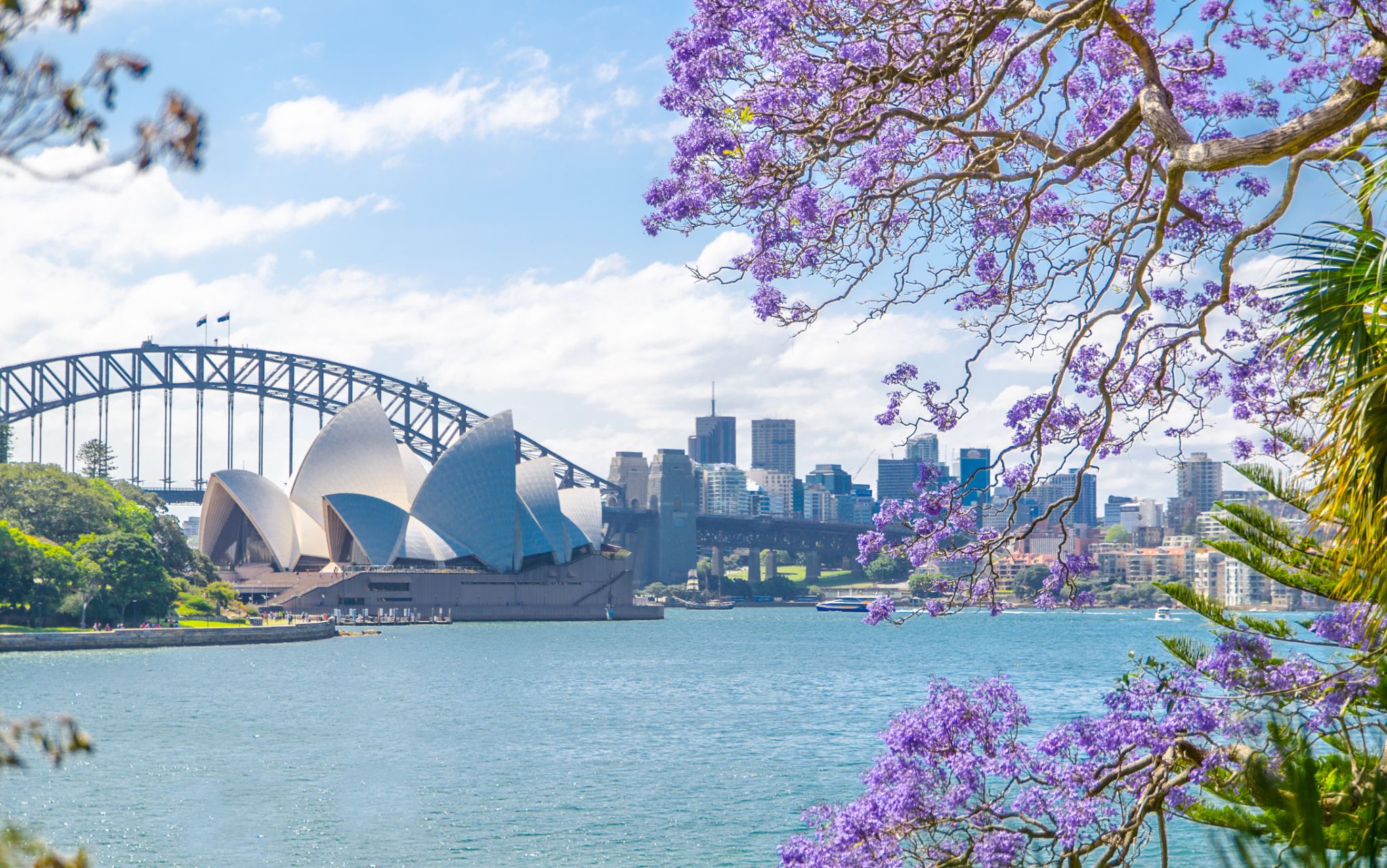 Dzień 1: 06:00
Dzień 1: 06:00Sydnej / Australia
Sydney is the state capital of New South Wales and the most populous city in Australiaand Oceania. Located on Australia's east coast, the metropolis surrounds Port Jackson and extends about 70 km (43.5 mi) on its periphery towards the Blue Mountains to the west, Hawkesbury to the north, and Macarthur to the south. Sydney is made up of 658 suburbs, 40 local government areas and 15 contiguous regions. Residents of the city are known as "Sydneysiders". As of June 2017, Sydney's estimated metropolitan population was 5,131,326, and is home to approximately 65% of the state's population.
-
 Dzień 1: 06:00
Dzień 1: 06:00Sydnej / Australia
Sydney is the state capital of New South Wales and the most populous city in Australiaand Oceania. Located on Australia's east coast, the metropolis surrounds Port Jackson and extends about 70 km (43.5 mi) on its periphery towards the Blue Mountains to the west, Hawkesbury to the north, and Macarthur to the south. Sydney is made up of 658 suburbs, 40 local government areas and 15 contiguous regions. Residents of the city are known as "Sydneysiders". As of June 2017, Sydney's estimated metropolitan population was 5,131,326, and is home to approximately 65% of the state's population.
-
 Dzień 2: 17:00
Dzień 2: 17:00Sydnej / Australia
Sydney is the state capital of New South Wales and the most populous city in Australiaand Oceania. Located on Australia's east coast, the metropolis surrounds Port Jackson and extends about 70 km (43.5 mi) on its periphery towards the Blue Mountains to the west, Hawkesbury to the north, and Macarthur to the south. Sydney is made up of 658 suburbs, 40 local government areas and 15 contiguous regions. Residents of the city are known as "Sydneysiders". As of June 2017, Sydney's estimated metropolitan population was 5,131,326, and is home to approximately 65% of the state's population.
-
 Dzień 3:
Dzień 3:Dzień na morzu / Morze
-
 Dzień 4:
Dzień 4:Dzień na morzu / Morze
-
 Dzień 5: 07:00-16:00
Dzień 5: 07:00-16:00WYSPA WHITSUNDAY
-
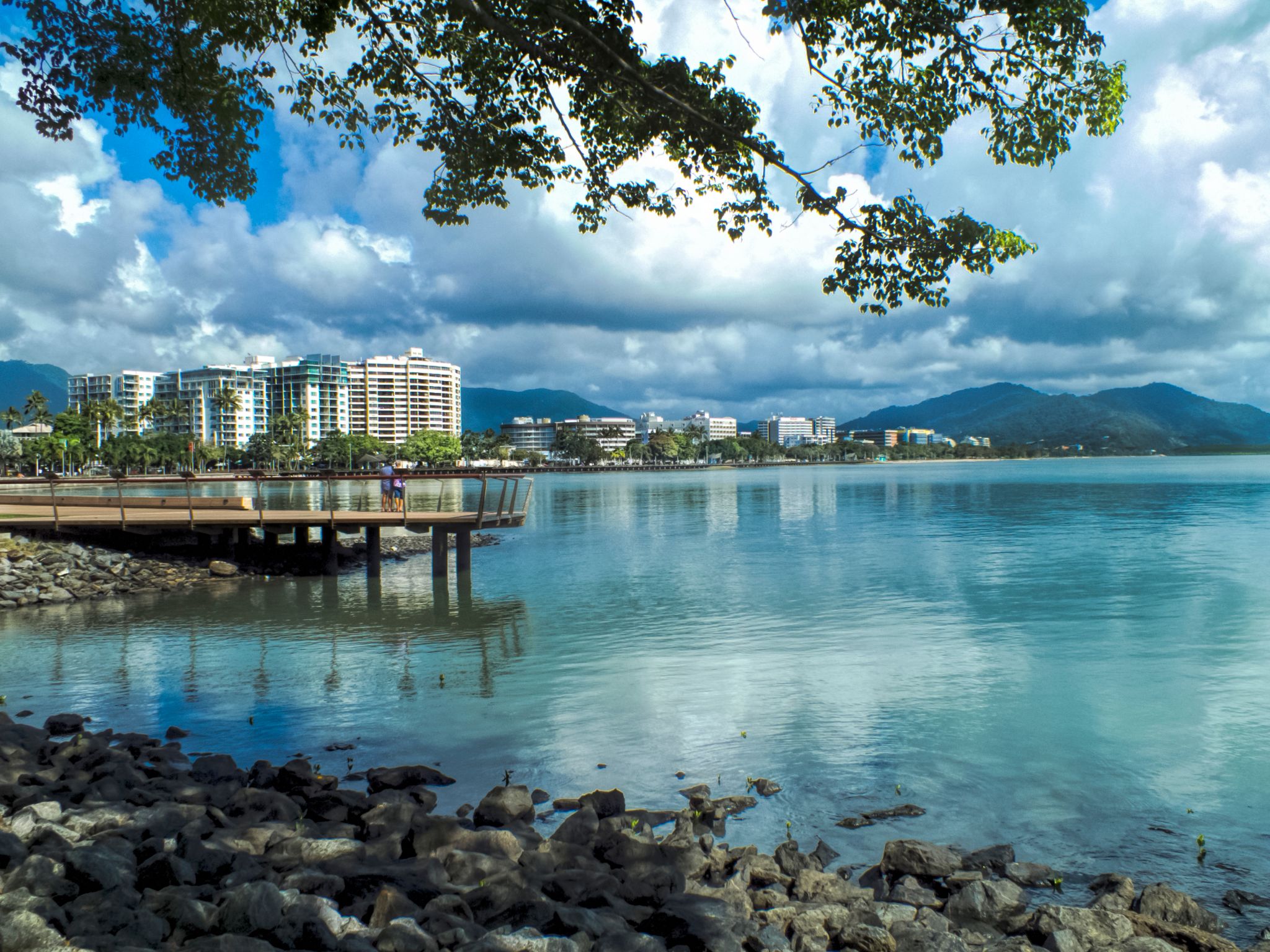 Dzień 6: 09:00-21:00
Dzień 6: 09:00-21:00Cairns / Australia
Cairns City is the suburb at the centre of Cairns in the local government area of Cairns Region, Queensland, Australia.It can also be referred to as the Cairns Central Business District (CBD). In the 2011 census, the population of Cairns City was 2,737 people.
-
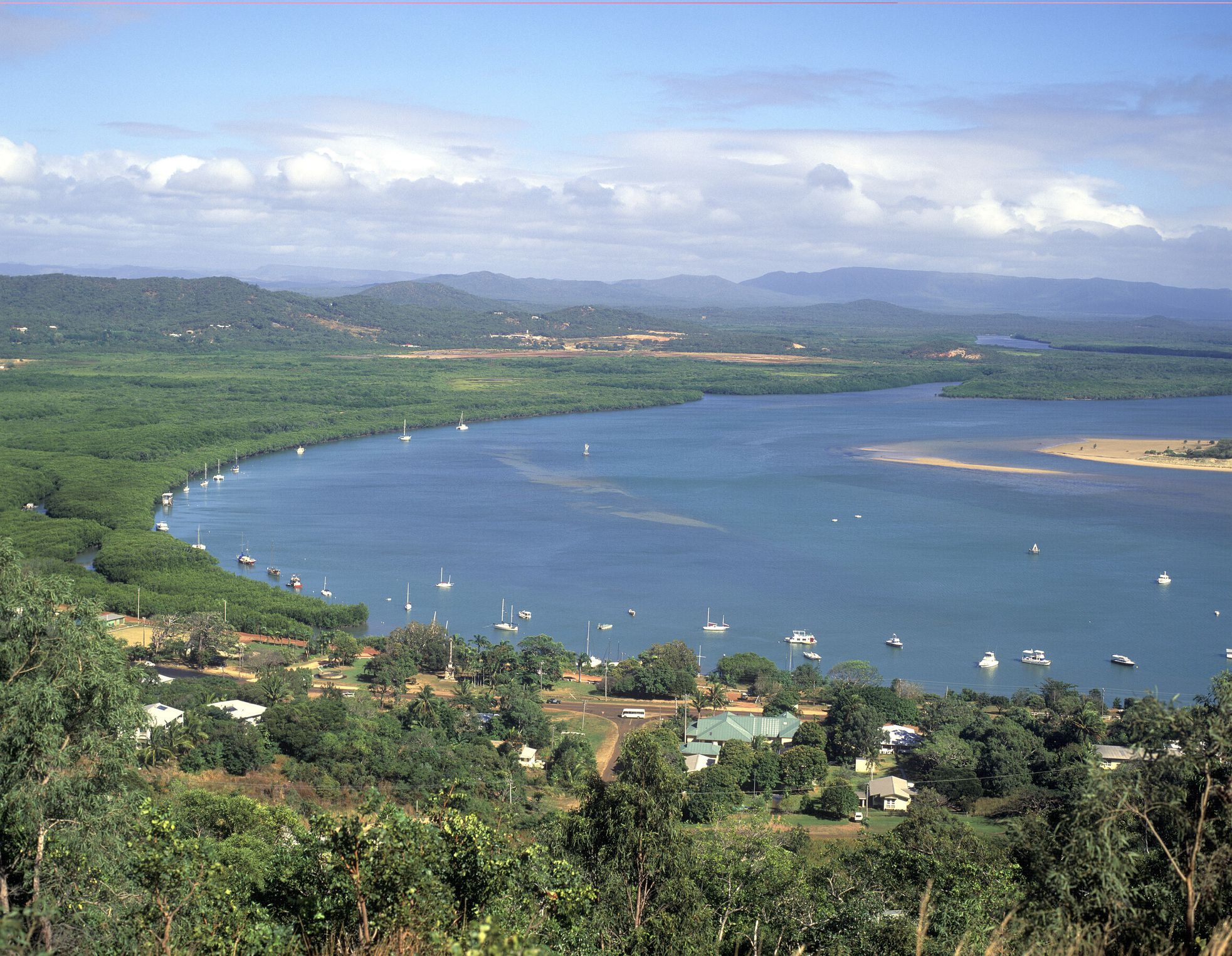 Dzień 7: 07:00-16:00
Dzień 7: 07:00-16:00Cooktown / Australia
Cooktown to historyczne miasto położone na północy Queensland w Australii, nad rzeką Endeavour. Miasto stało się ważnym punktem w badaniu Australii, gdy kapitan James Cook odwiedził je w 1770 roku. Dziś Cooktown przyciąga turystów swoją unikalną atmosferą, która łączy dziedzictwo pierwszych europejskich odkrywców z pięknymi krajobrazami naturalnymi. Odwiedzający mogą zwiedzać Muzeum Jamesa Cooka, które opowiada historię badań tego regionu, oraz spacerować wzdłuż malowniczych nabrzeży i tropikalnych ogrodów.
Oprócz atrakcji historycznych Cooktown słynie z piękna przyrody. W okolicach miasta znajduje się wiele rezerwatów przyrody i parków, gdzie turyści mogą uprawiać trekking, obserwować dziką przyrodę i badać różne ekosystemy. Piękne plaże, takie jak Portland Road, oferują możliwość relaksu i sportów wodnych. Cooktown to doskonałe miejsce dla tych, którzy chcą cieszyć się spokojem i pięknem północnego wybrzeża Australii, a także poznać bogate dziedzictwo historyczne tego regionu.
-
 Dzień 8:
Dzień 8:Dzień na morzu / Morze
-
 Dzień 9:
Dzień 9:Dzień na morzu / Morze
-
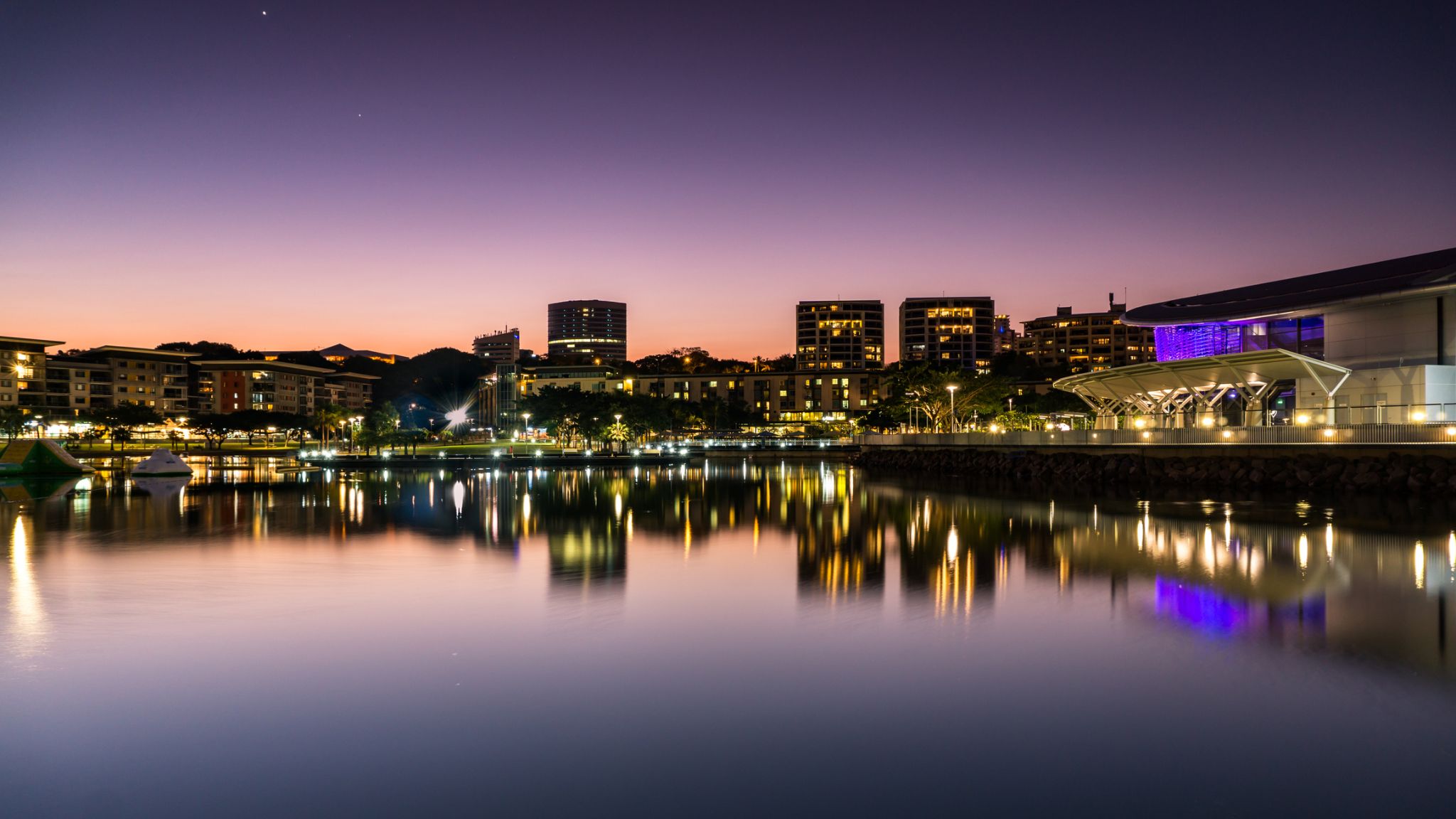 Dzień 10: 09:00-17:00
Dzień 10: 09:00-17:00Darwin / Australia
Darwin is the capital city of the Northern Territory of Australia, situated on the Timor Sea. It is the largest city in the sparsely populated Northern Territory, with a population of 145,916. It is the smallest and most northerly of the Australian capital cities, and acts as the Top End's regional centre.
-
 Dzień 11:
Dzień 11:Dzień na morzu / Morze
-
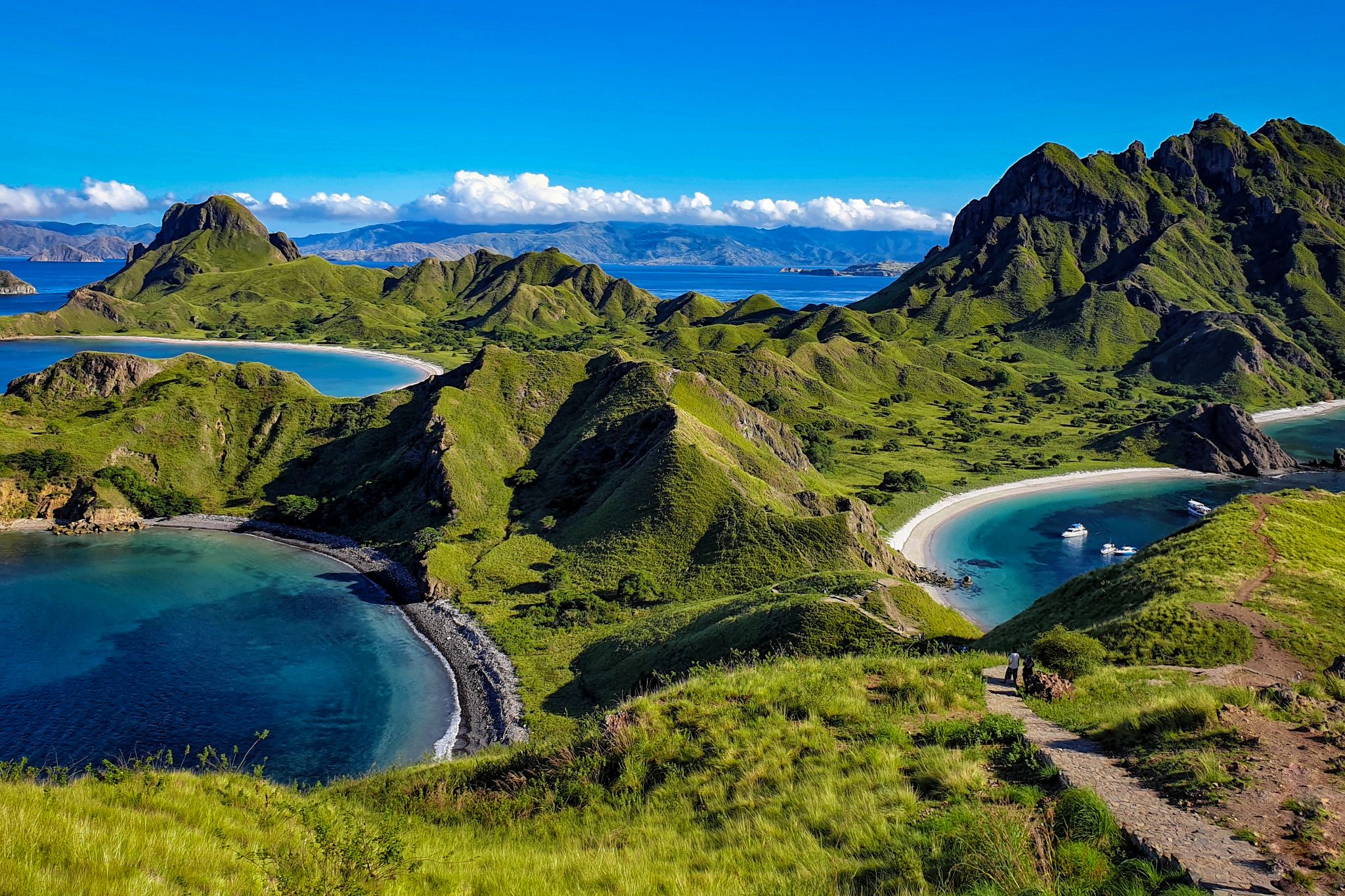 Dzień 12: 10:00-18:00
Dzień 12: 10:00-18:00Komoda / Indonezja
Komodo is one of the 17,508 islands that comprise the Republic of Indonesia. The island is particularly notable as the habitat of the Komodo dragon, the largest lizard on Earth, which is named after the island. Komodo Island has a surface area of 390 square kilometres and a human population of over two thousand. The people of the island are descendants of former convicts who were exiled to the island and who have mixed with Bugis from Sulawesi. The people are primarily adherents of Islam but there are also Christian and Hindu congregations.
Komodo is part of the Lesser Sunda chain of islands and forms part of the Komodo National Park. In addition, the island is a popular destination for diving. Administratively, it is part of the East Nusa Tenggara province.
-
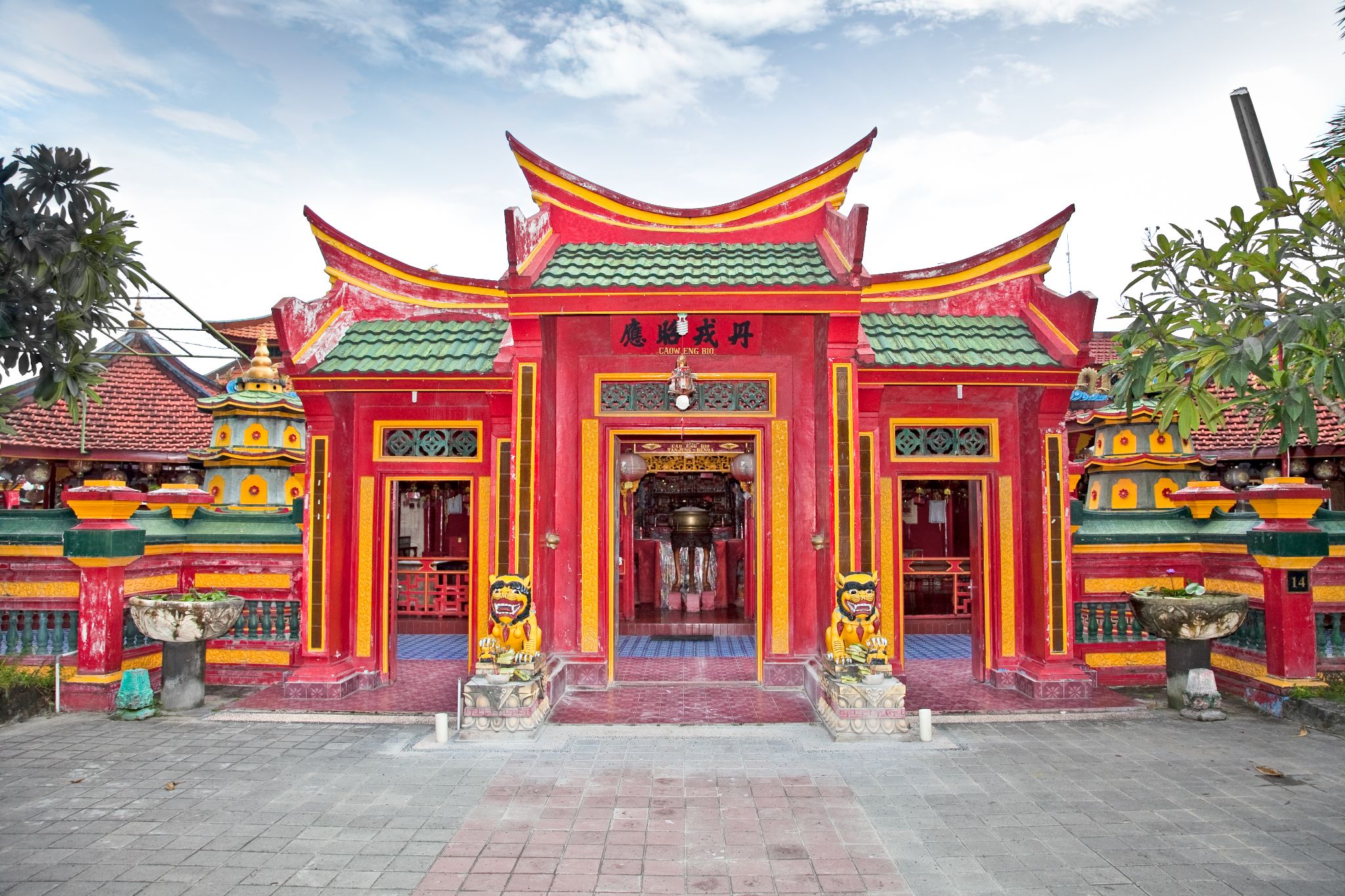 Dzień 13: 12:00
Dzień 13: 12:00Tanjung Benoit / Indonezja
-
 Dzień 14: 08:00
Dzień 14: 08:00Tanjung Benoit / Indonezja
-
 Dzień 14: 08:00
Dzień 14: 08:00Tanjung Benoit / Indonezja
-
 Dzień 14: 21:00
Dzień 14: 21:00Tanjung Benoit / Indonezja
-
 Dzień 15: 07:00-18:00
Dzień 15: 07:00-18:00Tanjung Benoit / Indonezja
-
 Dzień 16: 08:00-17:00
Dzień 16: 08:00-17:00Surabaya / Indonezja
-
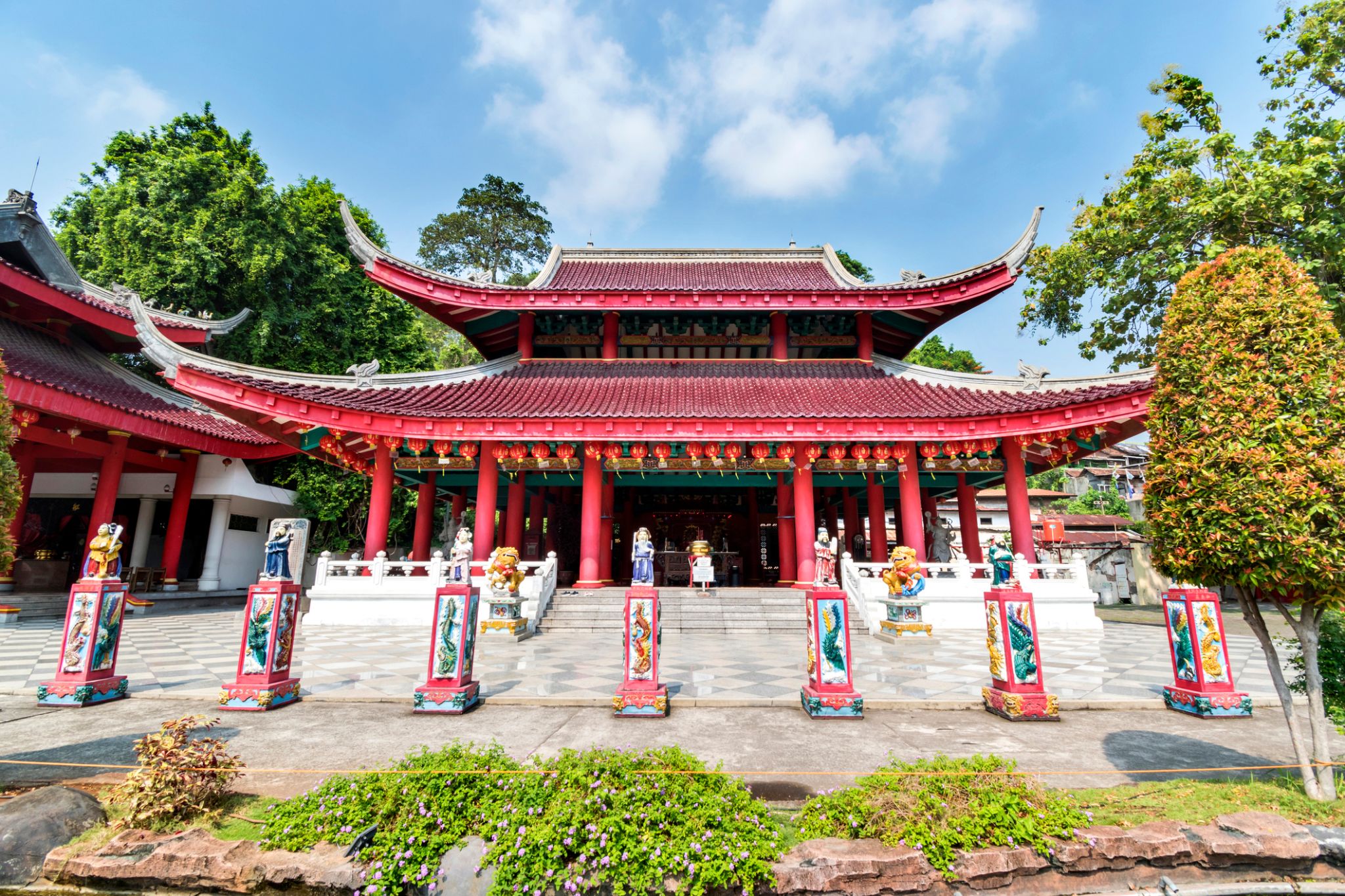 Dzień 17: 07:00-16:00
Dzień 17: 07:00-16:00Semarang / Indonezja
Semarang is the capital and largest city of Central Java province in Indonesia. It has an area of 373.78 square kilometres (144.32 sq mi) and a population of approximately 1.8 million people, making it Indonesia's seventh most populous city after Jakarta, Surabaya, Bandung, Bekasi, Medan, and Tangerang. The built-up (metro) area had 3,183,516 inhabitants at the 2010 census spread on 2 cities and 26 districts. Greater Semarang (a.k.a. Kedungsapur) has a population of close to 6 million (see Greater Semarang section), and is located at 6°58′S 110°25′E. A major port during the Dutch colonial era, and still an important regional center and port today, the city has a dominant Javanese population.
-
 Dzień 18:
Dzień 18:Dzień na morzu / Morze
-
 Dzień 19:
Dzień 19:Dzień na morzu / Morze
-
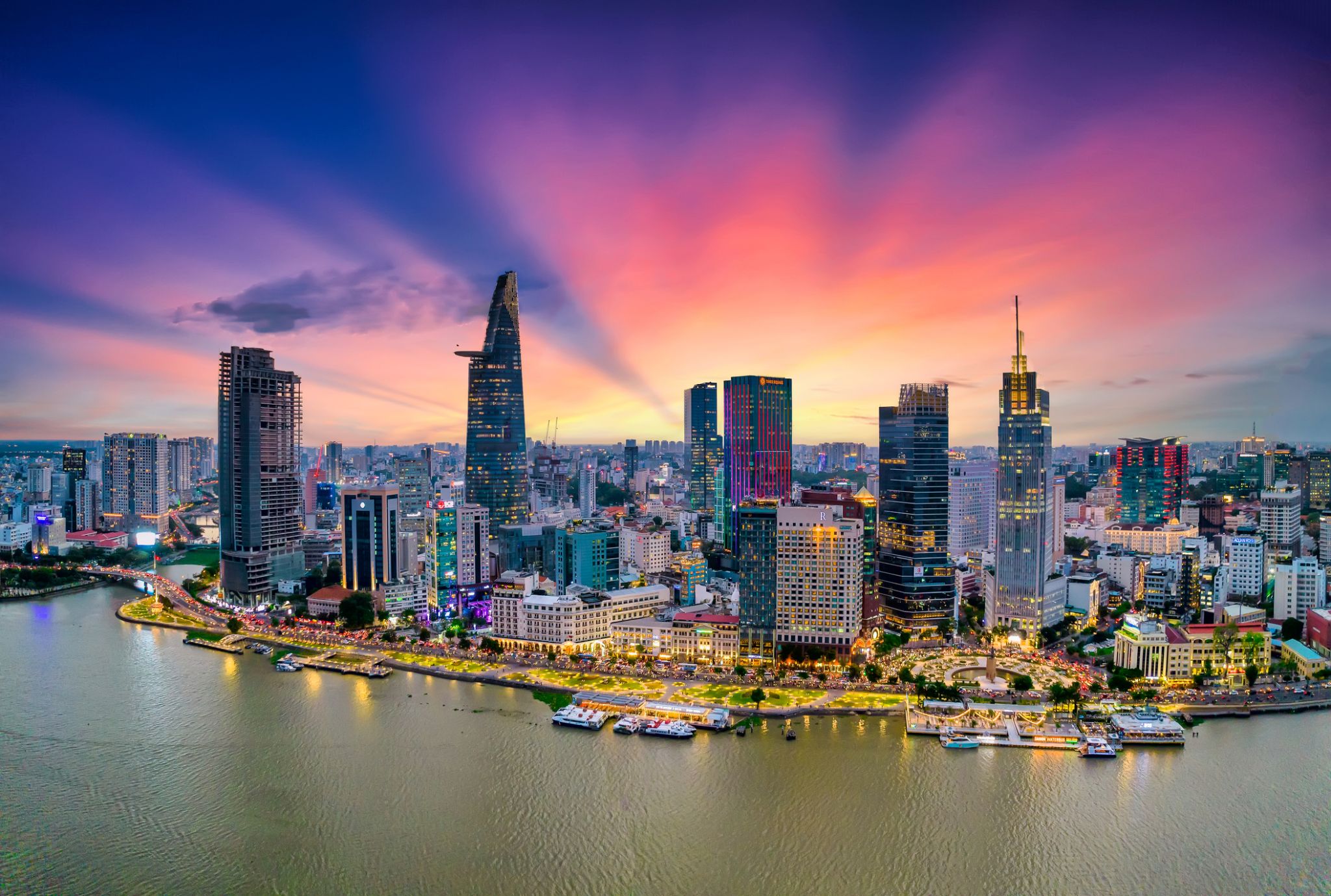 Dzień 20: 13:00
Dzień 20: 13:00Ho Chi Minh / Vietnam
Ho Chi Minh, znane również pod swoją dawną nazwą Sajgon, jest najludniejszym miastem Wietnamu z populacją 8,4 miliona (13 milionów w obszarze metropolitalnym) według stanu na 2017 rok. Położona w południowo-wschodnim Wietnamie metropolia otacza rzekę Sajgon i zajmuje powierzchnię około 2061 kilometrów kwadratowych (796 mil kwadratowych).
Pod nazwą Sajgon było stolicą Indochin Francuskich od 1887 do 1902 roku i ponownie od 1945 do 1954 roku. Sajgon stał się później stolicą Wietnamu Południowego od 1955 roku aż do jego upadku w 1975 roku. 2 lipca 1976 roku Sajgon połączył się z otaczającą prowincją Gia Định i został oficjalnie przemianowany na Ho Chi Minh City na cześć przywódcy rewolucyjnego Hồ Chí Minha (chociaż nazwa Sài Gòn jest nadal powszechnie używana).
Ho Chi Minh City jest centrum finansowym Wietnamu i jest klasyfikowane jako miasto światowe Beta+ przez Globalization and World Cities Research Network. Jest siedzibą Giełdy Papierów Wartościowych w Ho Chi Minh City, największej giełdy papierów wartościowych pod względem całkowitej kapitalizacji rynkowej w Wietnamie oraz siedzibą wielu krajowych i międzynarodowych banków i firm.
Ho Chi Minh City jest najczęściej odwiedzanym miastem w Wietnamie, z 6,3 miliona odwiedzających w 2017 roku. Wiele znanych międzynarodowym turystom zabytków miasta to między innymi targ Bến Thành, ratusz w Ho Chi Minh City, bazylika katedralna Notre-Dame w Sajgonie, Pałac Niepodległości i Teatr Miejski. Głównym lotniskiem pasażerskim obsługującym obszar metropolitalny jest międzynarodowe lotnisko Tân Sơn Nhất, najbardziej ruchliwe lotnisko w Wietnamie, które w 2017 roku obsłużyło 36 milionów pasażerów.
-
 Dzień 21: 16:00
Dzień 21: 16:00Ho Chi Minh / Vietnam
Ho Chi Minh, znane również pod swoją dawną nazwą Sajgon, jest najludniejszym miastem Wietnamu z populacją 8,4 miliona (13 milionów w obszarze metropolitalnym) według stanu na 2017 rok. Położona w południowo-wschodnim Wietnamie metropolia otacza rzekę Sajgon i zajmuje powierzchnię około 2061 kilometrów kwadratowych (796 mil kwadratowych).
Pod nazwą Sajgon było stolicą Indochin Francuskich od 1887 do 1902 roku i ponownie od 1945 do 1954 roku. Sajgon stał się później stolicą Wietnamu Południowego od 1955 roku aż do jego upadku w 1975 roku. 2 lipca 1976 roku Sajgon połączył się z otaczającą prowincją Gia Định i został oficjalnie przemianowany na Ho Chi Minh City na cześć przywódcy rewolucyjnego Hồ Chí Minha (chociaż nazwa Sài Gòn jest nadal powszechnie używana).
Ho Chi Minh City jest centrum finansowym Wietnamu i jest klasyfikowane jako miasto światowe Beta+ przez Globalization and World Cities Research Network. Jest siedzibą Giełdy Papierów Wartościowych w Ho Chi Minh City, największej giełdy papierów wartościowych pod względem całkowitej kapitalizacji rynkowej w Wietnamie oraz siedzibą wielu krajowych i międzynarodowych banków i firm.
Ho Chi Minh City jest najczęściej odwiedzanym miastem w Wietnamie, z 6,3 miliona odwiedzających w 2017 roku. Wiele znanych międzynarodowym turystom zabytków miasta to między innymi targ Bến Thành, ratusz w Ho Chi Minh City, bazylika katedralna Notre-Dame w Sajgonie, Pałac Niepodległości i Teatr Miejski. Głównym lotniskiem pasażerskim obsługującym obszar metropolitalny jest międzynarodowe lotnisko Tân Sơn Nhất, najbardziej ruchliwe lotnisko w Wietnamie, które w 2017 roku obsłużyło 36 milionów pasażerów.
-
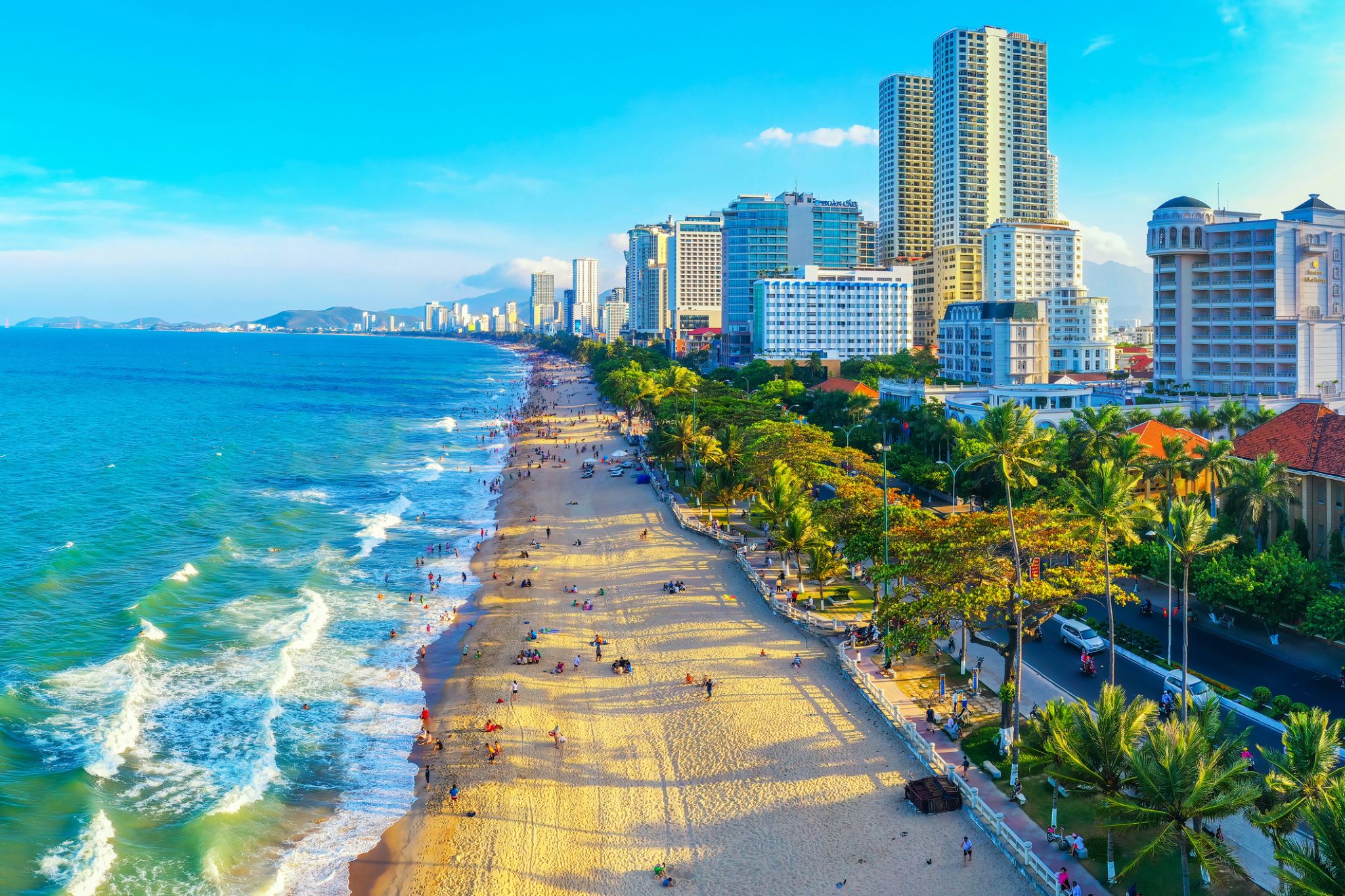 Dzień 22: 10:00-19:00
Dzień 22: 10:00-19:00Nha Trang / Vietnam
Nha Trang is a coastal city and capital of Khánh Hòa Province, on the South Central Coast of Vietnam. It is bounded on the north by Ninh Hoà district, on the south by Cam Ranh town and on the west by Diên Khánh District. The city has about 392,000 inhabitants, a number that is projected to increase to 560,000 by 2015 and 630,000 inhabitants by 2025. An area of 12.87 square kilometres (4.97 sq mi) of the western communes of Diên An and Diên Toàn is planned to be merged into Nha Trang which will make its new area 265.47 square kilometres (102.50 sq mi) based on the approval of the Prime Minister of Vietnam in September 2012.
Nha Trang is well known for its beaches and scuba diving and has developed into a popular destination for international tourists, attracting large numbers of backpackers, as well as more affluent travelers on the south-east Asia circuit; it is already very popular with Vietnamese tourists, with Nha Trang Bay widely considered as among the world's most beautiful bays. Tourists are welcomed to participate in the Sea Festival, held biennially. Nha Trang was the site of the Miss Universe 2008 Pageant on July 14, 2008 and Miss Earth 2010 was held on December 4, 2010. It was also the site for the April 14, 2015 season 8 finale of Face Off. Nha Trang was approved to host the 2016 Asian Beach Games.
Historically, the city was known as Kauthara under the Champa. The city is still home to the famous Po Nagar Tower built by the Champa. Being a coastal city, Nha Trang is a centre for marine science based at the Nha Trang Oceanography Institute. The Hon Mun marine protected area is one of four first marine protected areas in the world admitted by the IUCN.
-
 Dzień 23:
Dzień 23:Dzień na morzu / Morze
-
 Dzień 24: 08:00-17:00
Dzień 24: 08:00-17:00Kampongsaom (Sihanoukville) / Cambodia
Kompong Som (Sihanoukville)
-
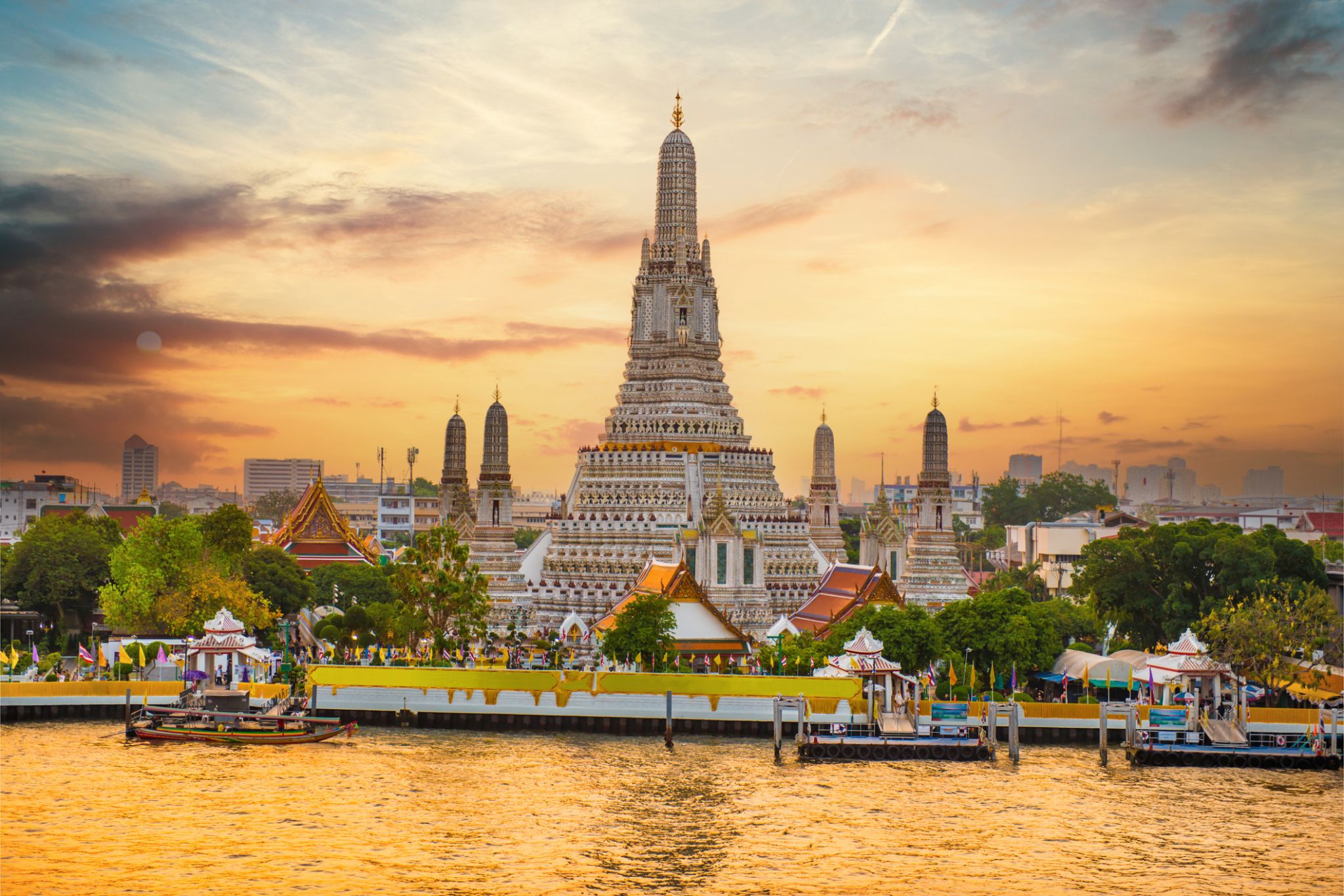 Dzień 25: 10:00
Dzień 25: 10:00Bangkok / Thailand
Bangkok is the capital and most populous city of Thailand. It is known in Thai as Krung Thep Maha Nakhon or simply Krung Thep. The city occupies 1,568.7 square kilometres (605.7 sq mi) in the Chao Phraya River delta in central Thailand, and has a population of over eight million, or 12.6 percent of the country's population. Over fourteen million people (22.2 percent) lived within the surrounding Bangkok Metropolitan Region at the 2010 census, making Bangkok the nation's primate city, significantly dwarfing Thailand's other urban centres in terms of importance.
-
 Dzień 26: 18:00
Dzień 26: 18:00Bangkok / Thailand
Bangkok is the capital and most populous city of Thailand. It is known in Thai as Krung Thep Maha Nakhon or simply Krung Thep. The city occupies 1,568.7 square kilometres (605.7 sq mi) in the Chao Phraya River delta in central Thailand, and has a population of over eight million, or 12.6 percent of the country's population. Over fourteen million people (22.2 percent) lived within the surrounding Bangkok Metropolitan Region at the 2010 census, making Bangkok the nation's primate city, significantly dwarfing Thailand's other urban centres in terms of importance.
-
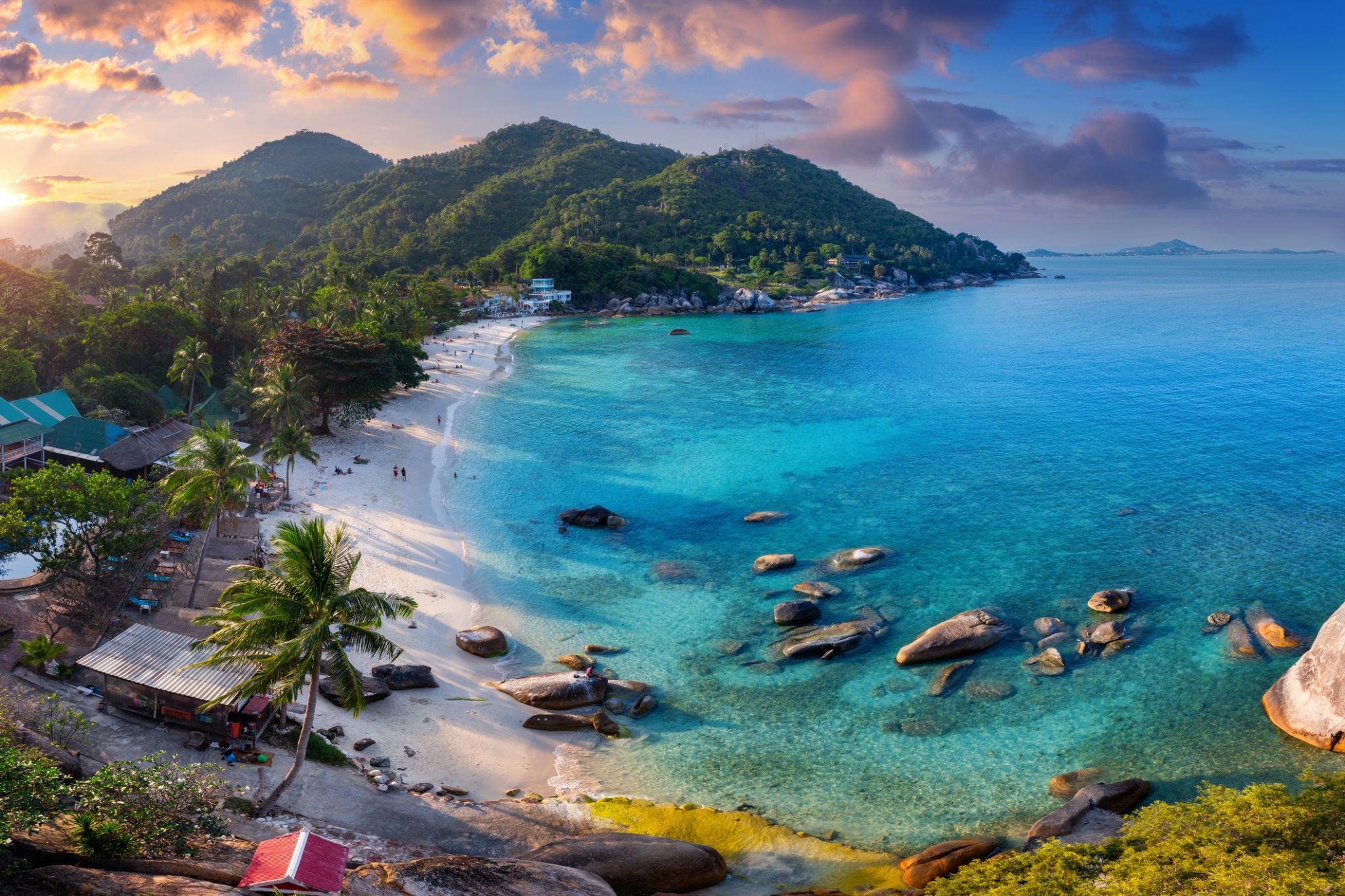 Dzień 27: 09:00-18:00
Dzień 27: 09:00-18:00Wyspa Samui / Koh Samui / Thailand
Wśród tropikalnych wysp Tajlandii Koh Samui wyróżnia się swoją unikalną naturą i atmosferą. Ta wyspa przyciąga podróżnych z całego świata swoimi białymi, piaszczystymi plażami, malowniczymi wodospadami i gęstymi dżunglami. To idealne miejsce na relaks, niezależnie od tego, czy chodzi o sport wodny, odkrywanie natury, czy po prostu cieszenie się ciszą i pięknem.
Dodatkowo, Koh Samui jest znana ze swojego dziedzictwa kulturowego, w tym wielu buddyjskich świątyń i sanktuariów. Jedną z najbardziej znanych jest Świątynia Wielkiego Buddy, która jest nie tylko centrum religijnym, ale także jedną z głównych atrakcji wyspy. Lokalne jedzenie, w tym świeże owoce morza i egzotyczne owoce, sprawi, że podróż będzie jeszcze bardziej ekscytująca i smaczna.
-
 Dzień 28:
Dzień 28:Dzień na morzu / Morze
-
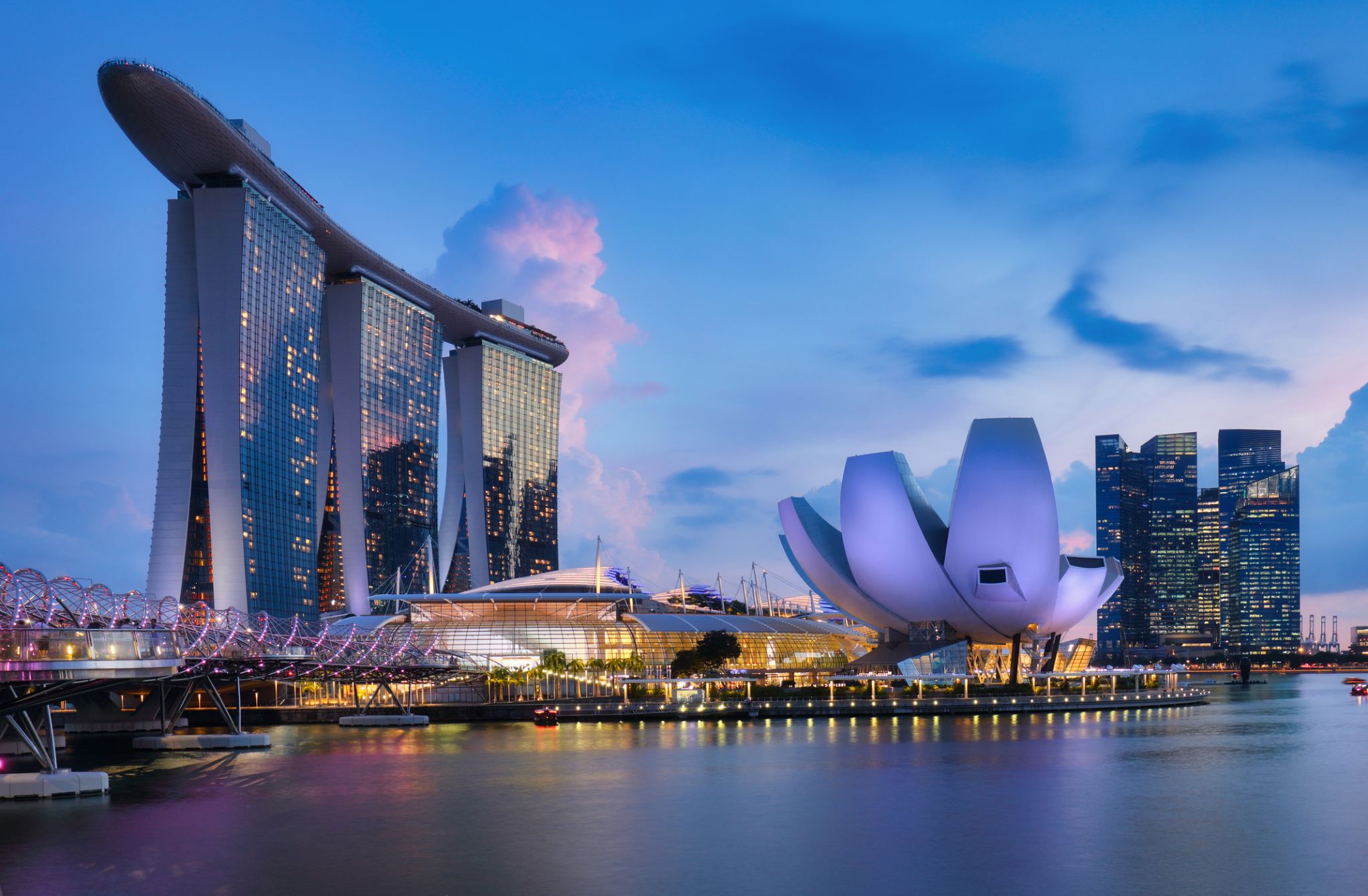 Dzień 29: 09:00
Dzień 29: 09:00Singapur / Singapur
-
 Dzień 30:
Dzień 30:Singapur / Singapur
-
 Dzień 30:
Dzień 30:Singapur / Singapur
-
 Dzień 31: 15:00
Dzień 31: 15:00Singapur / Singapur
-
 Dzień 32:
Dzień 32:Dzień na morzu / Morze
-
 Dzień 33: 10:00-20:00
Dzień 33: 10:00-20:00Bandar-Seri-Begawan / Brunei
-
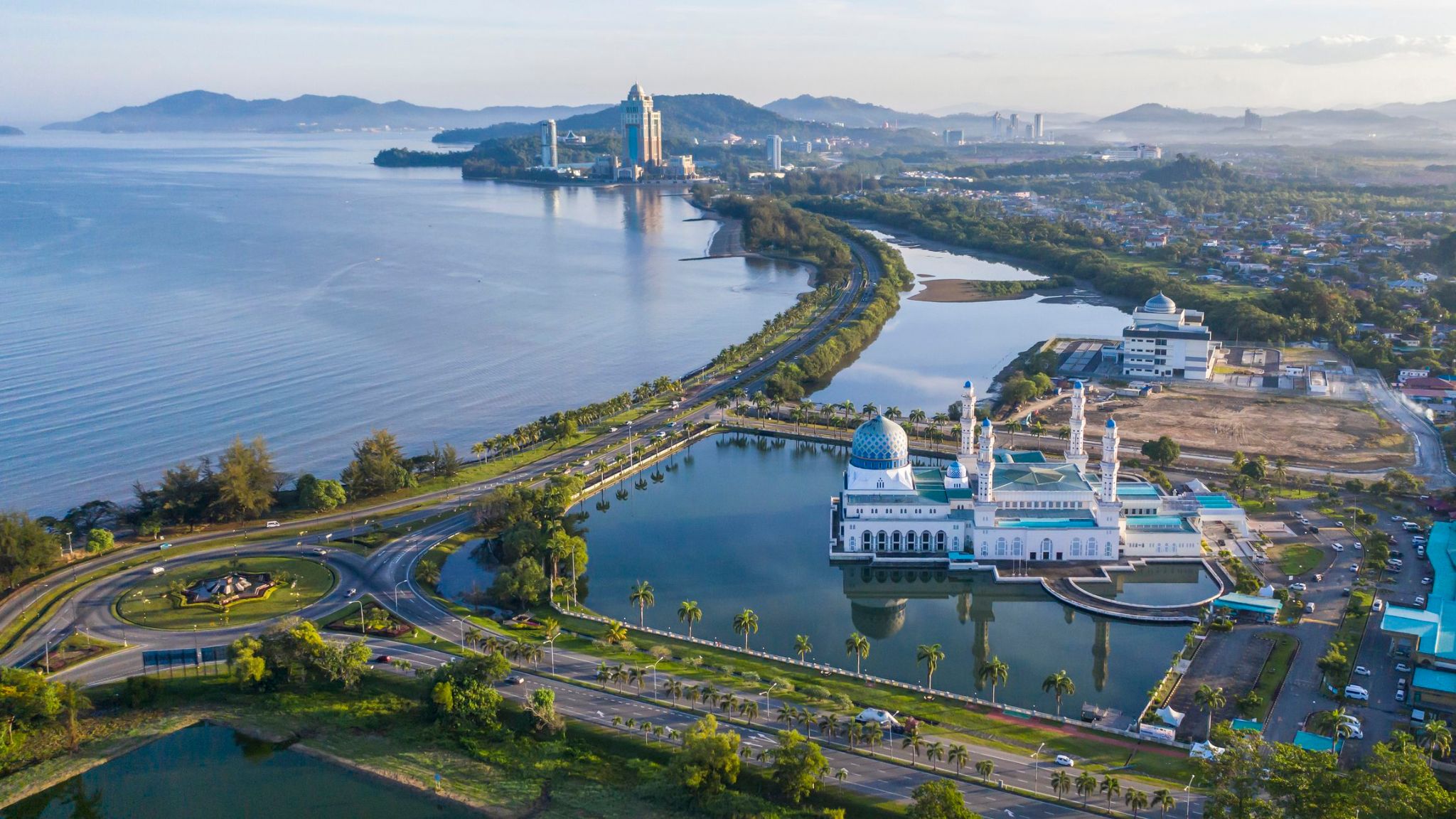 Dzień 34: 07:00-15:00
Dzień 34: 07:00-15:00Kota Kinabalu / Malaysia
Kota Kinabalu , formerly known as Jesselton, is the state capital of Sabah, Malaysia and the capital of the Kota Kinabalu District. It is also the capital of the West Coast Division of Sabah. The city is located on the northwest coast of Borneo facing the South China Sea. The Tunku Abdul Rahman National Park lies to its west and Mount Kinabalu, which gave the city its name, is located to its east. Kota Kinabalu has a population of 452,058 according to the 2010 census; when the adjacent Penampang and Putatan districts are included, the metro area has a combined population of 628,725.
In the 15th century, the area of Kota Kinabalu was under the influence of Bruneian Empire. In the 19th century, the British North Borneo Company (BNBC) first set up a settlement near the Gaya Island. However, it was destroyed by fire in 1897 by a local leader named Mat Salleh. In July 1899, the place located opposite to the Gaya Island was identified as a suitable place for settlements. Development in the area was started soon after that; and the place was named "Api-api" before it was renamed after the vice-chairman of BNBC as "Jesselton". Jesselton became a major trading port in the area, and was connected to the North Borneo Railway. Jesselton was largely destroyed during World War II. The Japanese occupation of Jesselton provoked several local uprisings notably the Jesselton Revolt but they were eventually defeated by the Japanese. After the war, BNBC was unable to finance the high cost of reconstructions and the place was ceded to the British Crown Colony. The British Crown declared Jesselton as the new capital of North Borneo in 1946 and started to rebuild the town. After the formation of Malaysia, North Borneo was renamed as Sabah. In 1967, Jesselton was renamed as Kota Kinabalu, Kota being the Malay word for Fort and Kinabalu after the nearby Mount Kinabalu. Kota Kinabalu was granted city status in 2000.
Kota Kinabalu is often known as KK both in Malaysia and internationally. It is a major tourist destination and a popular gateway for travellers visiting Sabah and Borneo. Kinabalu Park is located about 90 kilometres from the city and there are many other tourist attractions in and around the city. Kota Kinabalu is also one of the major industrial and commercial centres of East Malaysia. These two factors combine to make Kota Kinabalu one of the fastest growing cities in Malaysia.
-
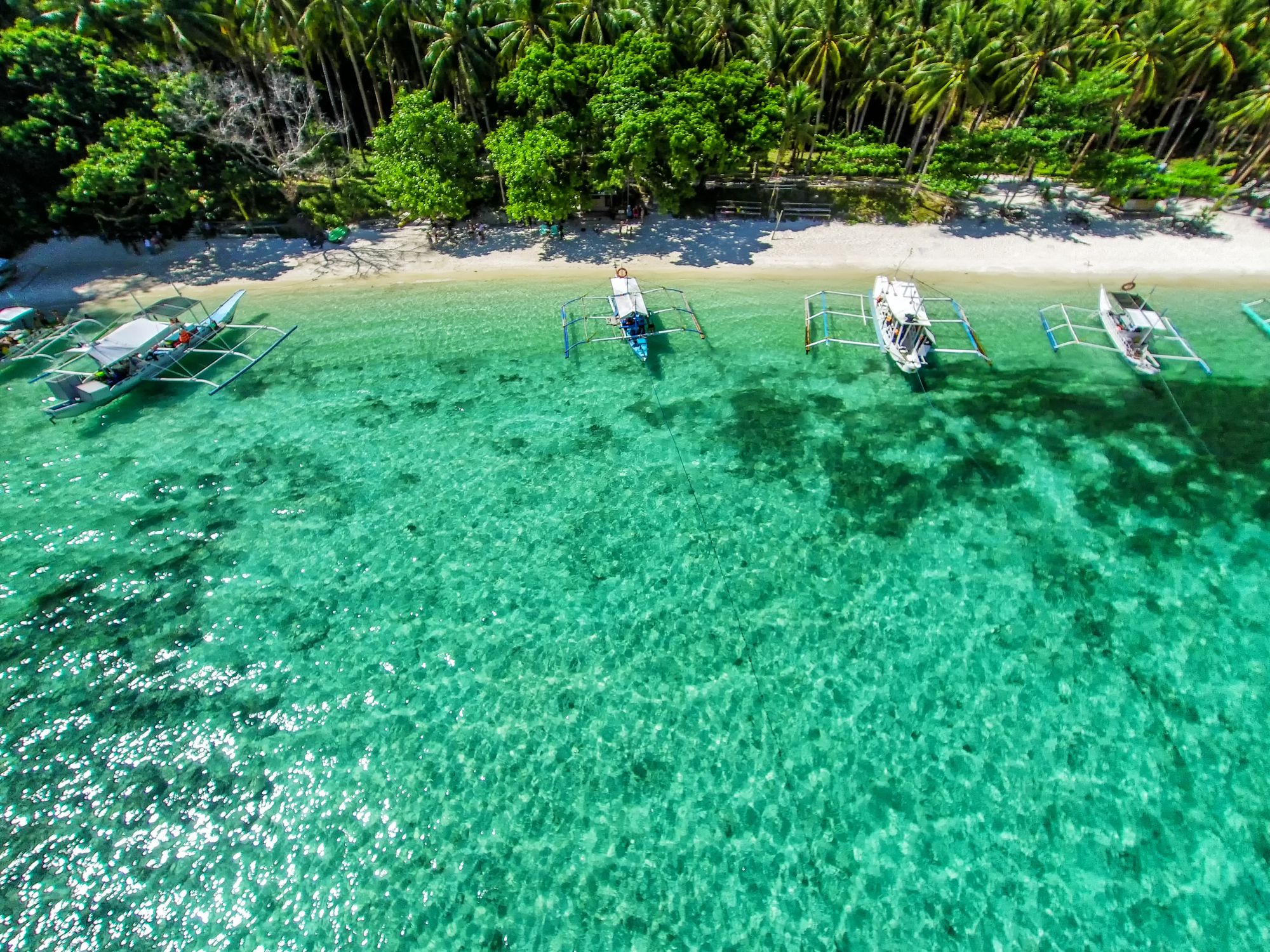 Dzień 35: 11:00-18:00
Dzień 35: 11:00-18:00Puerto Princesa / Philippine Islands
Puerto Princesa to miasto na filipińskiej wyspie Palawan, szeroko znane dzięki jednej z cudów natury — Podziemnej Rzece Puerto Princesa, wpisanej na listę światowego dziedzictwa UNESCO. Ten system jaskiń i podziemnych rzek, przebiegający przez wapienne formacje, przyciąga podróżnych z całego świata możliwością rejsu łodzią i podziwiania stalaktytów, stalagmitów oraz unikalnej ekosystemu. Miasto jest również doskonałą bazą wypadową do odkrywania niezwykłej przyrody Palawanu: tropikalnych lasów, wybrzeży i rezerwatów przyrody.
Poza atrakcjami przyrodniczymi, Puerto Princesa słynie z czystych ulic, przyjaznej atmosfery i dobrze rozwiniętej infrastruktury turystycznej. Można tu skosztować świeżych owoców morza, odwiedzić nocne targi lub wybrać się na wycieczki po wyspach w zatoce Honda. Miasto aktywnie rozwija ekoturystykę, dbając o równowagę między rozwojem a ochroną środowiska. Dla podróżników poszukujących połączenia przygody, relaksu i lokalnej kultury, Puerto Princesa staje się coraz bardziej atrakcyjnym kierunkiem.
-
 Dzień 36: 10:00-18:00
Dzień 36: 10:00-18:00WYSPA BORACAY
-
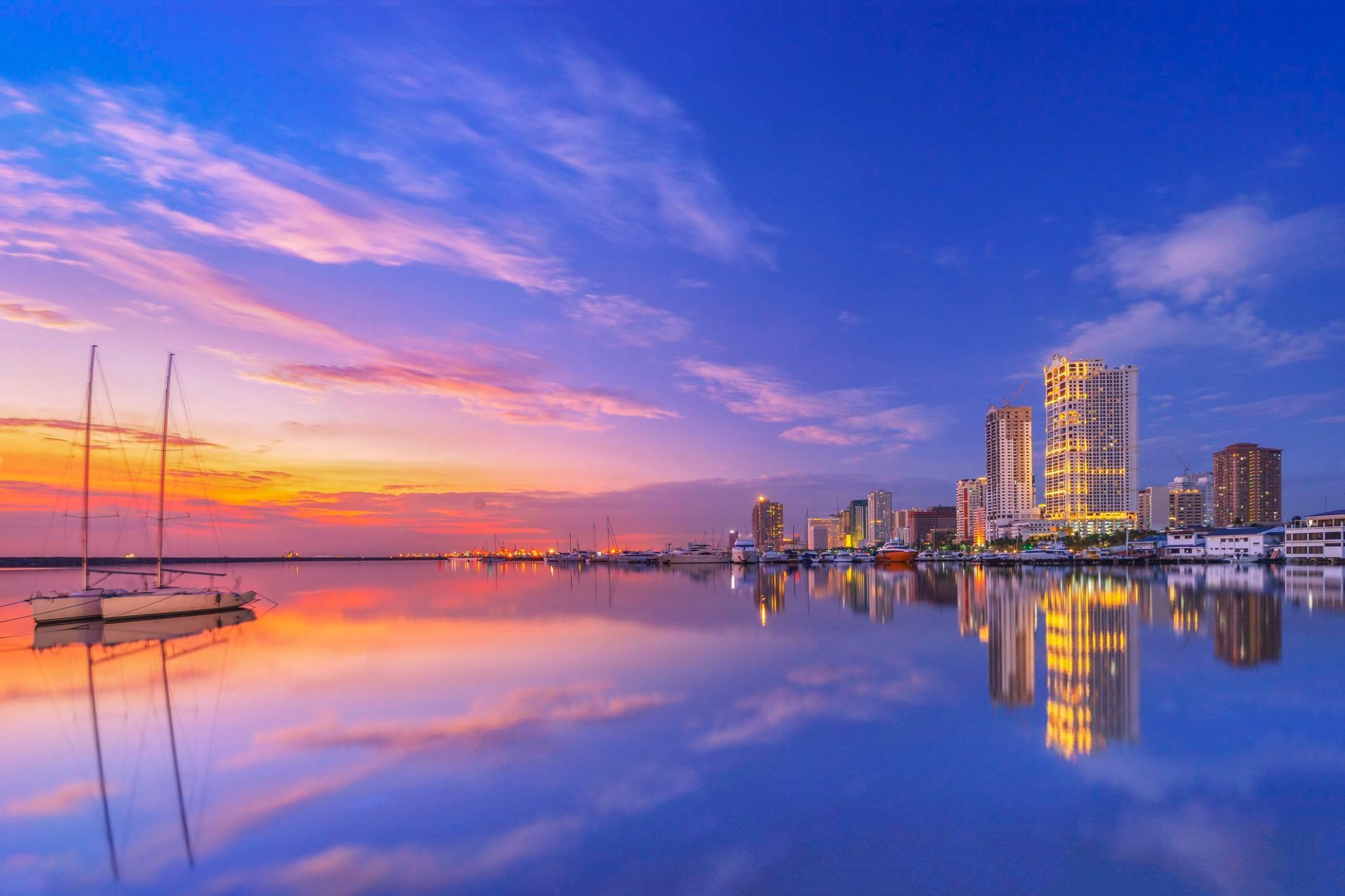 Dzień 37: 09:00-18:00
Dzień 37: 09:00-18:00Manila / Philippine Islands
Manila, officially the City of Manila, is the capital of the Philippines. It is the most densely populated city proper in the world. It was the first chartered city by virtue of the Philippine Commission Act 183 on July 31, 1901 and gained autonomy with the passage of Republic Act No. 409 or the "Revised Charter of the City of Manila" on June 18, 1949.
-
 Dzień 38:
Dzień 38:Dzień na morzu / Morze
-
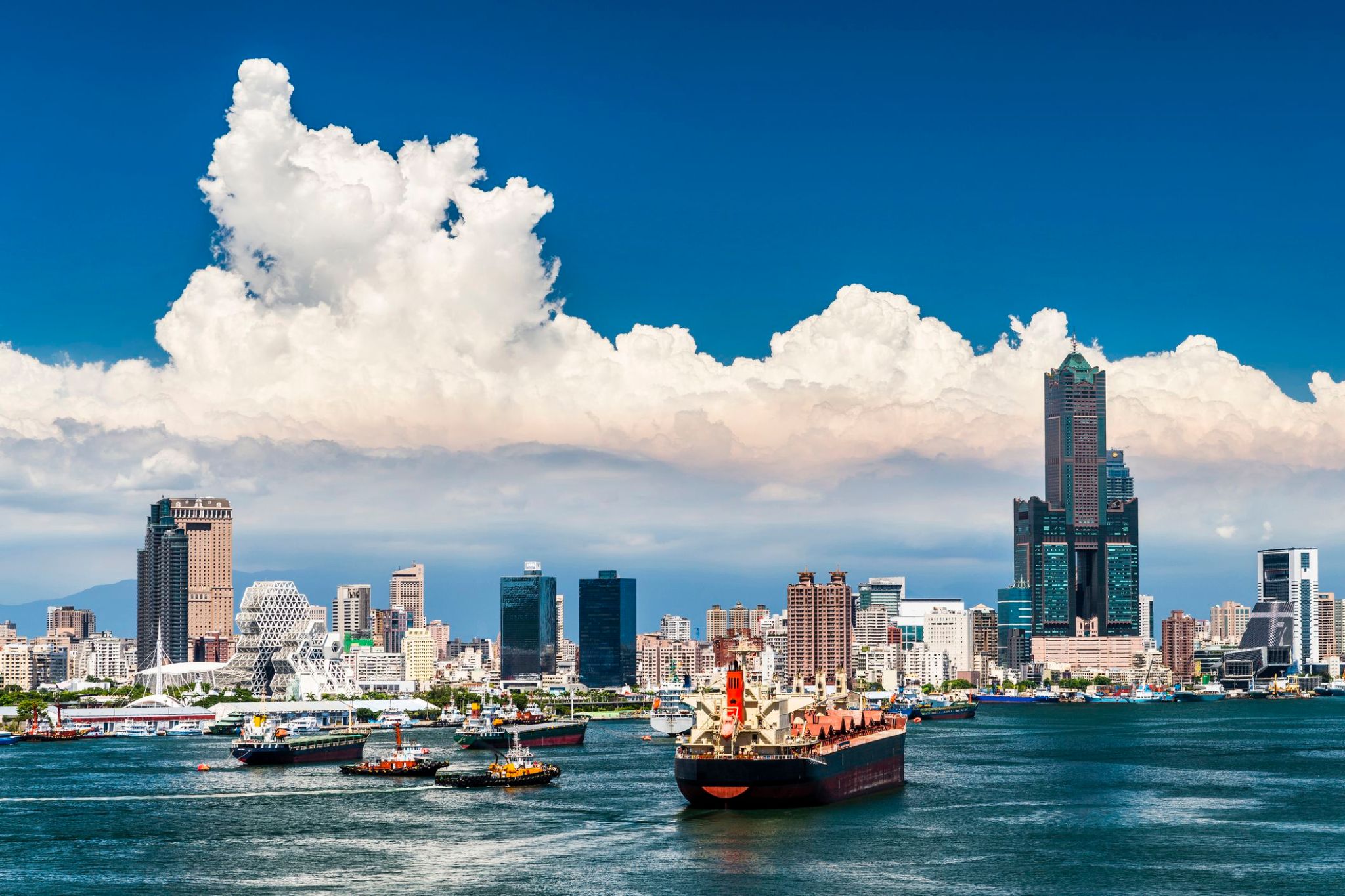 Dzień 39: 07:00-16:00
Dzień 39: 07:00-16:00Kaohsiung / Taiwan
Kaohsiung — Morskie wrota Tajwanu z sercem metropolii i duszą tropików
Witamy w Kaohsiung — dynamicznym mieście na południowym wybrzeżu Tajwanu, gdzie energia portu łączy się z spokojem oceanicznych krajobrazów. To nie tylko centrum przemysłowe, ale także kulturalne serce, które zachwyca łagodnym klimatem, obfitą naturą i tętniącą życiem atmosferą. W 2009 roku Kaohsiung było gospodarzem Światowych Igrzysk, co umocniło jego status jako ważnego międzynarodowego centrum. Tutaj niemal codziennie świeci słońce, a horyzont, na którym spotykają się góry, zatoki i nowoczesne budynki, zachwyca za każdym razem.
Turyści znajdą tutaj wiele ciekawych atrakcji: od spokojnych spacerów wzdłuż Rzeki Miłości po zapierające dech w piersiach widoki z szczytu góry Shoushan. Miasto oferuje również ogromną różnorodność kulturową, od starożytnych ulic dzielnicy Zuoyin po wieś Meinong, gdzie można podziwiać tradycyjne rzemiosło. Kaohsiung to nie tylko punkt na mapie, ale podróż do atmosfery, w której natura, historia i nowoczesność łączą się w unikalne doświadczenie.
-
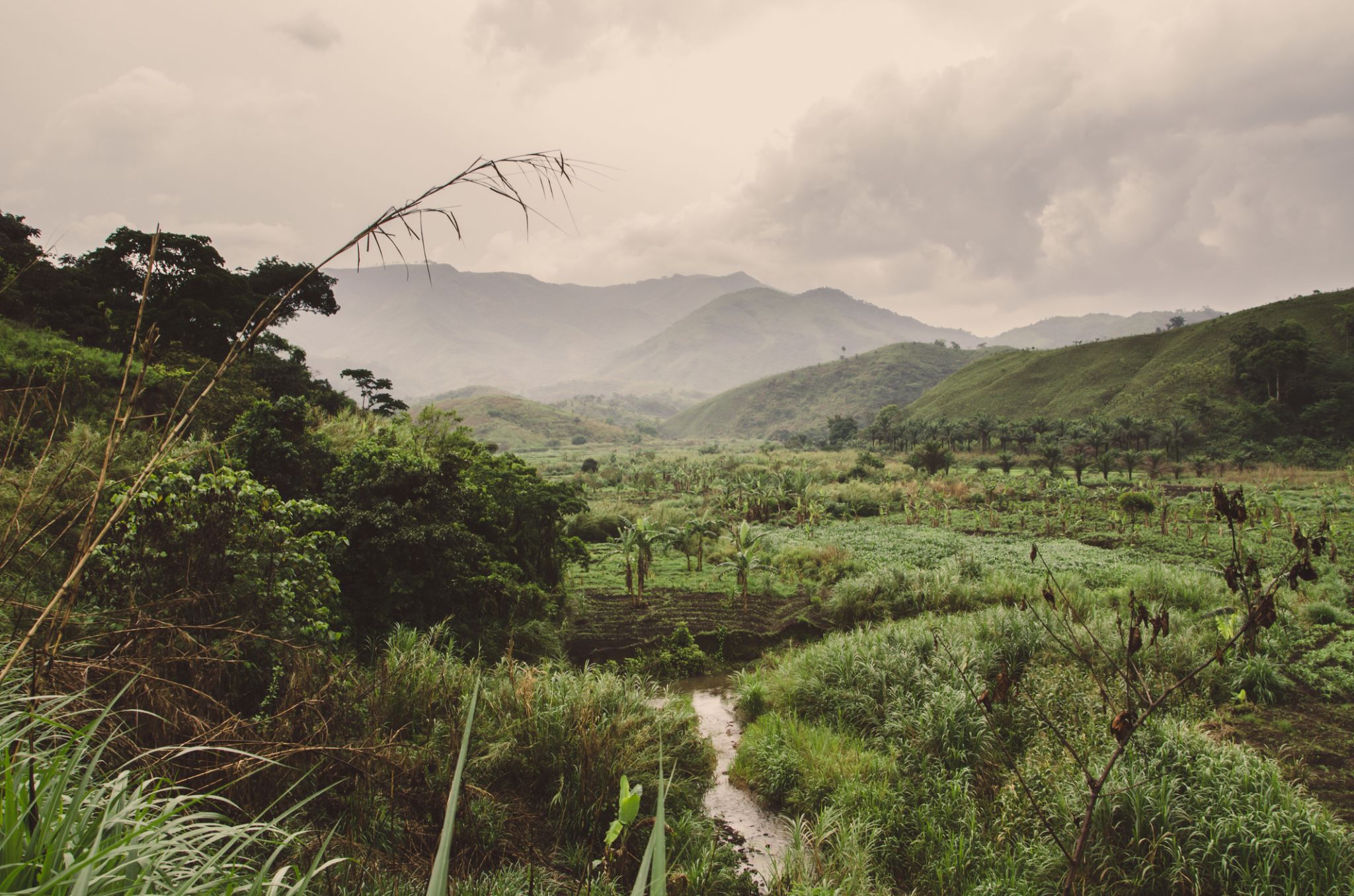 Dzień 40: 14:00
Dzień 40: 14:00Limbe / Cameroon
-
 Dzień 41:
Dzień 41:Limbe / Cameroon
-
 Dzień 42:
Dzień 42:Dzień na morzu / Morze
-
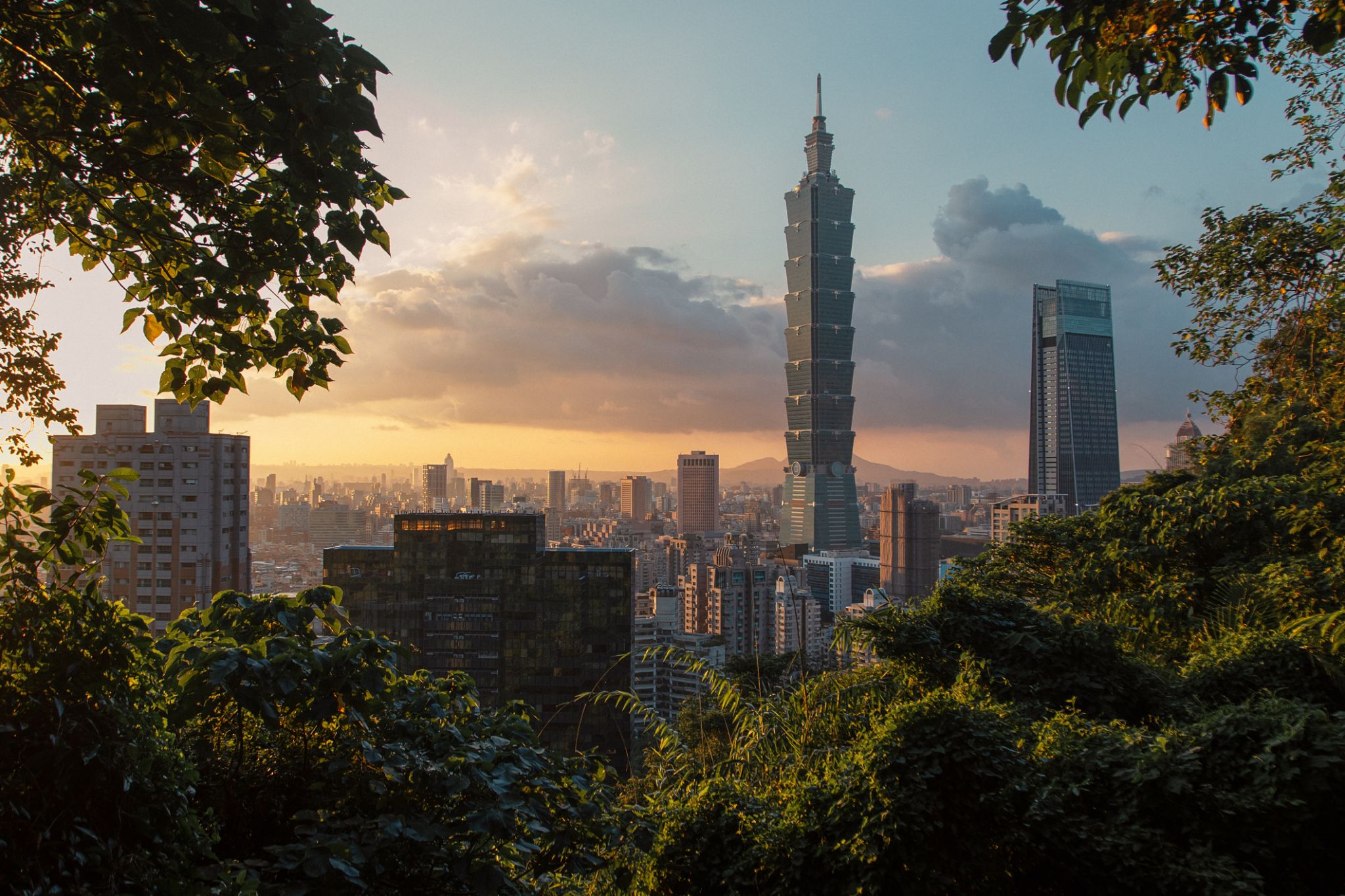 Dzień 43: 07:00-17:00
Dzień 43: 07:00-17:00Tajpej / Taiwan
Taiwan it is a state in East Asia. It includes the neighbors of the Republic of China and the Philippines to the south. It is not a member of the United Nations.
The island of Taiwan was formerly known as the island of mass migration. The island was annexed in 1683 by the Qing dynasty, the last dynasty. The Qing ceded Taiwan to Japan in 1895 after the Sino-Japanese War. The Republic of China (ROC) was established after the fall of the Qing dynasty. The following is the Japanese surrender to the Allies in 1945; However, it’s not a problem, but it’s not a problem. It has been up to 99% of its de facto territory. The United States of America is the United States of America in the United States of America until 1971, when it’s lost.
-
 Dzień 44:
Dzień 44:Dzień na morzu / Morze
-
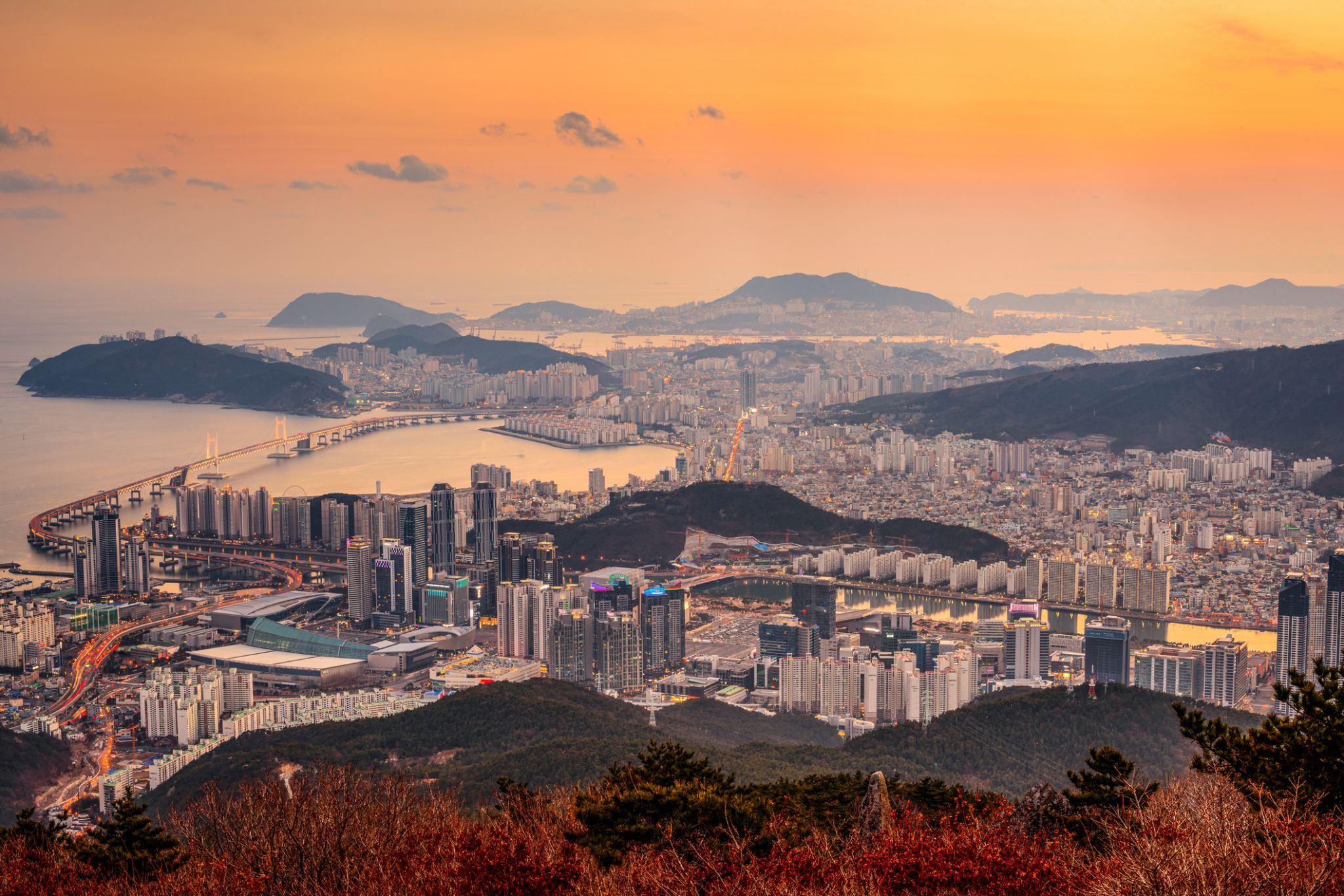 Dzień 45: 10:00-19:00
Dzień 45: 10:00-19:00Busan / Korea
Busan, formerly known as Pusan and now officially Busan Metropolitan City, is South Korea's second most-populous city after Seoul, with a population of over 3.5 million inhabitants. It is the economic, cultural and educational center of southeastern Korea, with its port—Korea's busiest and the 9th-busiest in the world—only about 120 miles (190 km) from the Japanese islands of Kyushu and Honshu. The surrounding "Southeast Economic Zone" (including Ulsan and South Gyeongsang) is now South Korea's largest industrial area.
-
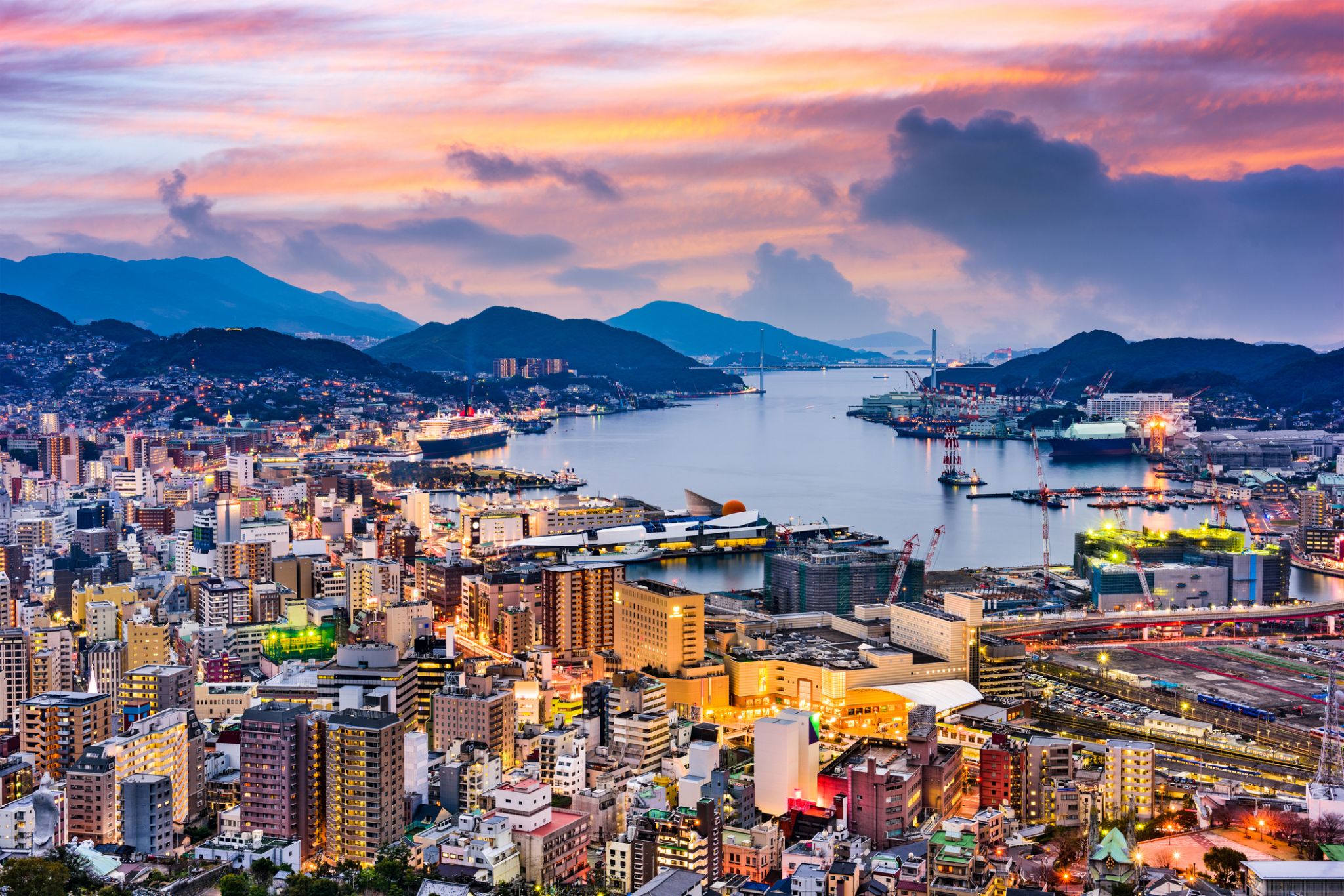 Dzień 46: 07:00-15:00
Dzień 46: 07:00-15:00Nagasaki / Japonia
Nagasaki is the capital and the largest city of Nagasaki Prefecture on the island of Kyushu in Japan. The city's name means "long cape" in Japanese. Nagasaki became a centre of colonial Portuguese and Dutch influence in the 16th through 19th centuries, and the Hidden Christian Sites in the Nagasaki Region have been recognized and included in the UNESCO World Heritage List. Part of Nagasaki was home to a major Imperial Japanese Navy base during the First Sino-Japanese War and Russo-Japanese War.
During World War II, the American atomic bombings of Hiroshima and Nagasaki made Nagasaki the second and, to date, last city in the world to experience a nuclear attack (at 11:02 a.m., August 9, 1945 'Japan Standard Time (UTC+9)').
As of 1 March 2017, the city has an estimated population of 425,723 and a population density of 1,000 people per km2. The total area is 406.35 km2 (156.89 sq mi).
-
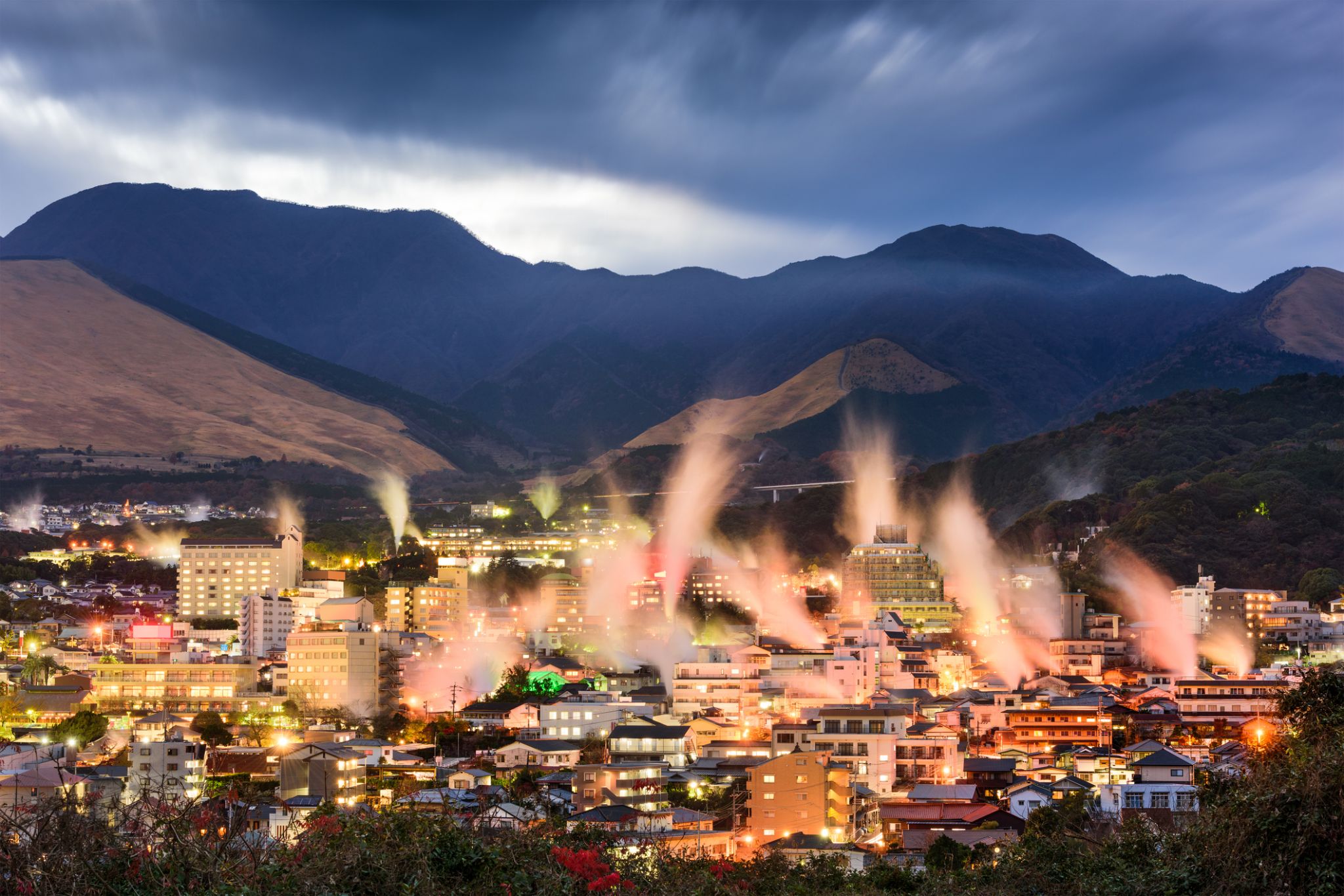 Dzień 47: 11:00-18:00
Dzień 47: 11:00-18:00Beppu / Japonia
Beppu is a city in Ōita Prefecture on the island of Kyushu, Japan, at the west end of Beppu Bay. As of March 31, 2017, the city had a population of 122,643 and a population density of 980/km2 (2,500/sq mi). The total area is 125.13 km2 (48.31 sq mi). Beppu is famous for its hot springs.
-
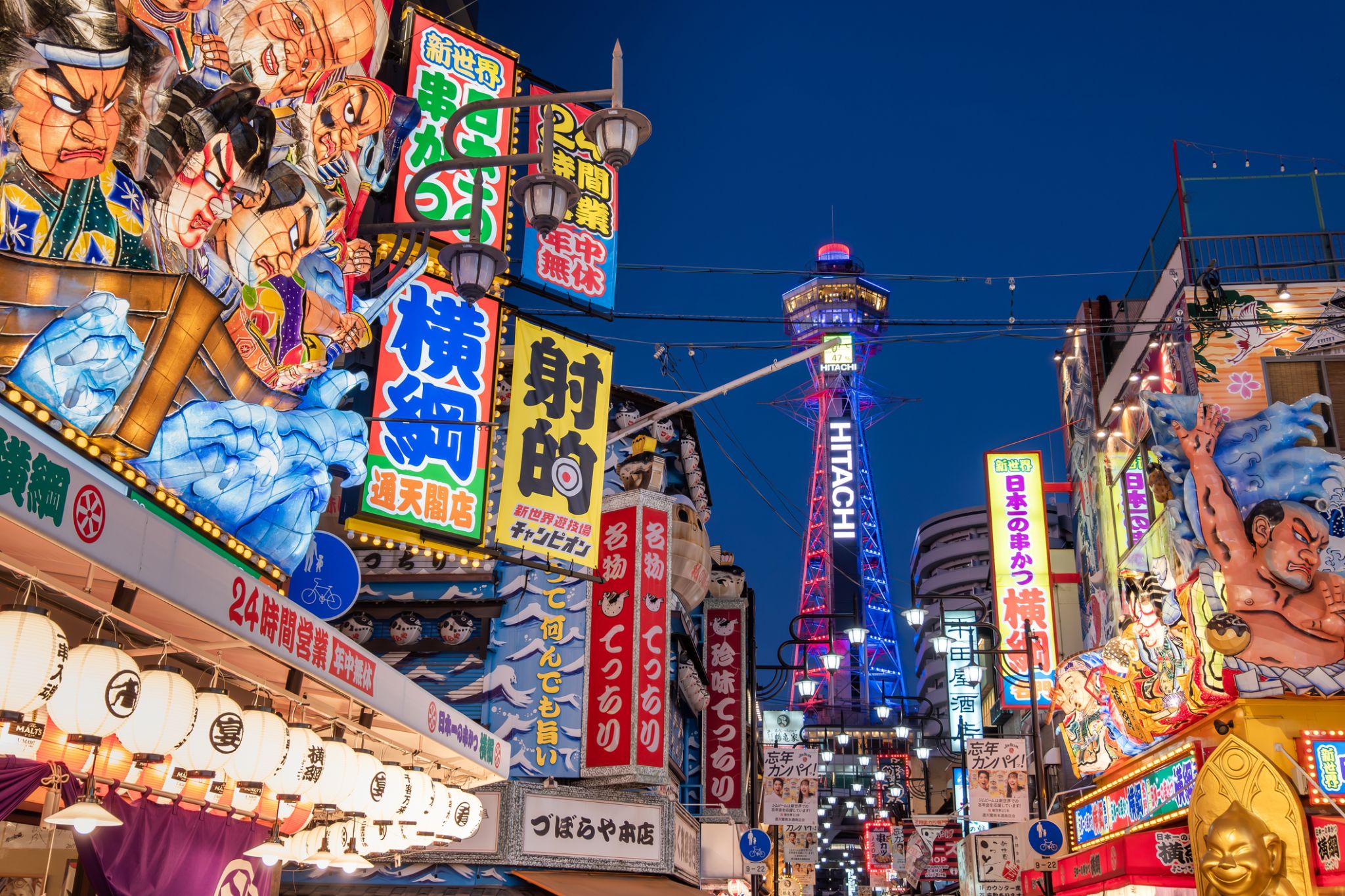 Dzień 48: 11:00
Dzień 48: 11:00Osaka / Japonia
Osaka is a designated city in the Kansai regionof Japan. It is the capital city of Osaka Prefecture and the largest component of the Keihanshin Metropolitan Area, the second largest metropolitan area in Japan and among the largest in the world with over 19 million inhabitants. Osaka will host Expo 2025. The current mayor of Osaka is Hirohumi Yoshimura.
-
 Dzień 49: 17:00
Dzień 49: 17:00Osaka / Japonia
Osaka is a designated city in the Kansai regionof Japan. It is the capital city of Osaka Prefecture and the largest component of the Keihanshin Metropolitan Area, the second largest metropolitan area in Japan and among the largest in the world with over 19 million inhabitants. Osaka will host Expo 2025. The current mayor of Osaka is Hirohumi Yoshimura.
-
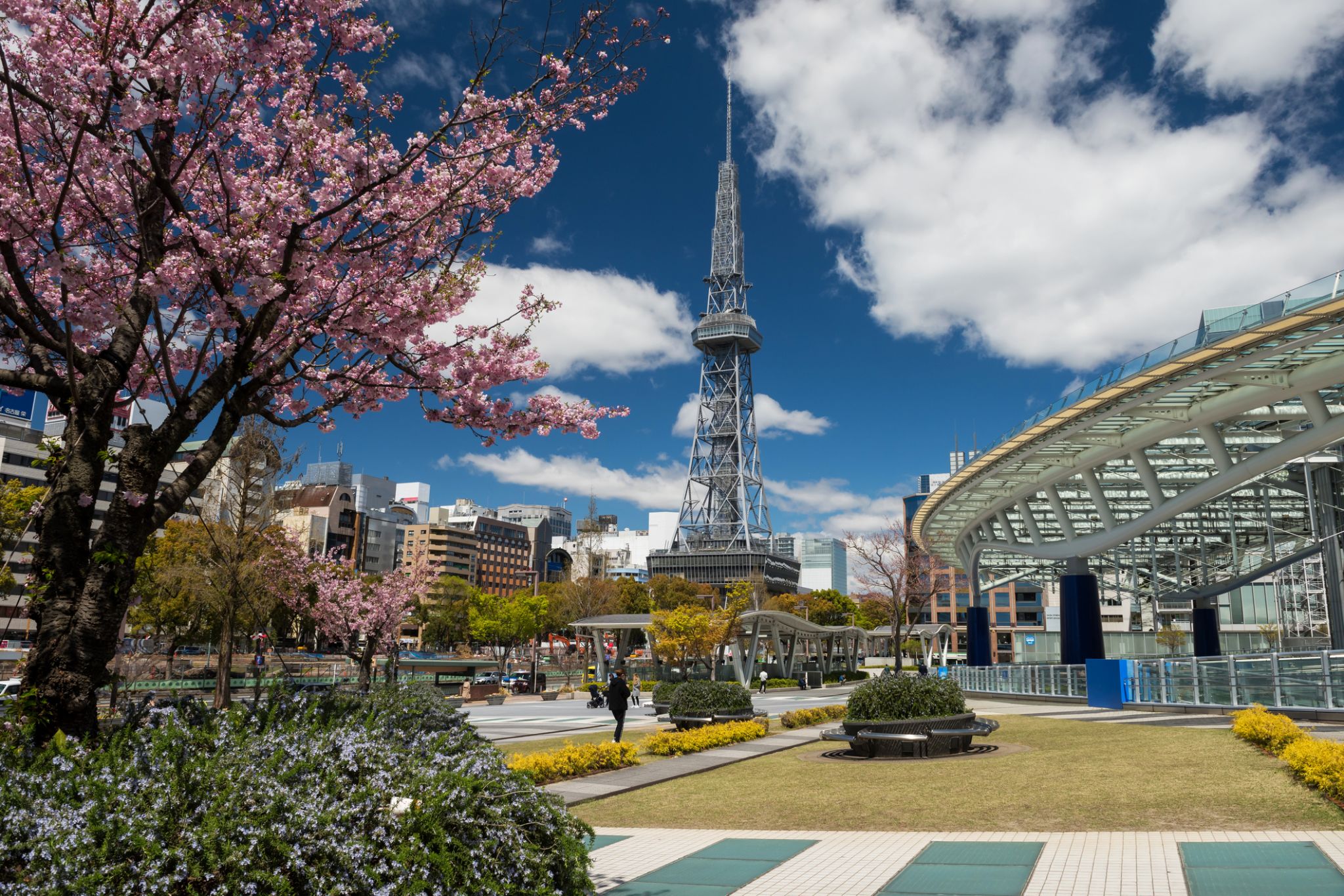 Dzień 50: 08:00-17:00
Dzień 50: 08:00-17:00Nagoya / Japonia
Nagoya is the largest city in the Chūbu region of Japan. It is Japan's fourth-largest incorporated city and the third-most-populous urban area. It is located on the Pacific coast on central Honshu. It is the capital of Aichi Prefectureand is one of Japan's major ports along with those of Tokyo, Osaka, Kobe, Yokohama, Chiba, and Kitakyushu. It is also the center of Japan's third-largest metropolitan region, known as the Chūkyō metropolitan area. As of 2015, 2.28 million people lived in the city, part of Chūkyō Metropolitan Area's 10.11 million people. It is also one of the 50 largest urban areas in the world.
-
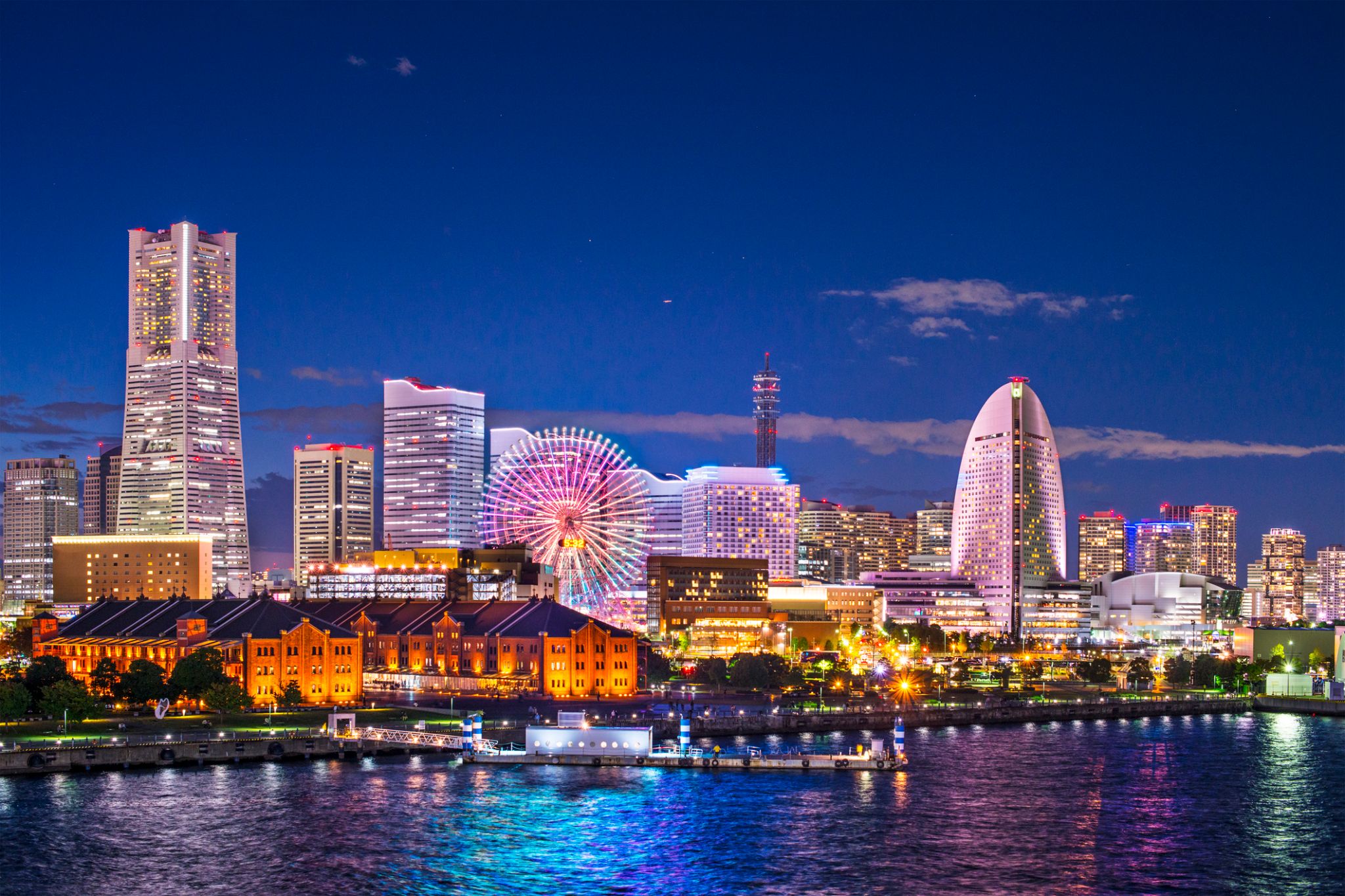 Dzień 51: 07:00
Dzień 51: 07:00Yokohama (Tokio) / Japonia
Tokyo, officially Tokyo Metropolis, one of the 47 prefectures of Japan, has served as the Japanese capital since 1869. As of 2014, the Greater Tokyo Arearanked as the most populous metropolitan area in the world. The urban area houses the seat of the Emperor of Japan, of the Japanese government and of the National Diet. Tokyo forms part of the Kantō region on the southeastern side of Japan's main island, Honshu, and includes the Izu Islands and Ogasawara Islands. Tokyo was formerly named Edo when Shōgun Tokugawa Ieyasu made the city his headquarters in 1603. It became the capital after Emperor Meiji moved his seat to the city from Kyoto in 1868; at that time Edo was renamed Tokyo. Tokyo Metropolis formed in 1943 from the merger of the former Tokyo Prefecture and the city of Tokyo. Tokyo is often referred to as a city but is officially known and governed as a "metropolitan prefecture", which differs from and combines elements of a city and a prefecture, a characteristic unique to Tokyo.
The 23 Special Wards of Tokyo were formerly Tokyo City. On July 1, 1943, it merged with Tokyo Prefecture and became Tokyo Metropolis with an additional 26 municipalities in the western part of the prefecture, and the Izu islandsand Ogasawara islands south of Tokyo. The population of the special wards is over 9 million people, with the total population of Tokyo Metropolis exceeding 13.8 million. The prefecture is part of the world's most populous metropolitan area called the Greater Tokyo Area with over 38 million people and the world's largest urban agglomeration economy. As of 2011, Tokyo hosted 51 of the Fortune Global 500 companies, the highest number of any city in the world at that time. Tokyo ranked third (twice) in the International Financial Centres Development Index. The city is home to various television networks such as Fuji TV, Tokyo MX, TV Tokyo, TV Asahi, Nippon Television, NHK and the Tokyo Broadcasting System.
-
 Dzień 52:
Dzień 52:Yokohama (Tokio) / Japonia
Tokyo, officially Tokyo Metropolis, one of the 47 prefectures of Japan, has served as the Japanese capital since 1869. As of 2014, the Greater Tokyo Arearanked as the most populous metropolitan area in the world. The urban area houses the seat of the Emperor of Japan, of the Japanese government and of the National Diet. Tokyo forms part of the Kantō region on the southeastern side of Japan's main island, Honshu, and includes the Izu Islands and Ogasawara Islands. Tokyo was formerly named Edo when Shōgun Tokugawa Ieyasu made the city his headquarters in 1603. It became the capital after Emperor Meiji moved his seat to the city from Kyoto in 1868; at that time Edo was renamed Tokyo. Tokyo Metropolis formed in 1943 from the merger of the former Tokyo Prefecture and the city of Tokyo. Tokyo is often referred to as a city but is officially known and governed as a "metropolitan prefecture", which differs from and combines elements of a city and a prefecture, a characteristic unique to Tokyo.
The 23 Special Wards of Tokyo were formerly Tokyo City. On July 1, 1943, it merged with Tokyo Prefecture and became Tokyo Metropolis with an additional 26 municipalities in the western part of the prefecture, and the Izu islandsand Ogasawara islands south of Tokyo. The population of the special wards is over 9 million people, with the total population of Tokyo Metropolis exceeding 13.8 million. The prefecture is part of the world's most populous metropolitan area called the Greater Tokyo Area with over 38 million people and the world's largest urban agglomeration economy. As of 2011, Tokyo hosted 51 of the Fortune Global 500 companies, the highest number of any city in the world at that time. Tokyo ranked third (twice) in the International Financial Centres Development Index. The city is home to various television networks such as Fuji TV, Tokyo MX, TV Tokyo, TV Asahi, Nippon Television, NHK and the Tokyo Broadcasting System.
-
 Dzień 53:
Dzień 53:Dzień na morzu / Morze
-
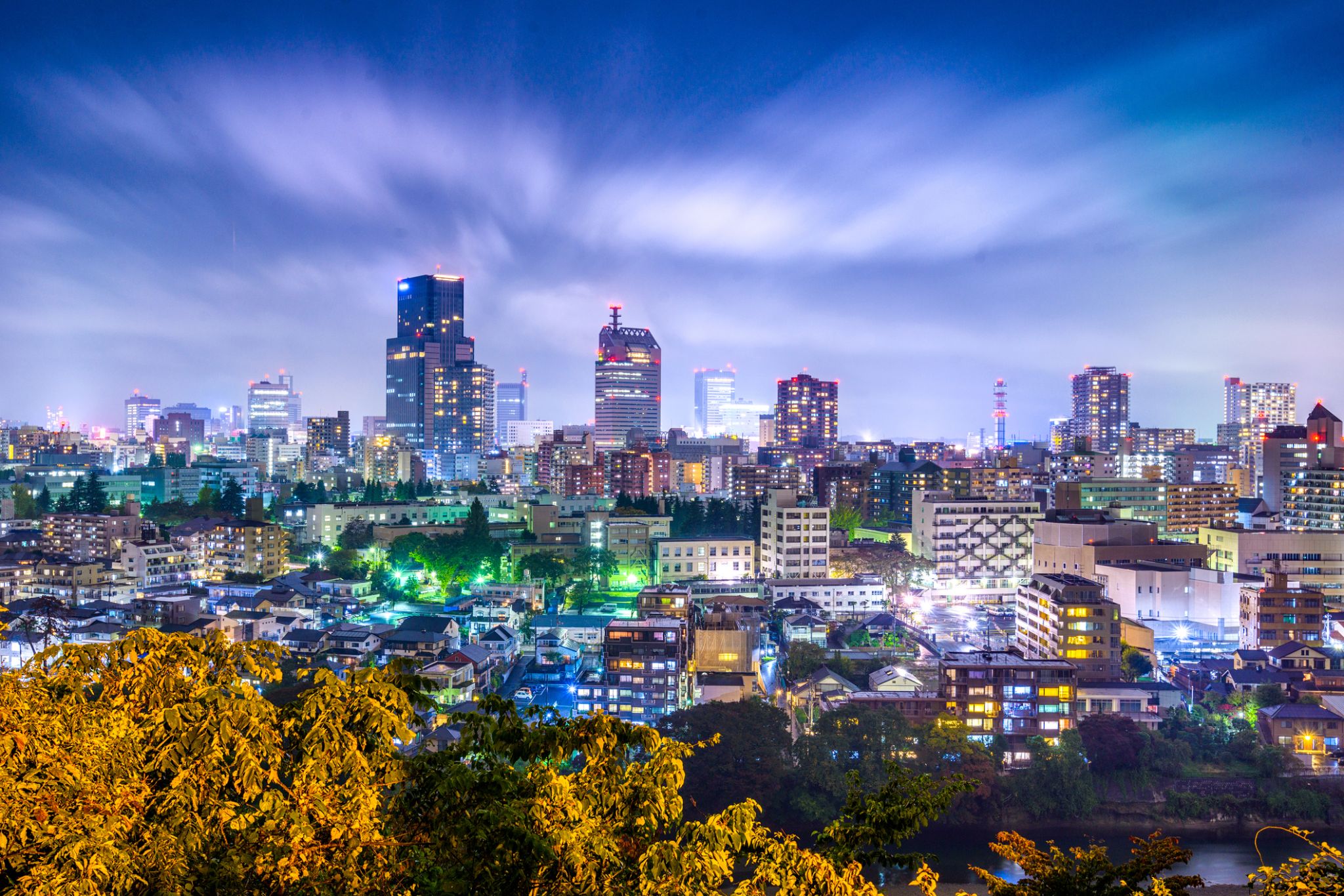 Dzień 54: 07:00-19:00
Dzień 54: 07:00-19:00Sendai Miyagi / Japonia
-
 Dzień 55: 07:00-18:00
Dzień 55: 07:00-18:00Miyakojima Miyako / Japonia
-
 Dzień 56: 07:00-15:00
Dzień 56: 07:00-15:00Muroran / Japonia
-
 Dzień 57:
Dzień 57:Dzień na morzu / Morze
-
 Dzień 58:
Dzień 58:Dzień na morzu / Morze
-
 Dzień 59:
Dzień 59: -
 Dzień 60:
Dzień 60:Dzień na morzu / Morze
-
 Dzień 61:
Dzień 61:Dzień na morzu / Morze
-
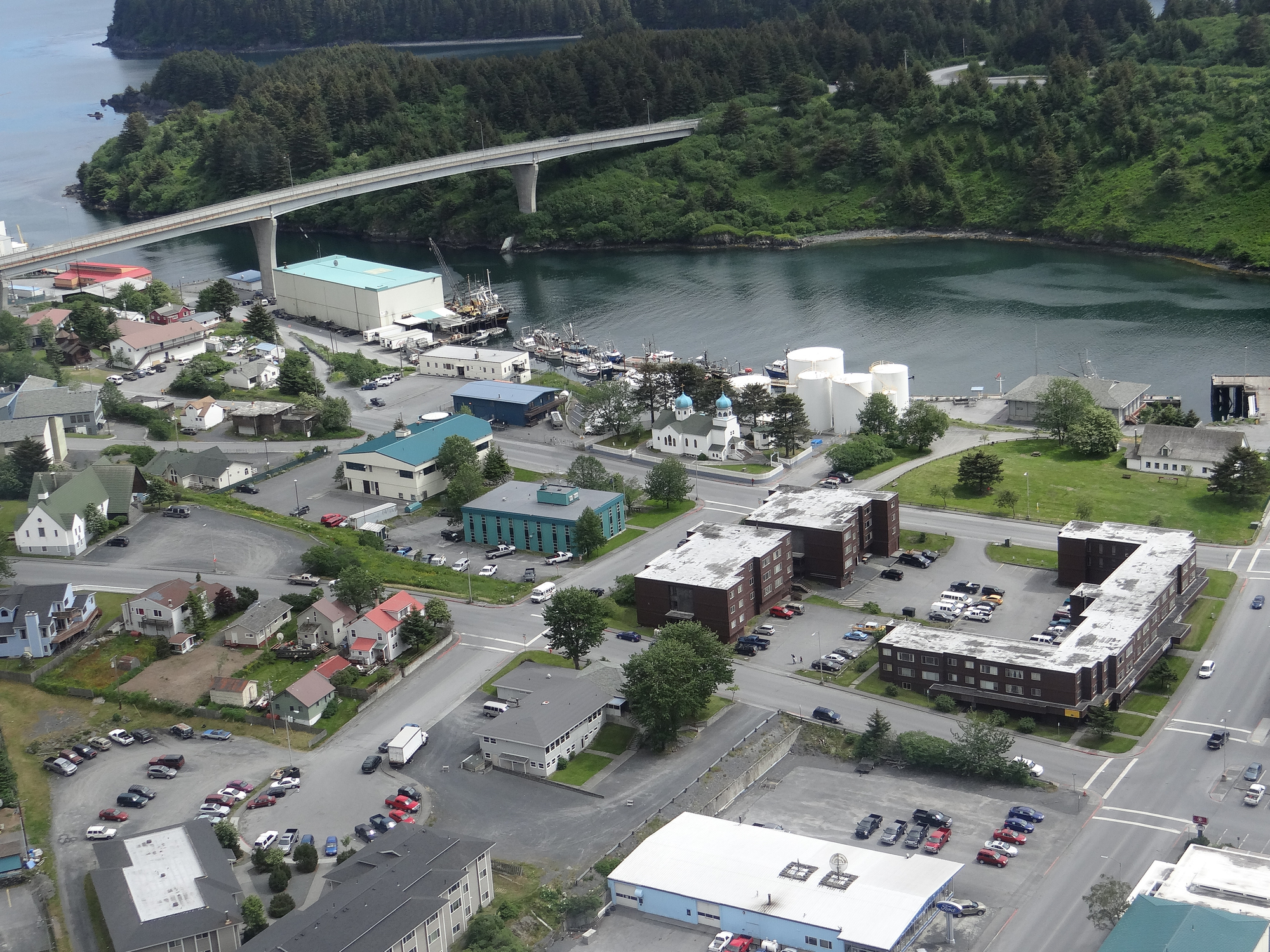 Dzień 62: 13:00-20:00
Dzień 62: 13:00-20:00Kodiak / Alaska
Kodiak is one of seven communities and the main city on Kodiak Island, Kodiak Island Borough, in the U.S. state of Alaska. All commercial transportation between the entire island and the outside world goes through this city either via ferryboat or airline. The population was 6,130 as of the 2010 census. 2014 estimates put the population at 6,304.
Originally inhabited by Alutiiq natives for over 7,000 years, the city was settled in the 18th century by the subjects of the Russian crown and became the capital of Russian Alaska.
Harvesting of the area's sea otter pelts led to the near extinction of the animal in the following century and led to wars with and enslavement of the natives for over 150 years.
After the Alaska Purchase by the United States in 1867, Kodiak became a commercial fishing center which continues to be the mainstay of its economy. A lesser economic influence includes tourism, mainly by those seeking outdoor adventure trips. Salmon, halibut, the unique Kodiak bear, elk, Sitka deer (black tail), and mountain goats attract hunting tourists as well as fishermen to the Kodiak Archipelago. The Alaska Department of Fish and Game maintains an office in the city and a website to help hunters and fishermen obtain the proper permits and learn about the laws specific to the Kodiak area.
-
 Dzień 63: 07:00-15:00
Dzień 63: 07:00-15:00Homer / Alaska
-
 Dzień 64: 11:00-18:00
Dzień 64: 11:00-18:00Zamocowanie
-
 Dzień 65: 13:00-17:00
Dzień 65: 13:00-17:00Dzień na morzu / Morze
-
 Dzień 66:
Dzień 66:Dzień na morzu / Morze
-
 Dzień 67:
Dzień 67:Dzień na morzu / Morze
-
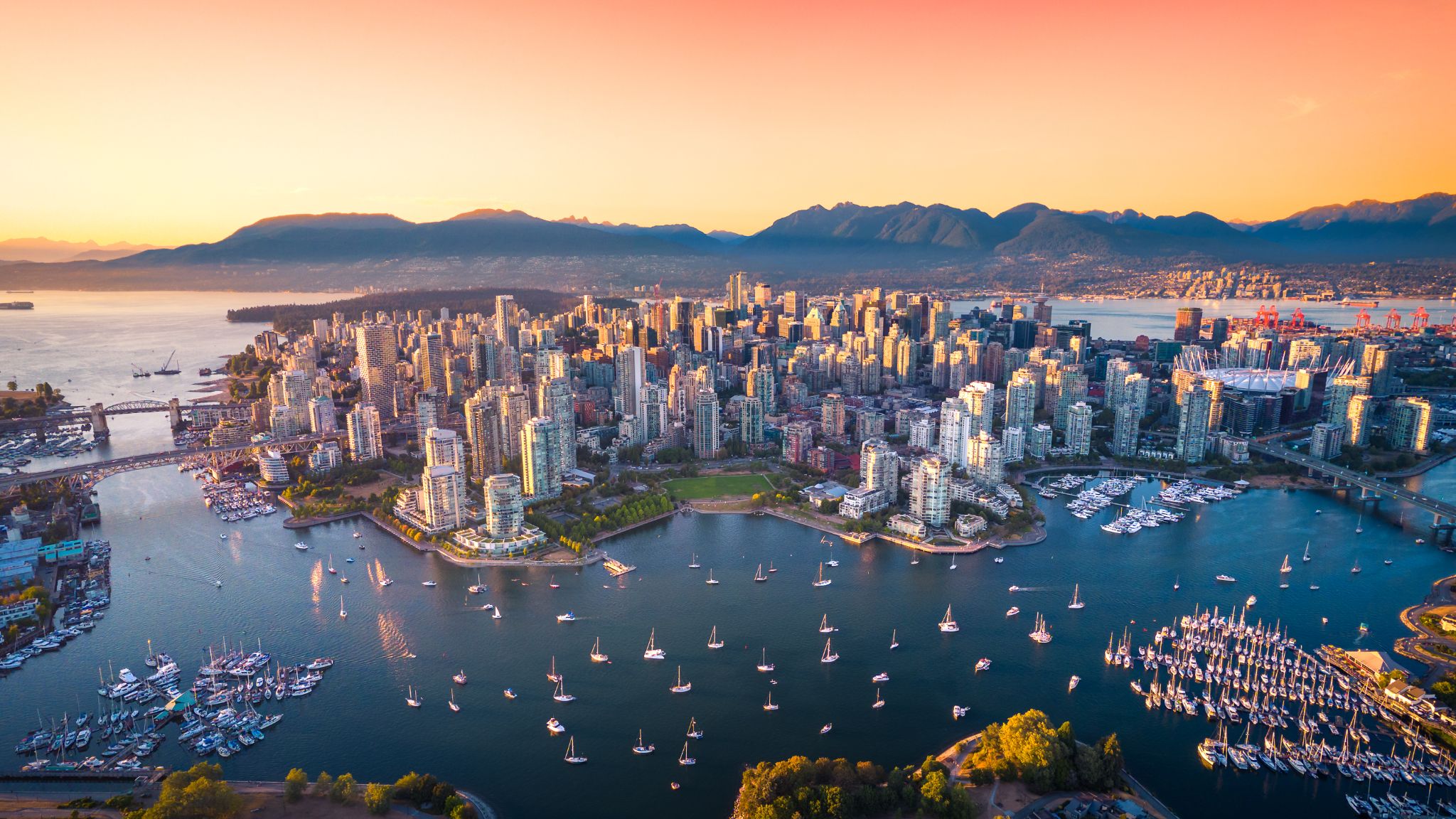 Dzień 68: 07:00-17:00
Dzień 68: 07:00-17:00Vancouver / Kanada
Vancouver is a coastal seaport city in western Canada, located in the Lower Mainland region of British Columbia. As the most populous city in the province, the 2016 census recorded 631,486 people in the city, up from 603,502 in 2011. The Greater Vancouver area had a population of 2,463,431 in 2016, making it the third-largest metropolitan area in Canada. Vancouver has the highest population density in Canada with over 5,400 people per square kilometre, which makes it the fifth-most densely populated city with over 250,000 residents in North America behind New York City, Guadalajara, San Francisco, and Mexico City according to the 2011 census. Vancouver is one of the most ethnically and linguistically diverse cities in Canada according to that census; 52% of its residents have a first language other than English.[8][9] Roughly 30% of the city's inhabitants are of Chineseheritage. Vancouver is classed as a Beta global city.
Vancouver is consistently named as one of the top five worldwide cities for livability and quality of life, and the Economist Intelligence Unit acknowledged it as the first city ranked among the top-ten of the world's most well-living cities for five consecutive years. Vancouver has hosted many international conferences and events, including the 1954 British Empire and Commonwealth Games, UN Habitat I, Expo 86, the World Police and Fire Games in 1989 and 2009; and the 2010 Winter Olympics and Paralympics which were held in Vancouver and Whistler, a resort community 125 km (78 mi) north of the city. In 2014, following thirty years in California, the TED conference made Vancouver its indefinite home. Several matches of the 2015 FIFA Women's World Cup were played in Vancouver, including the final at BC Place.

